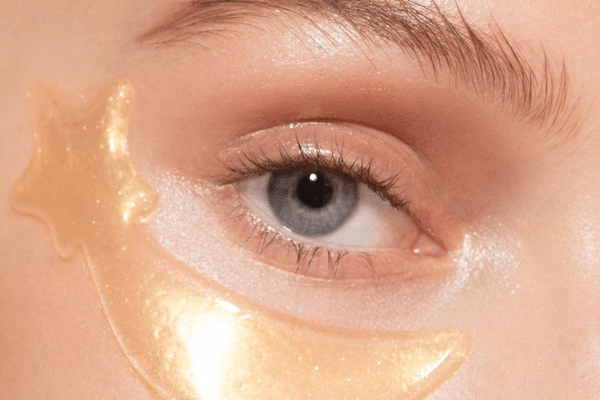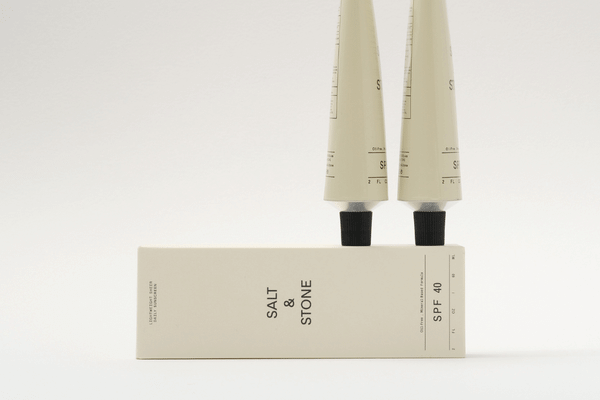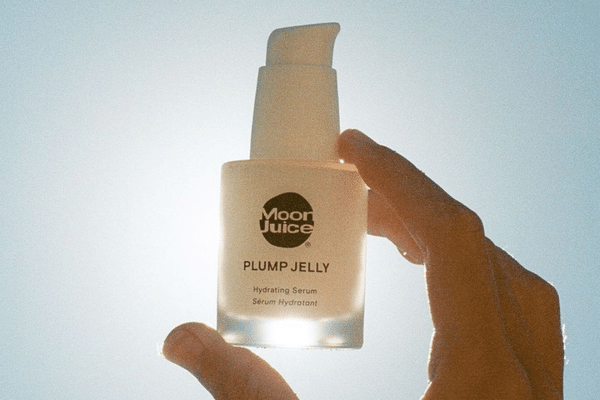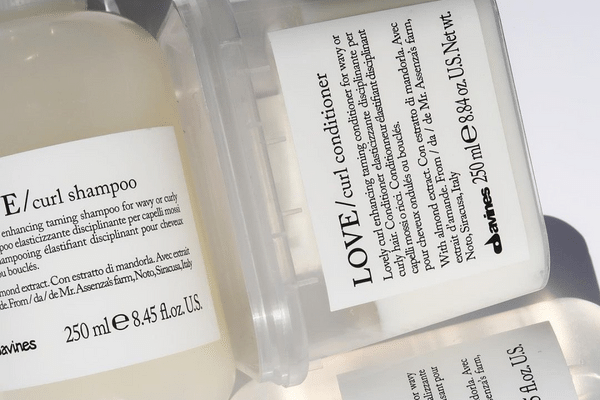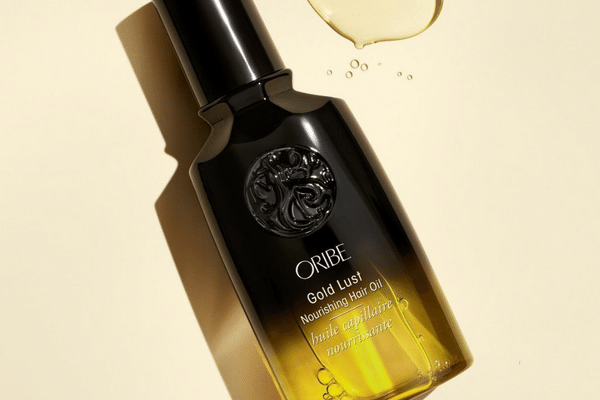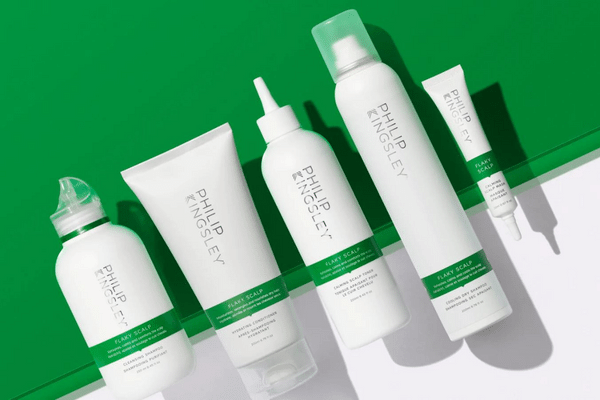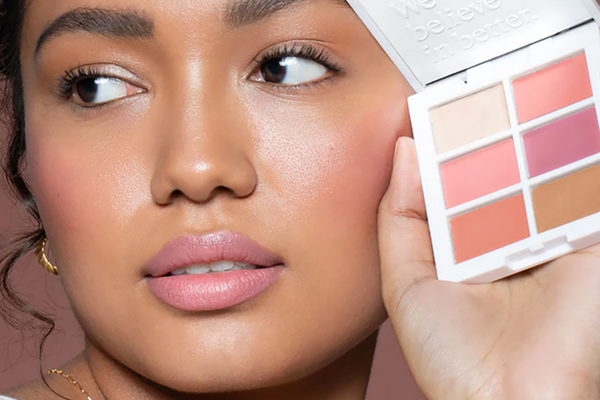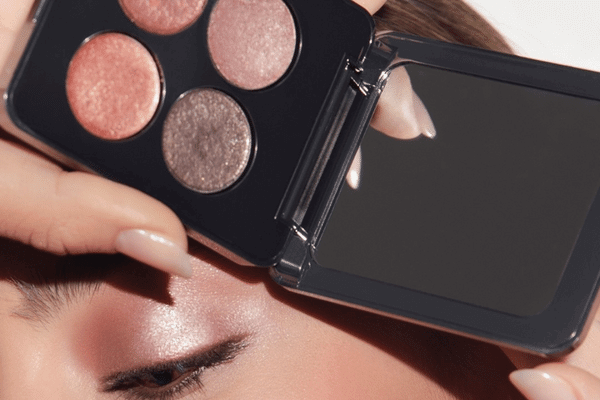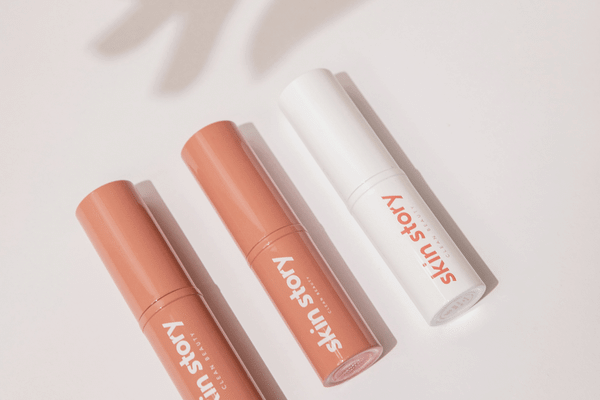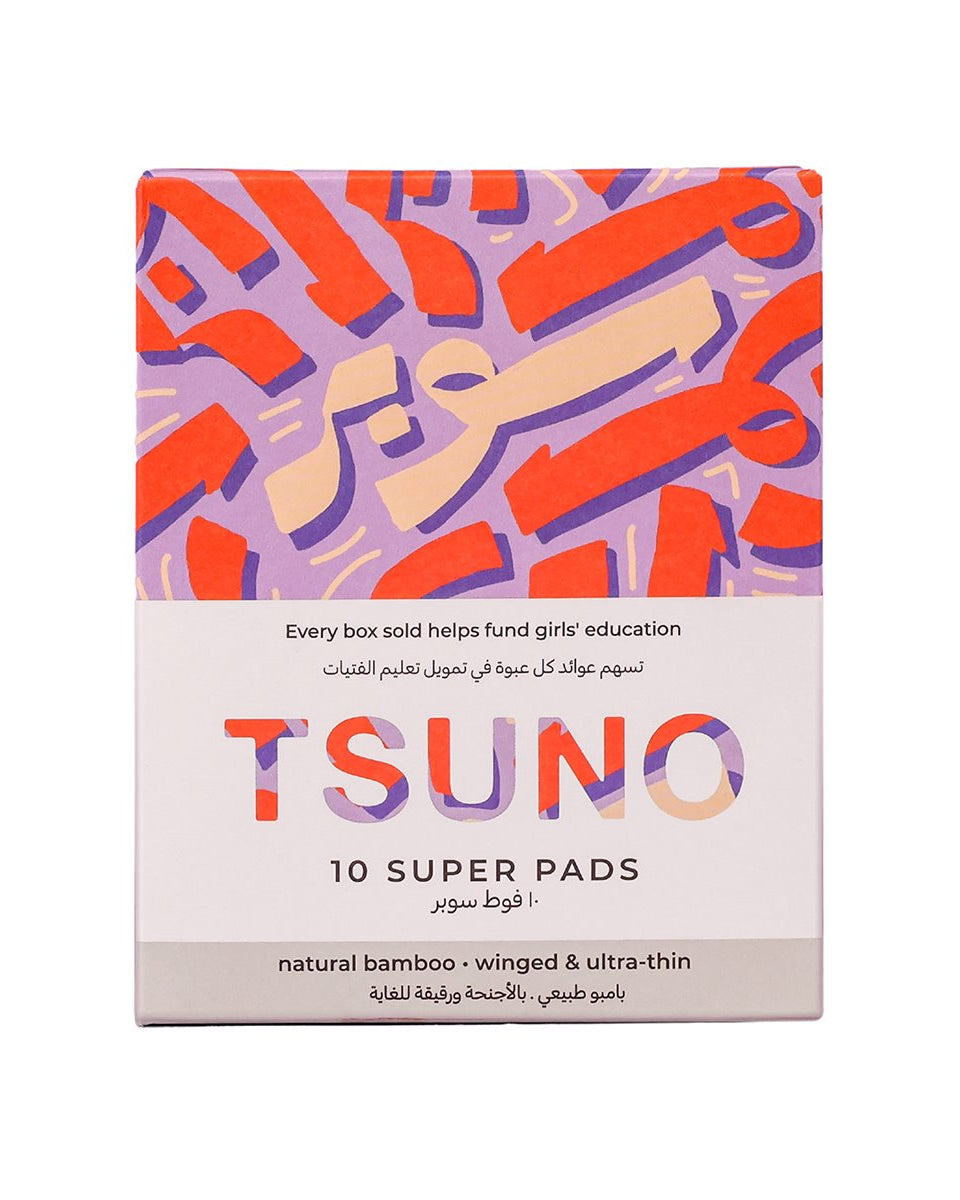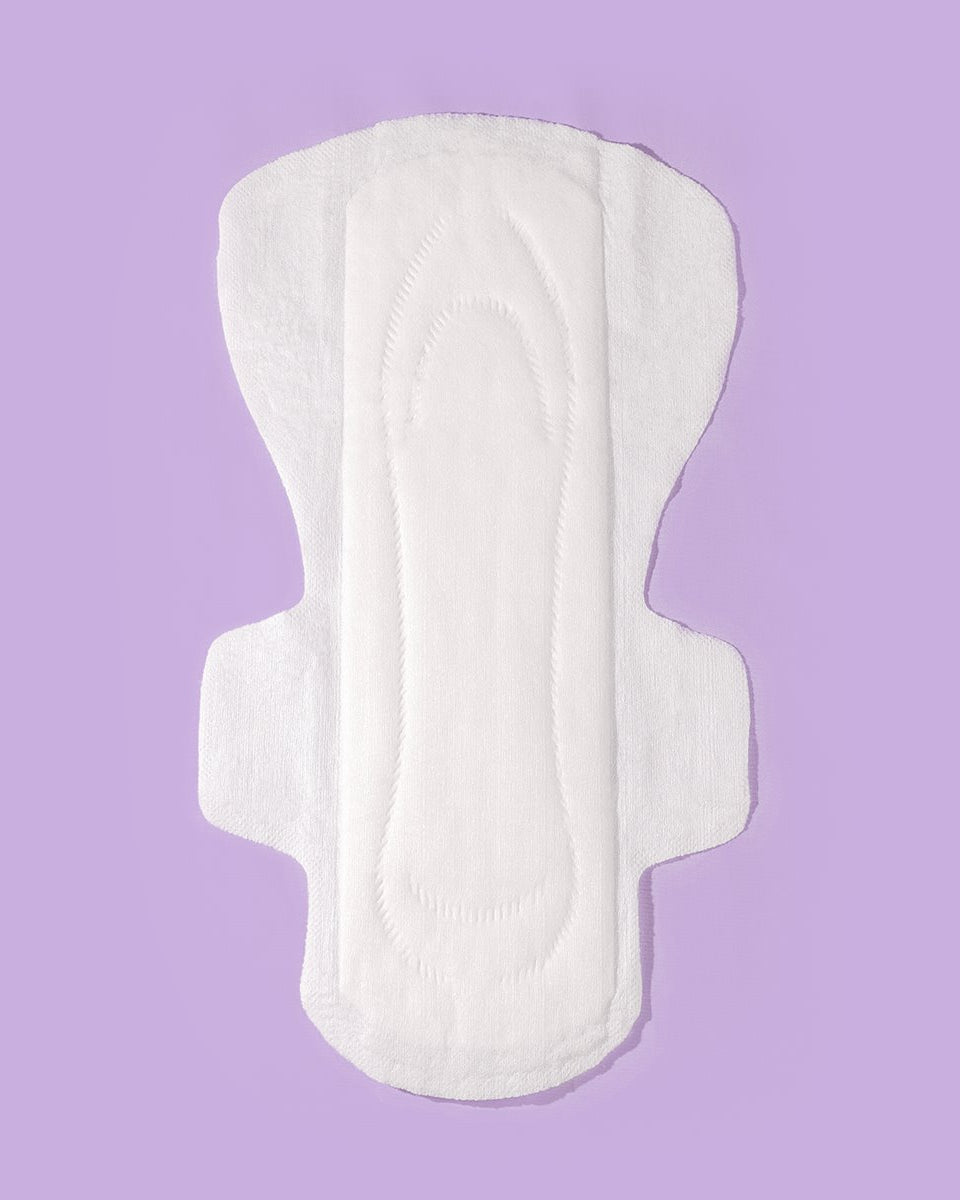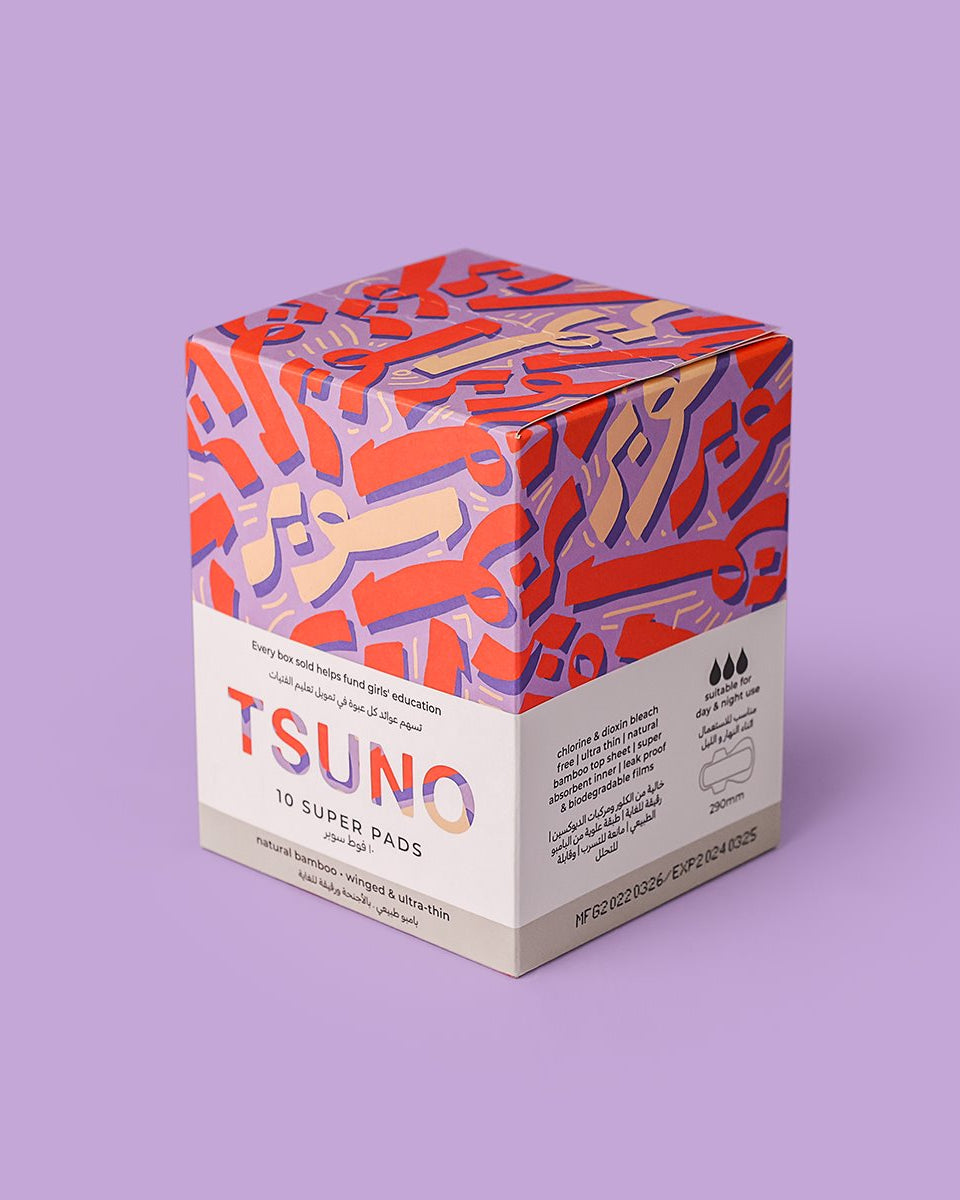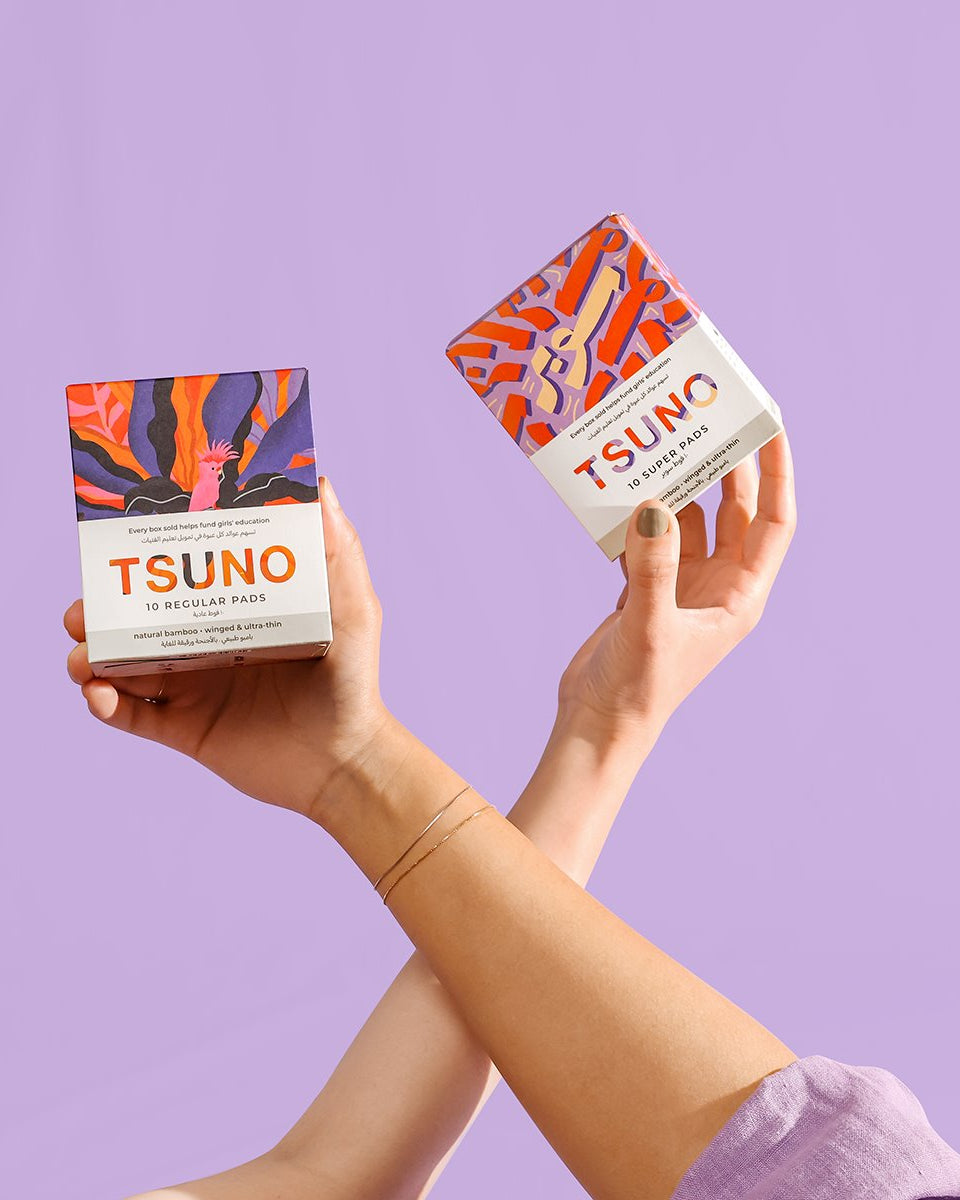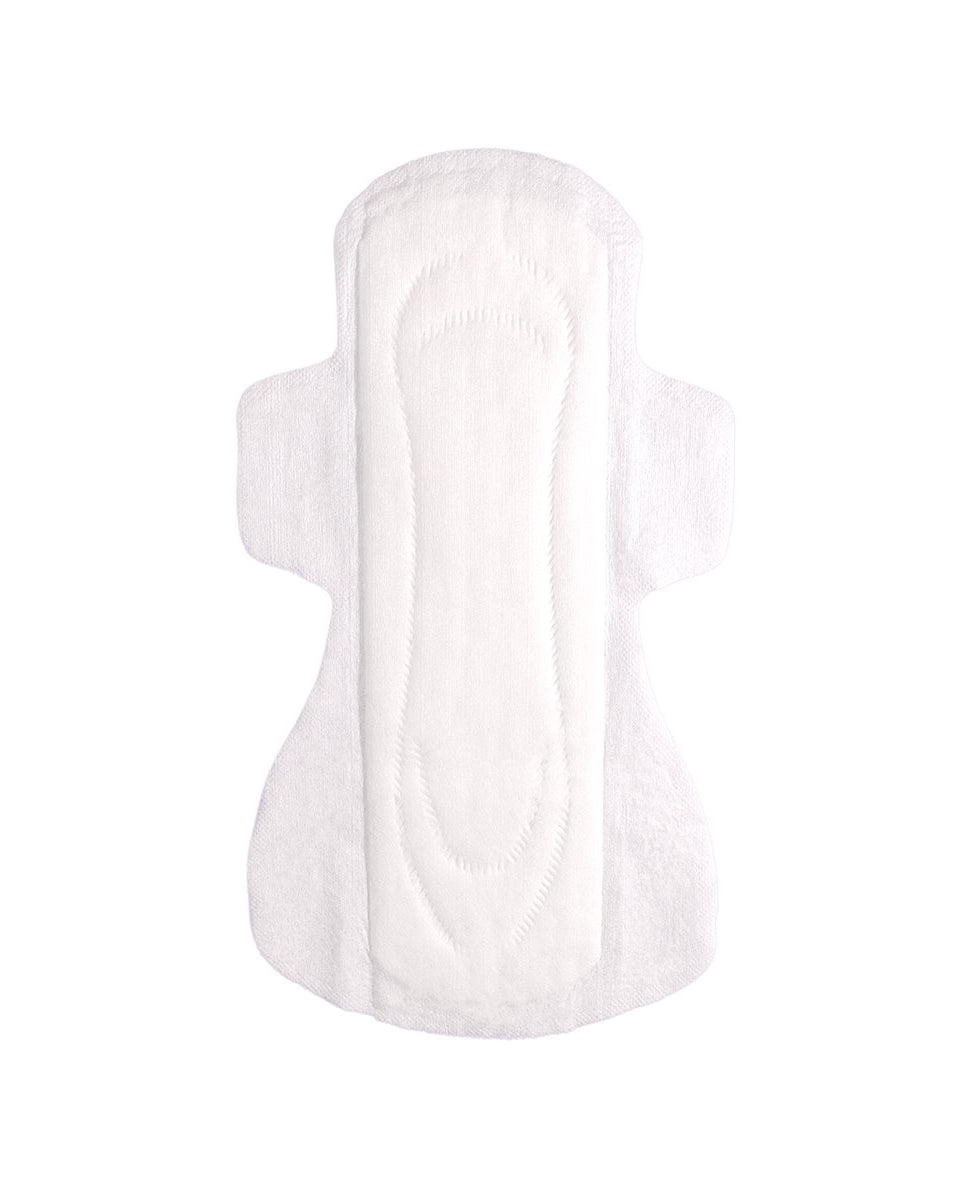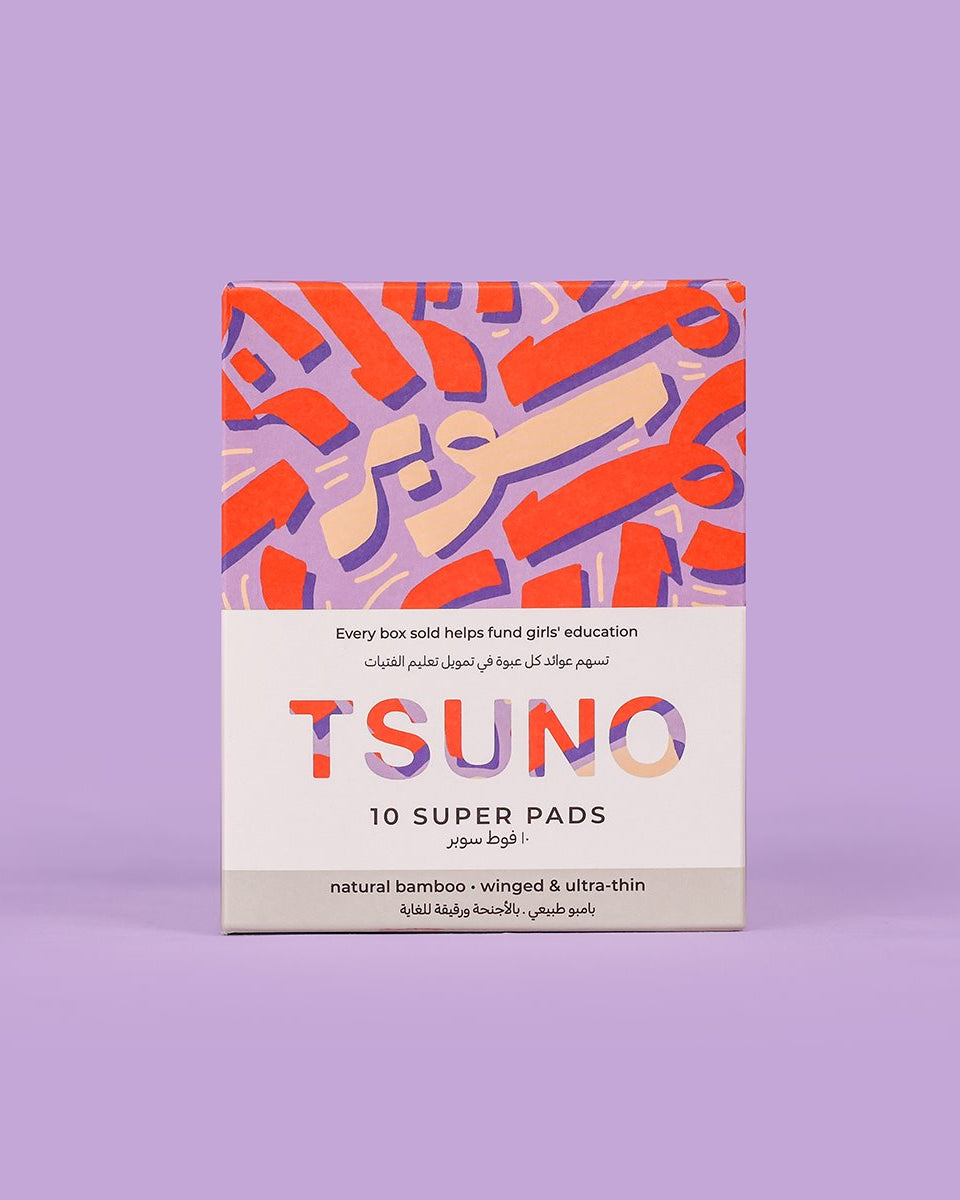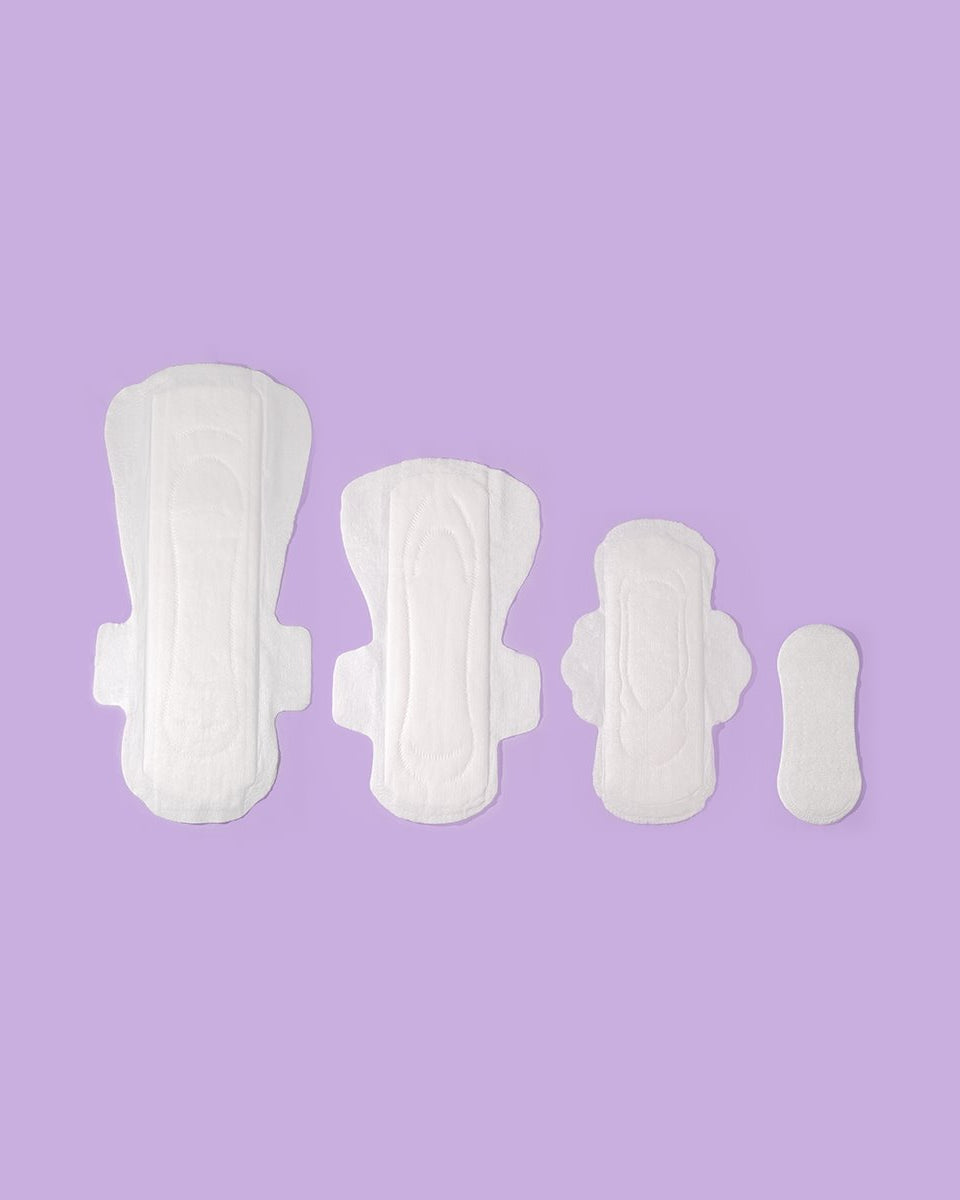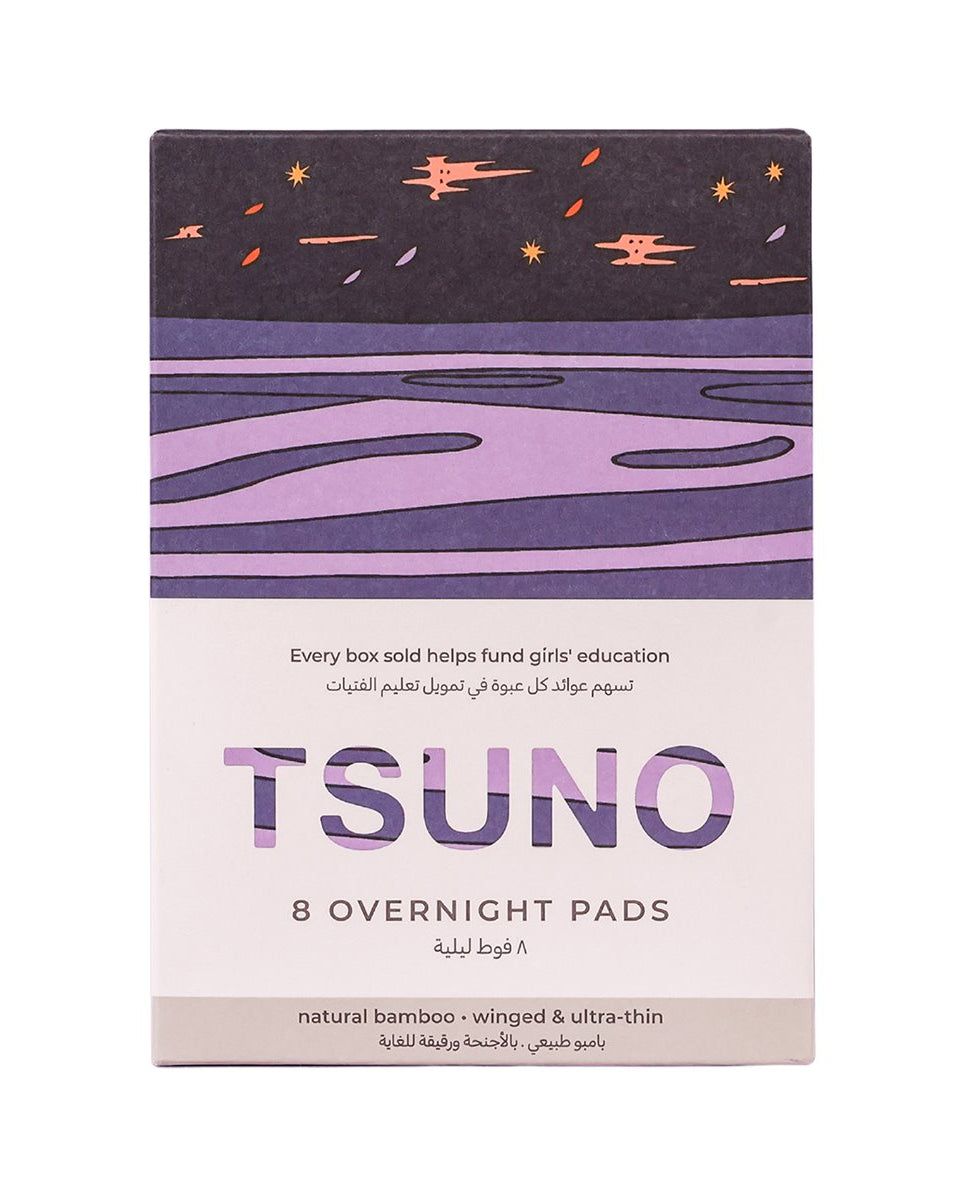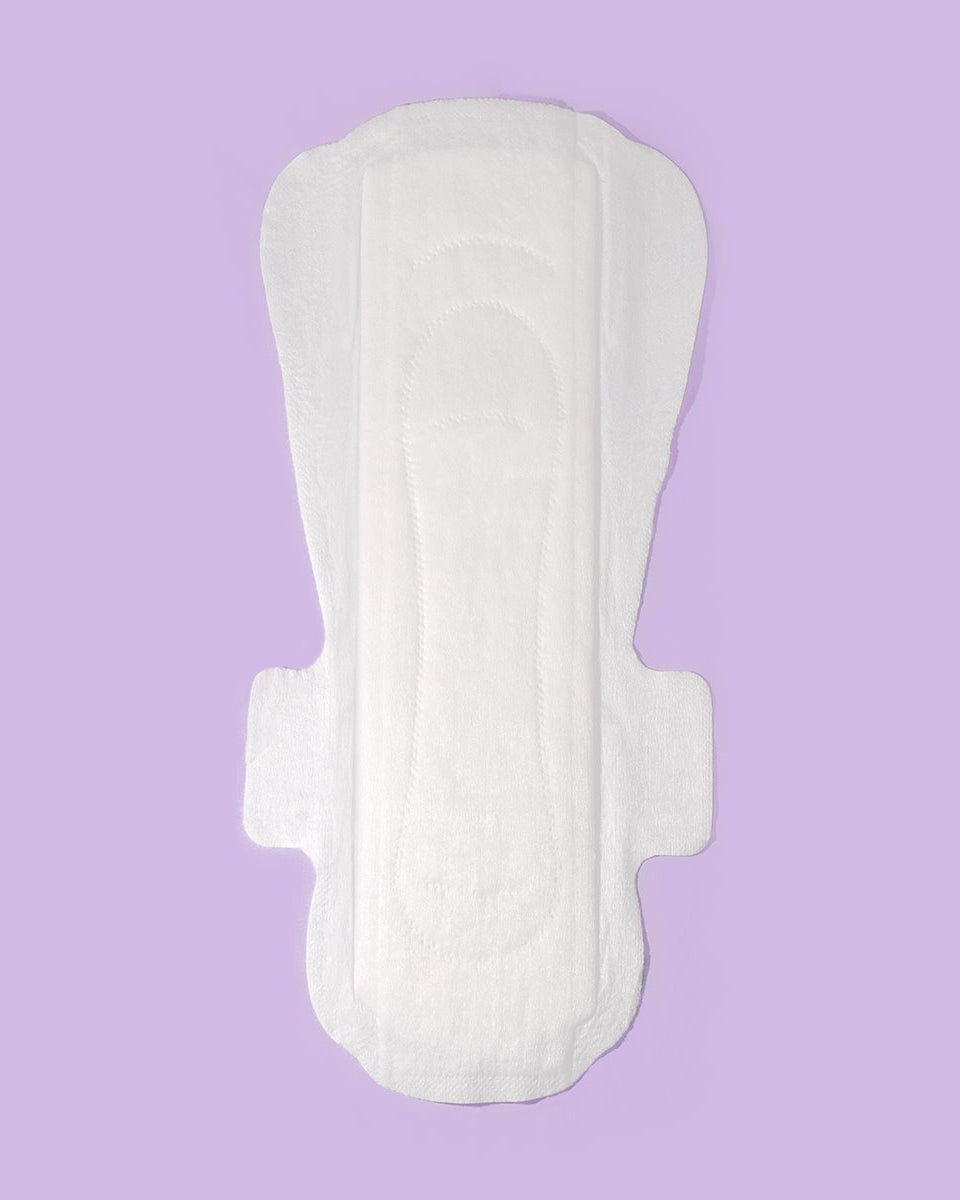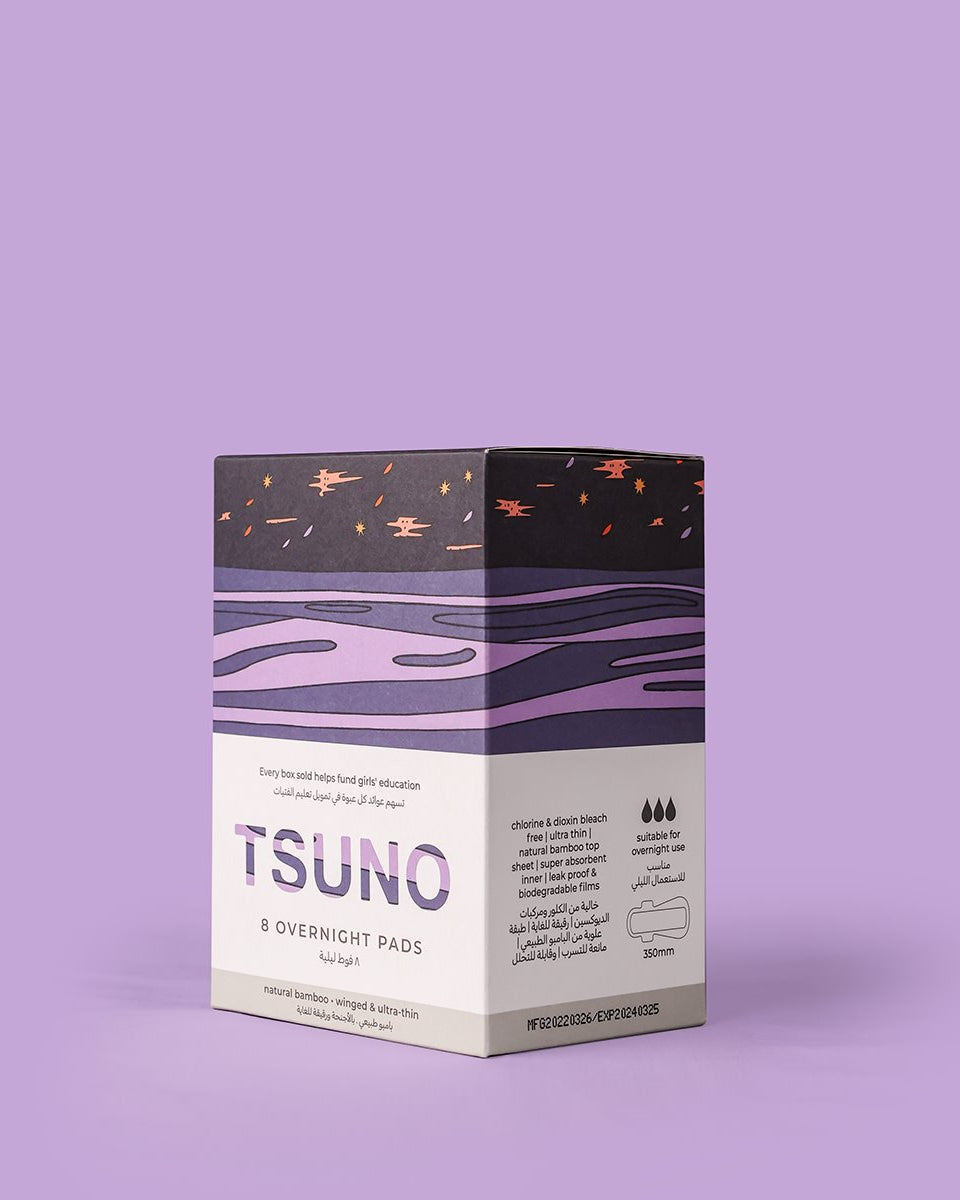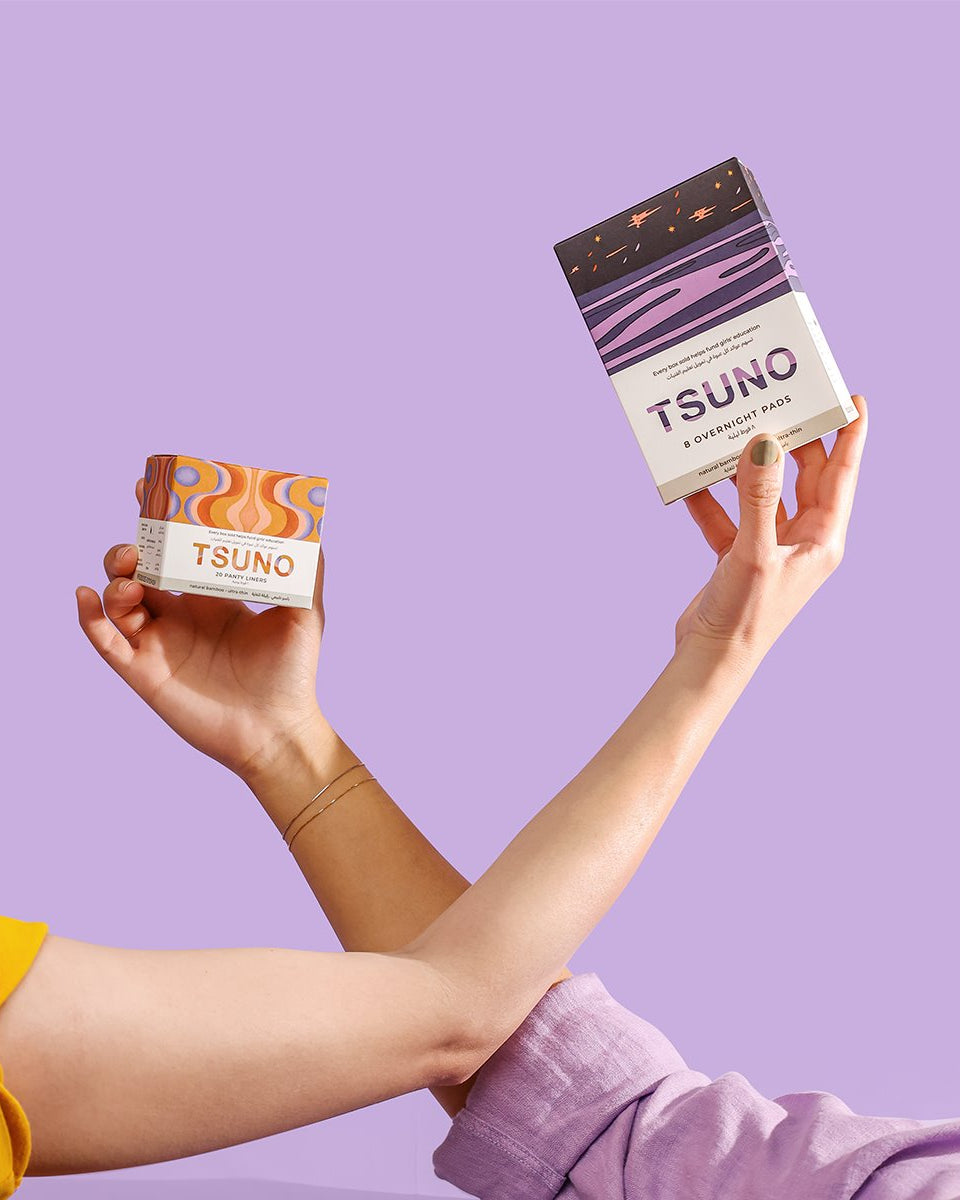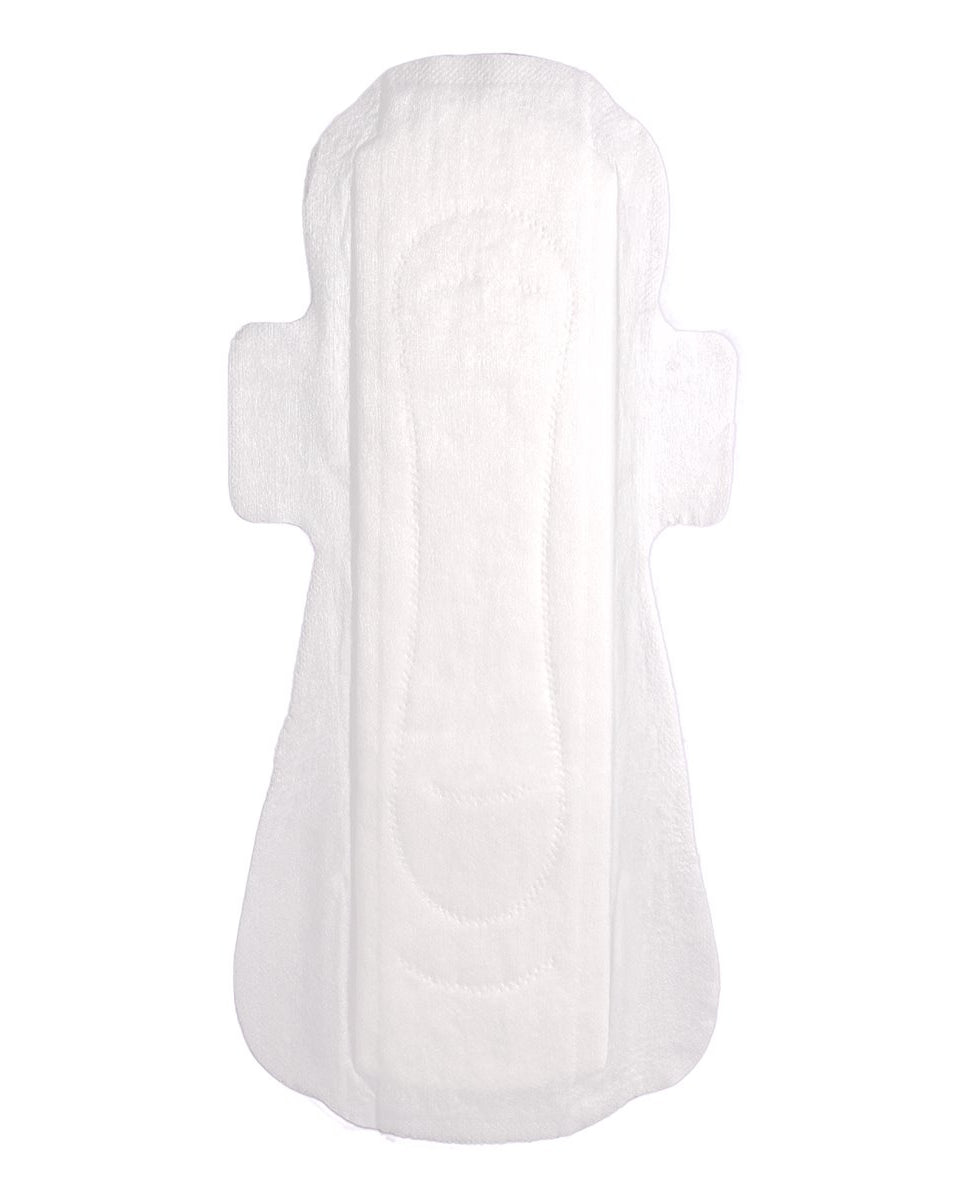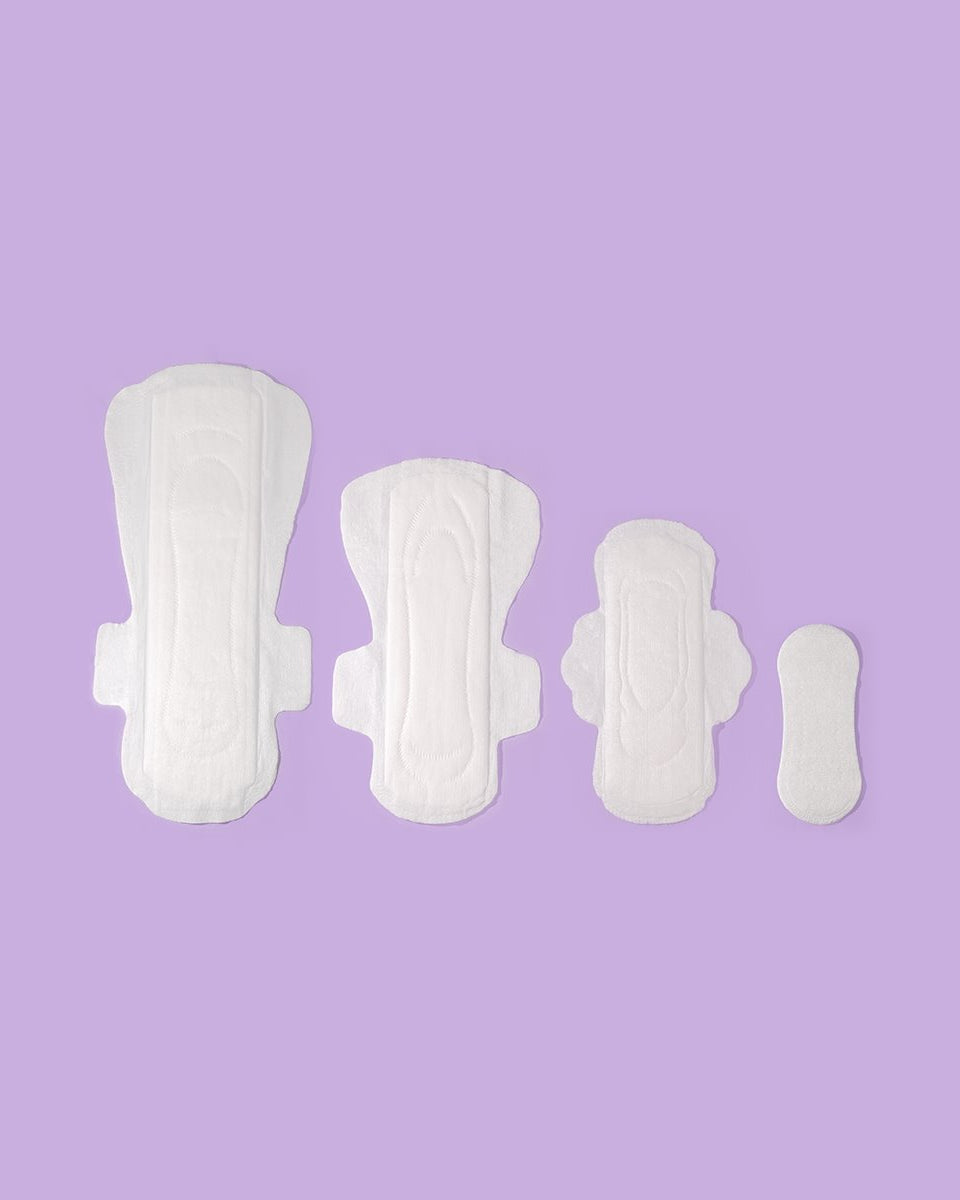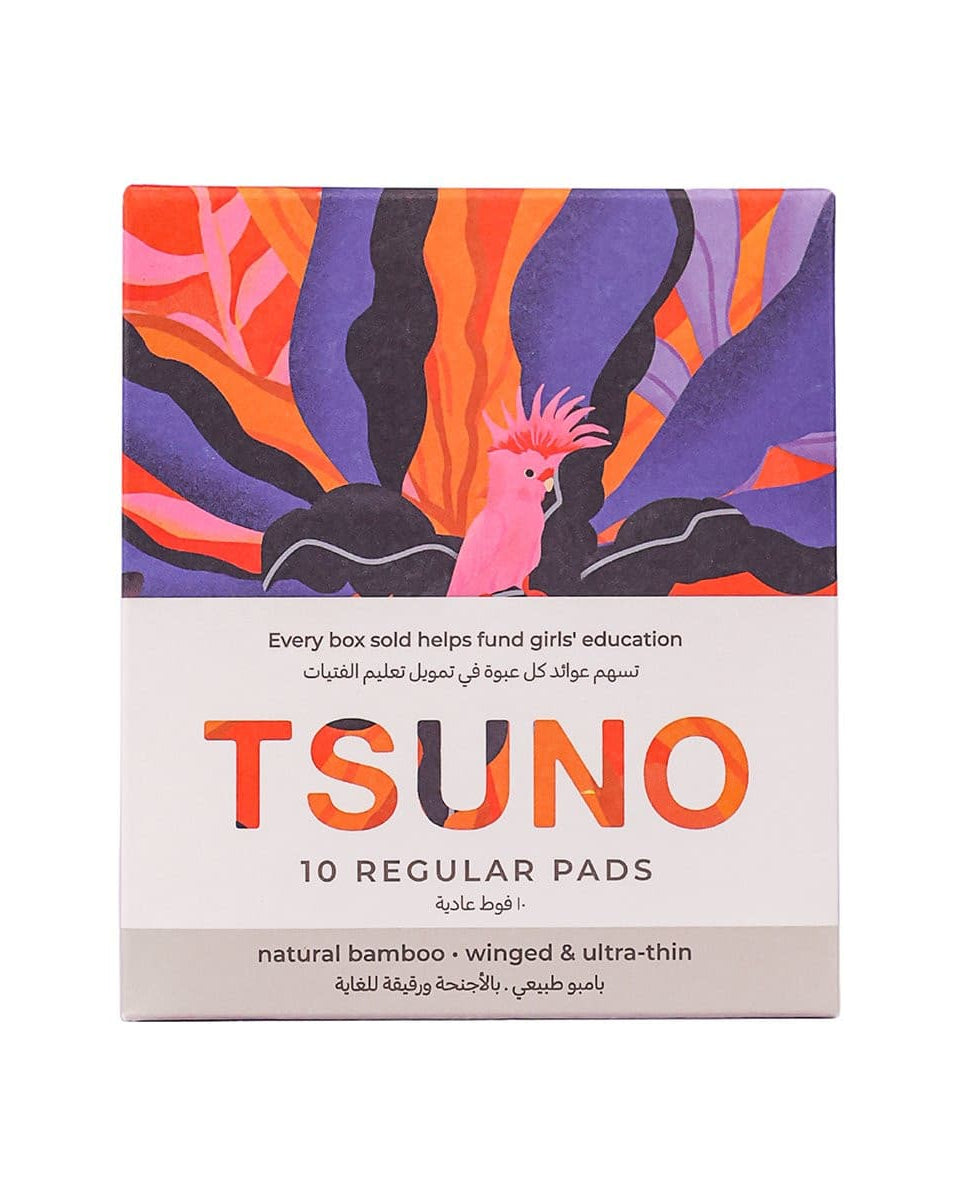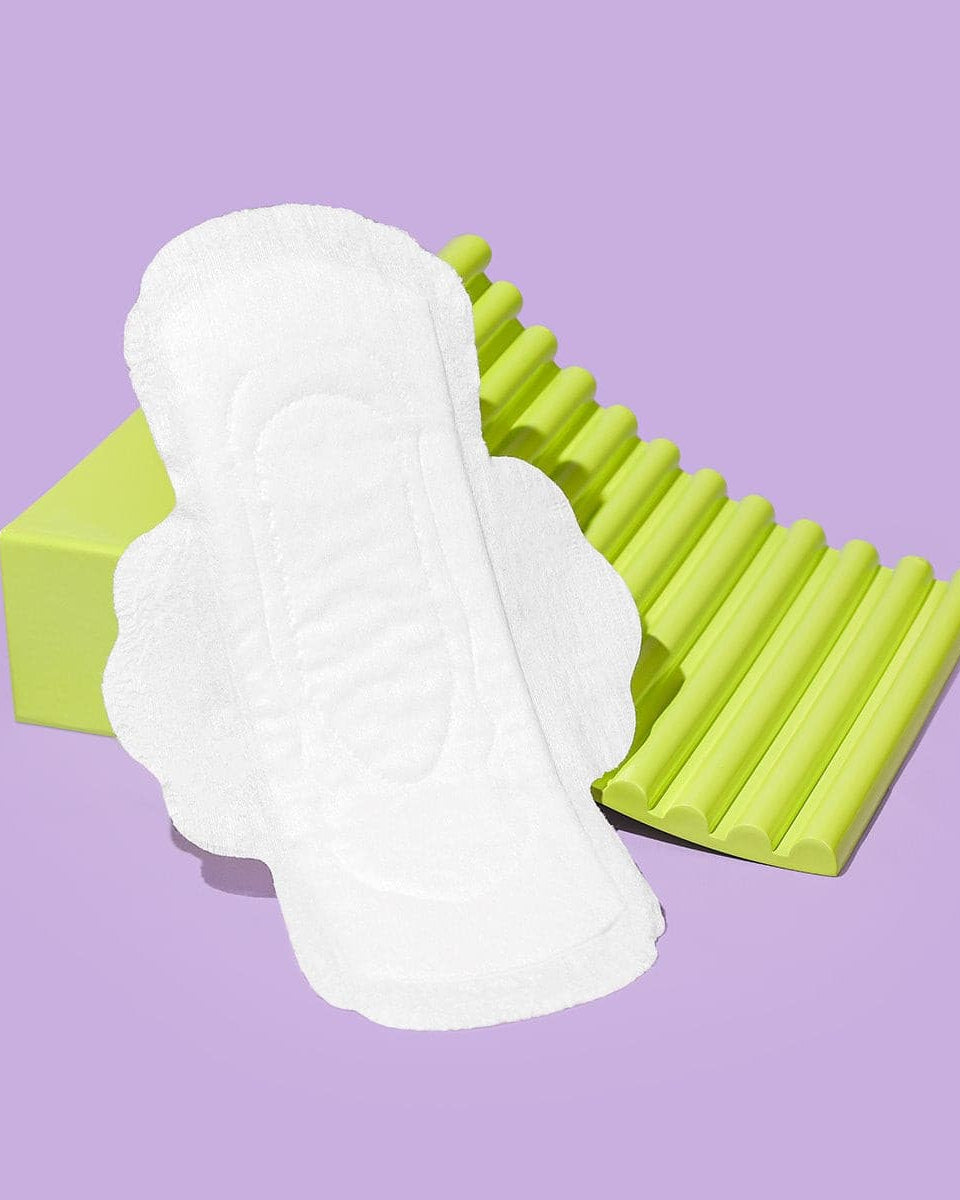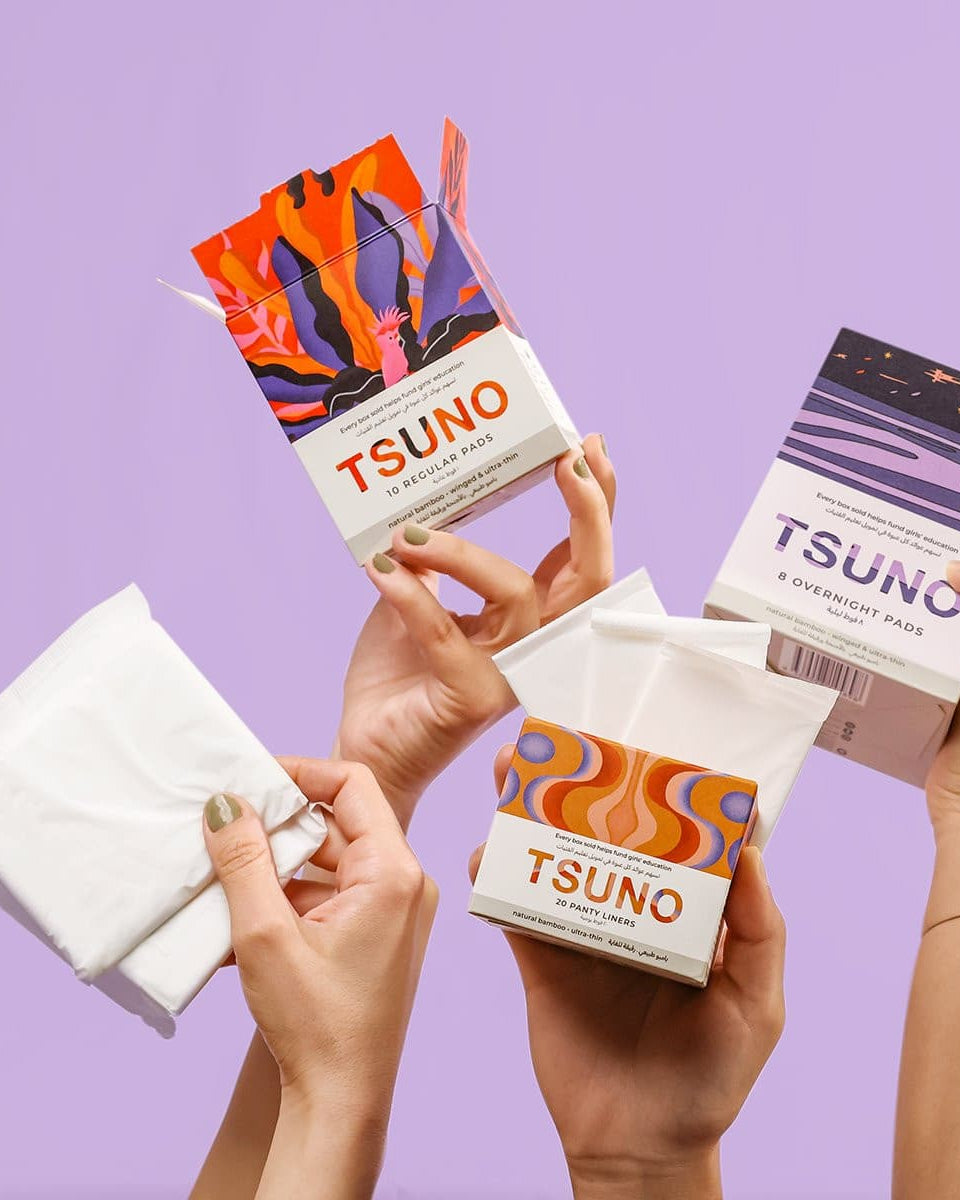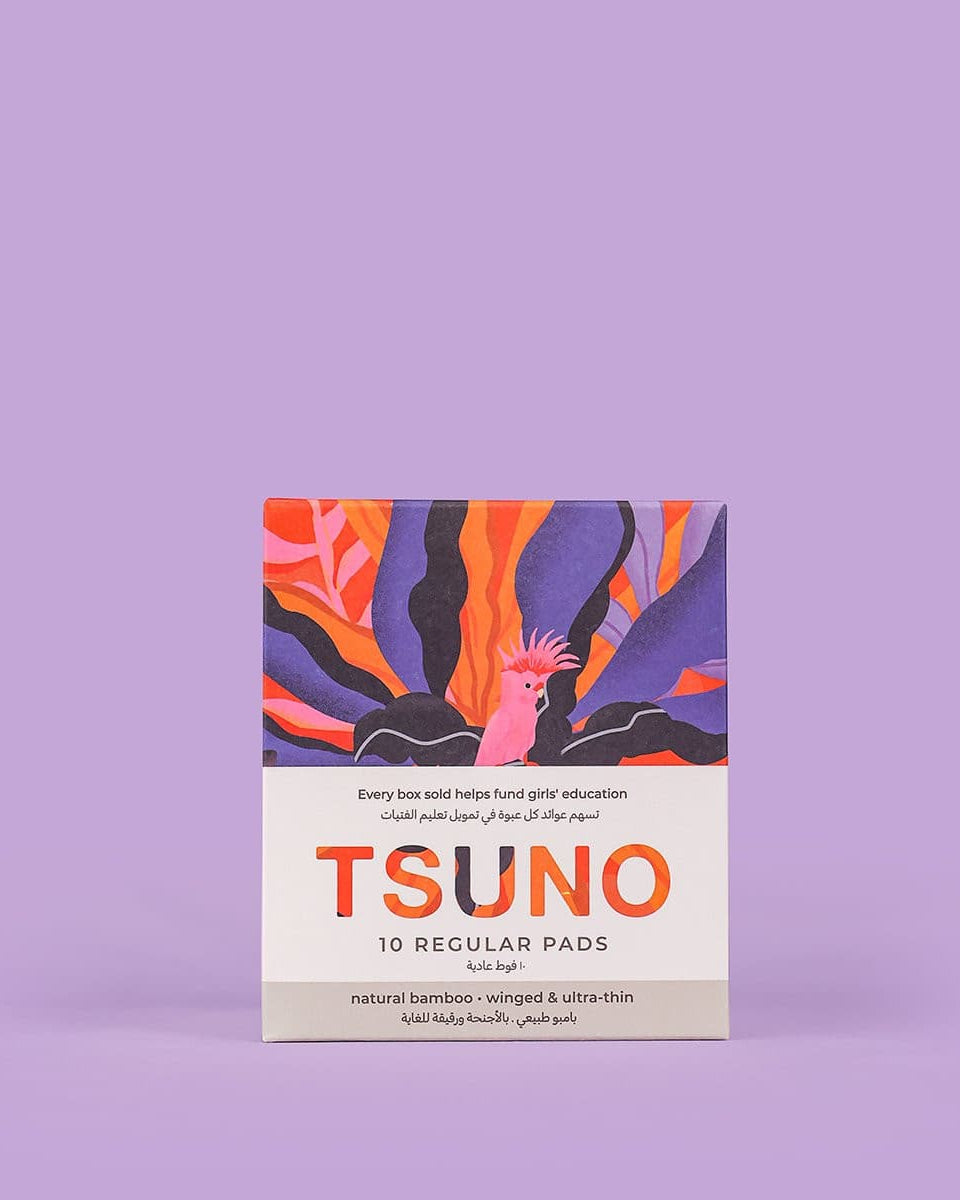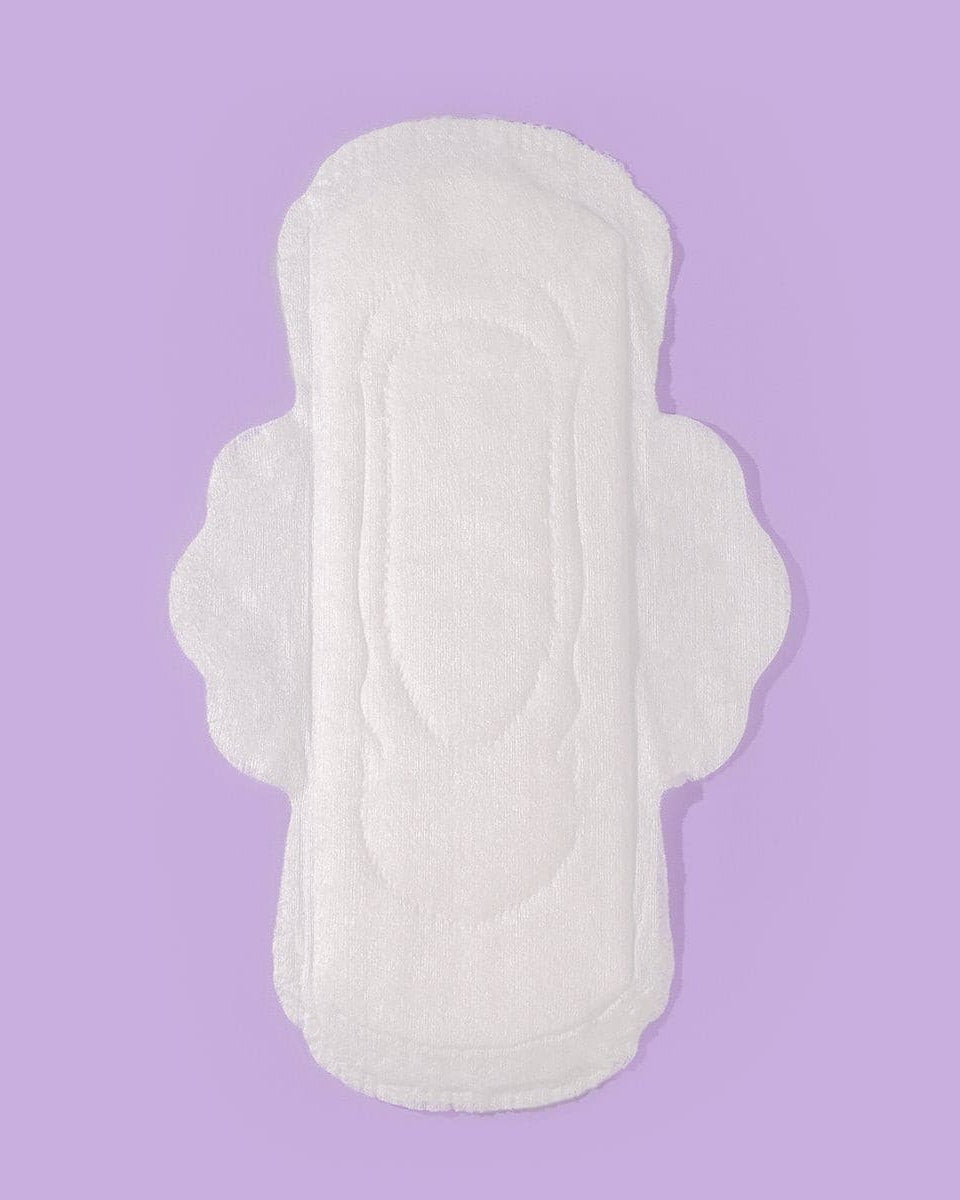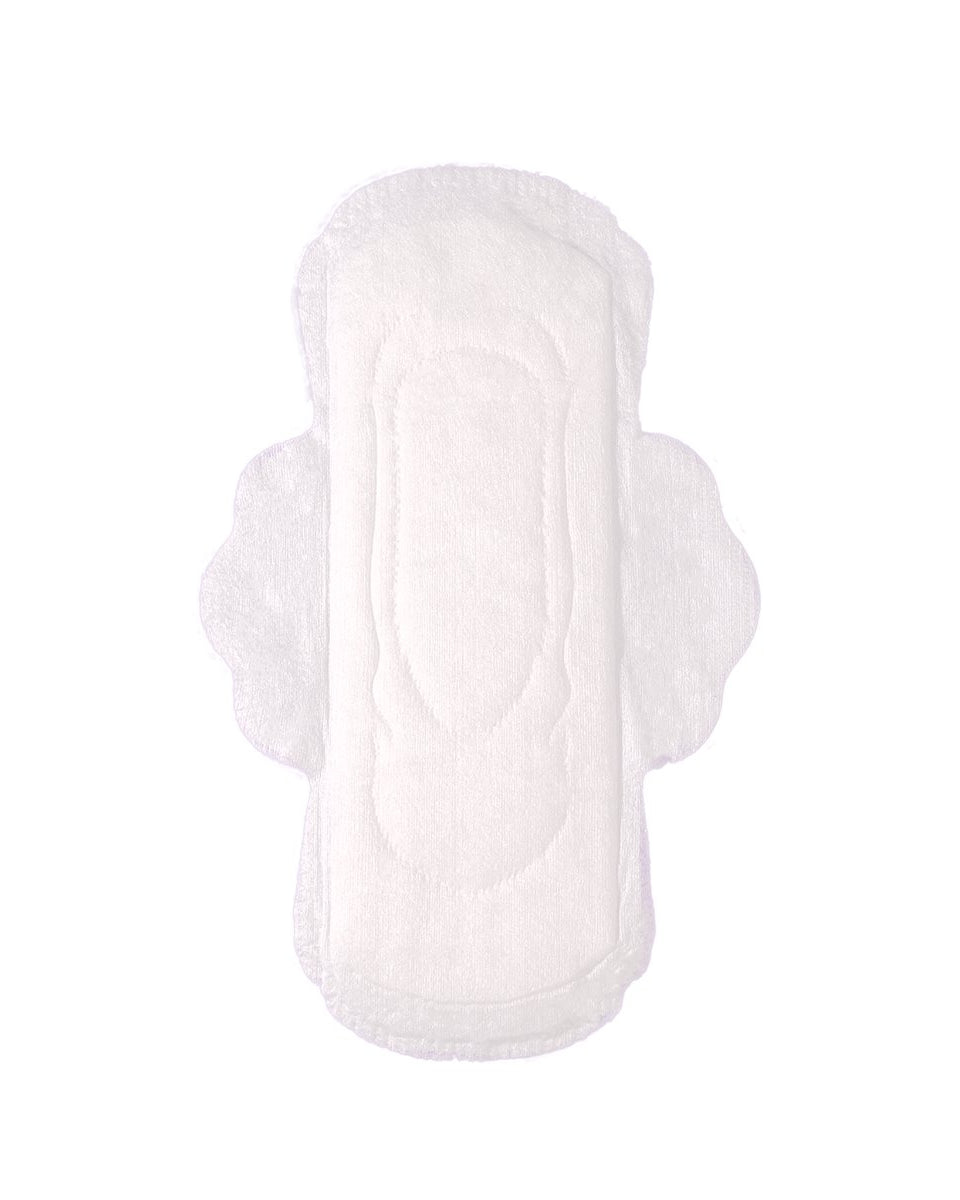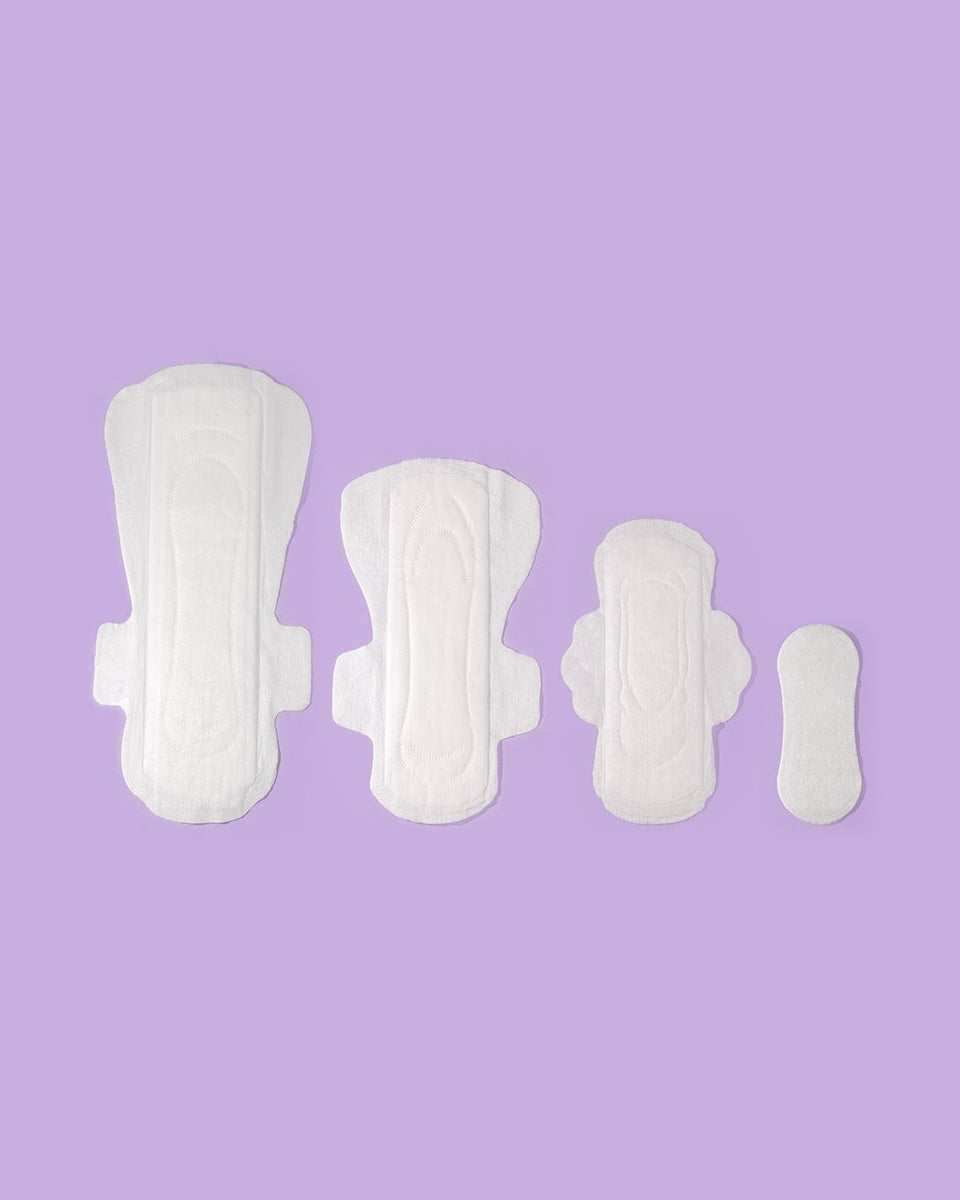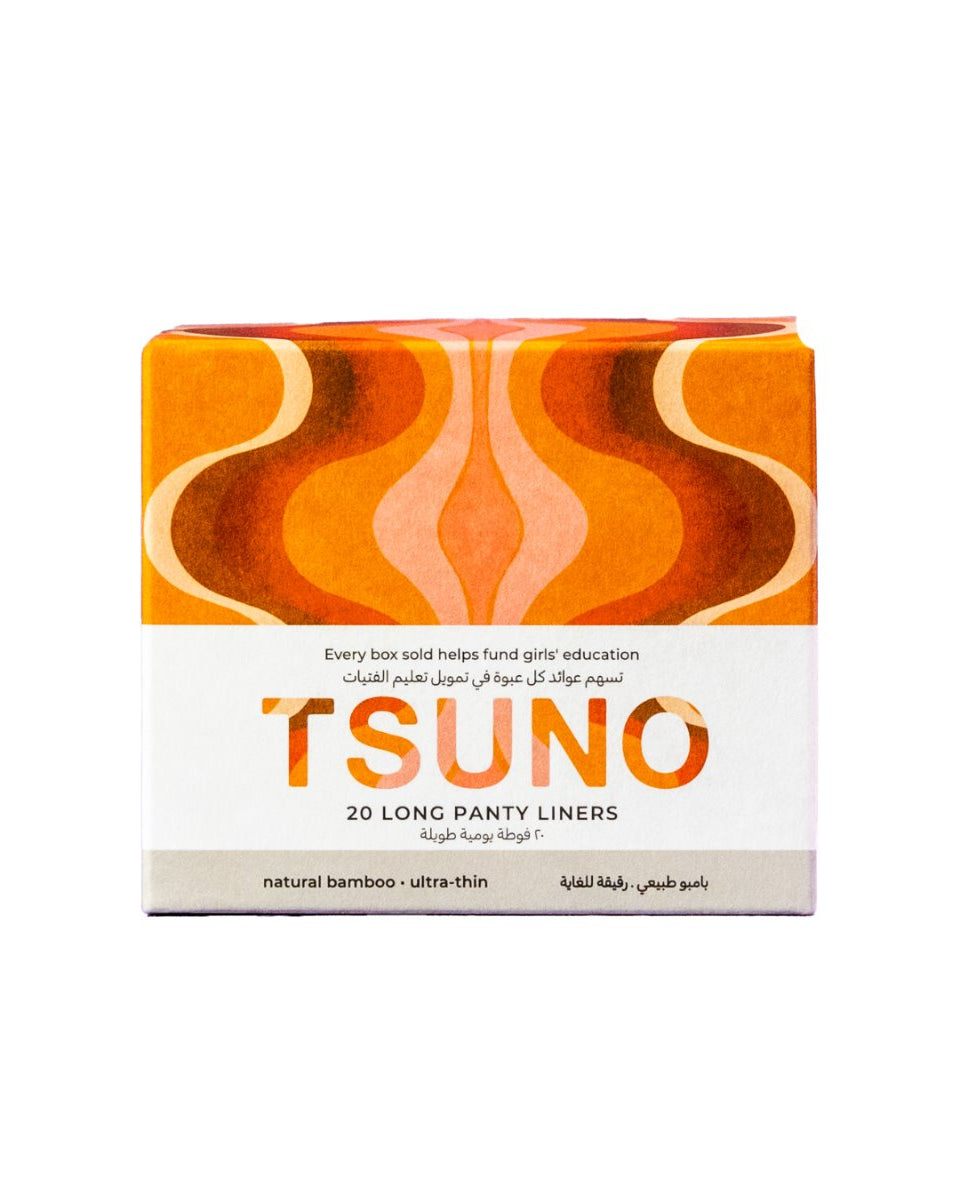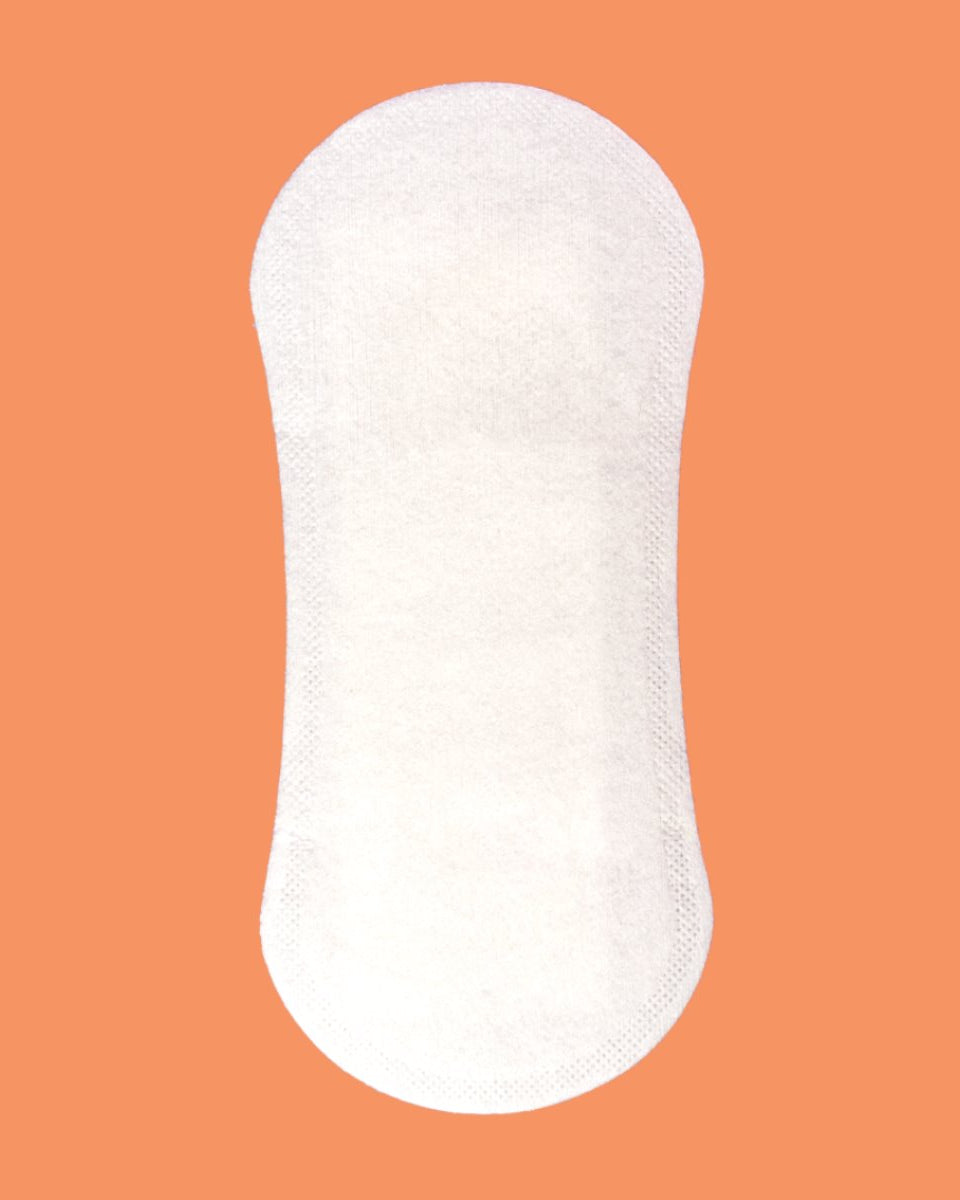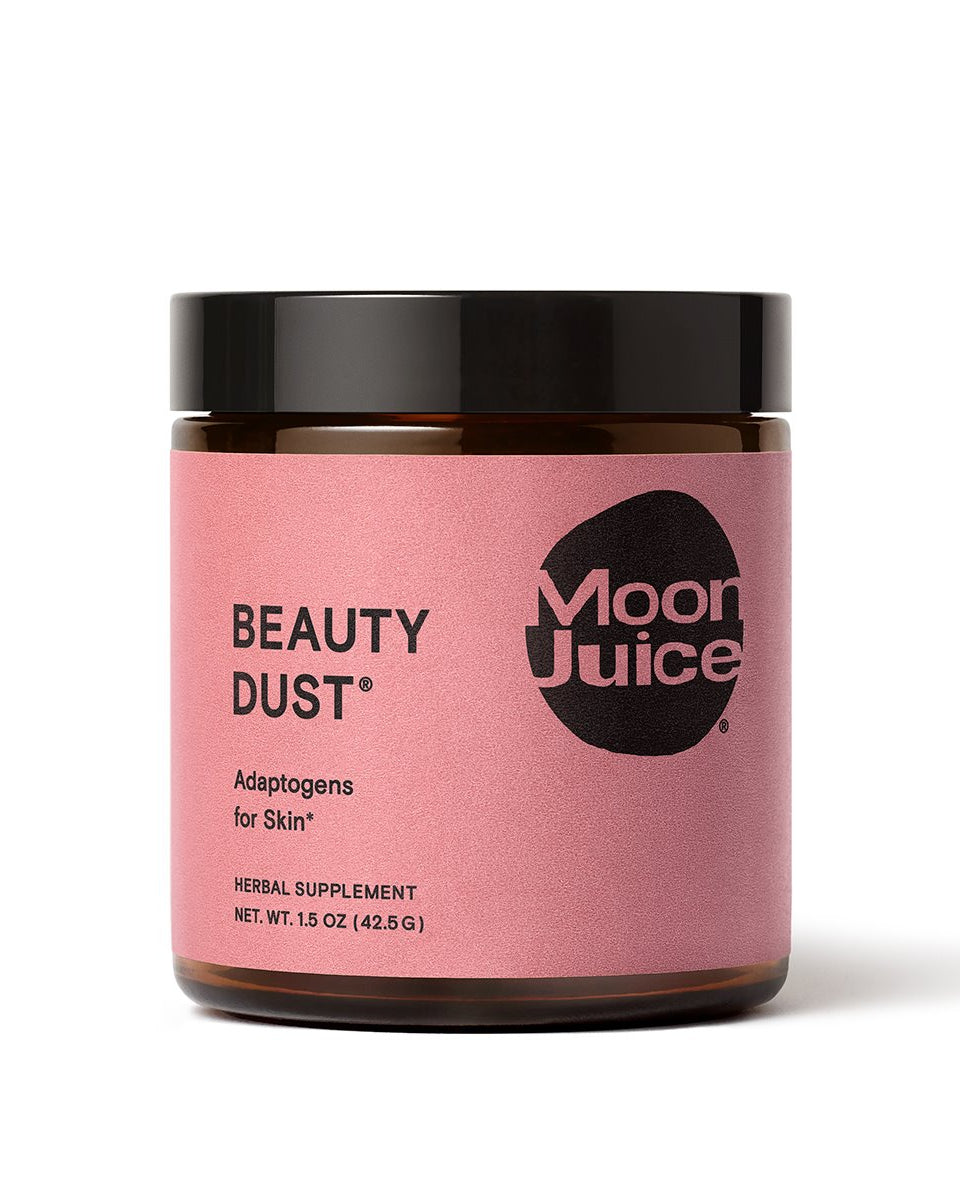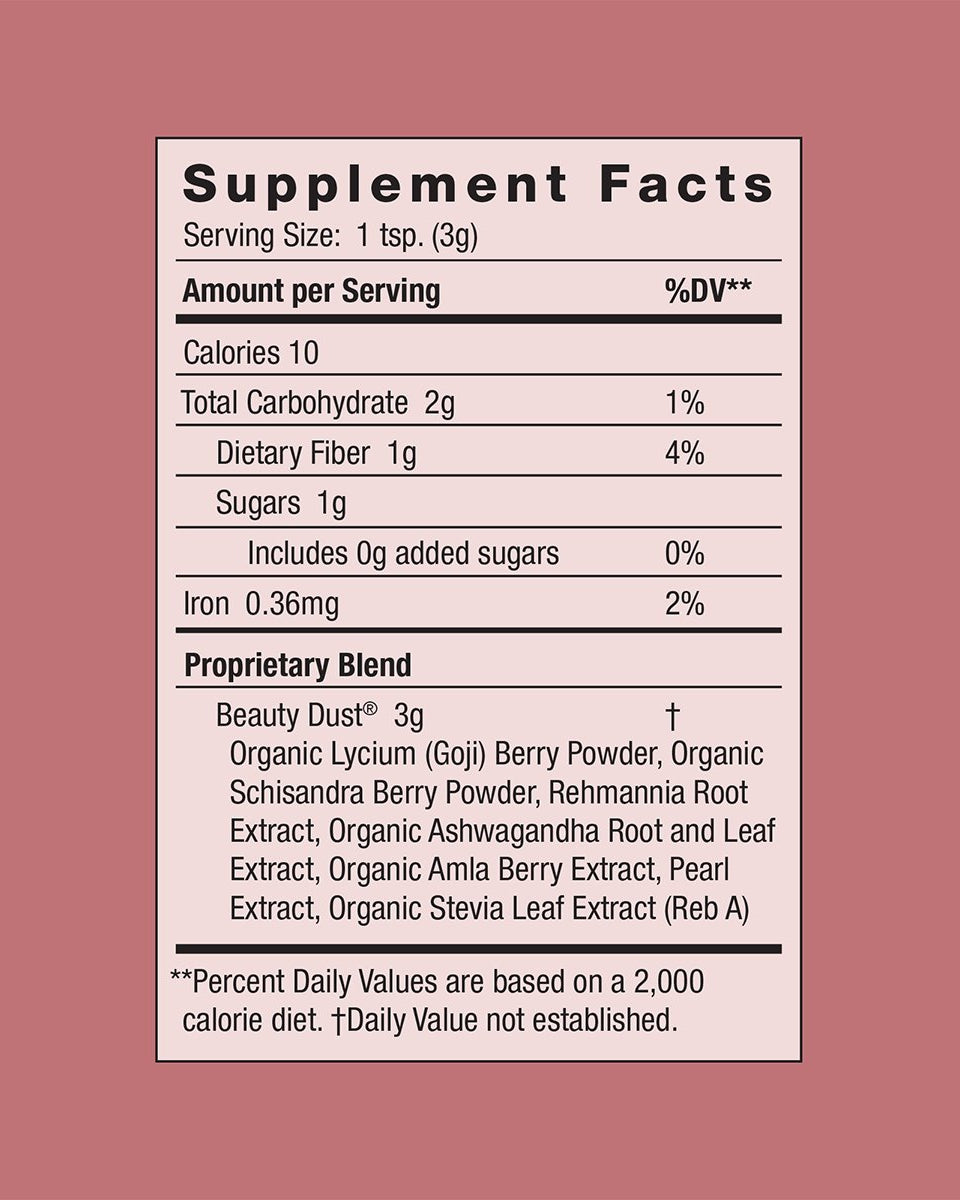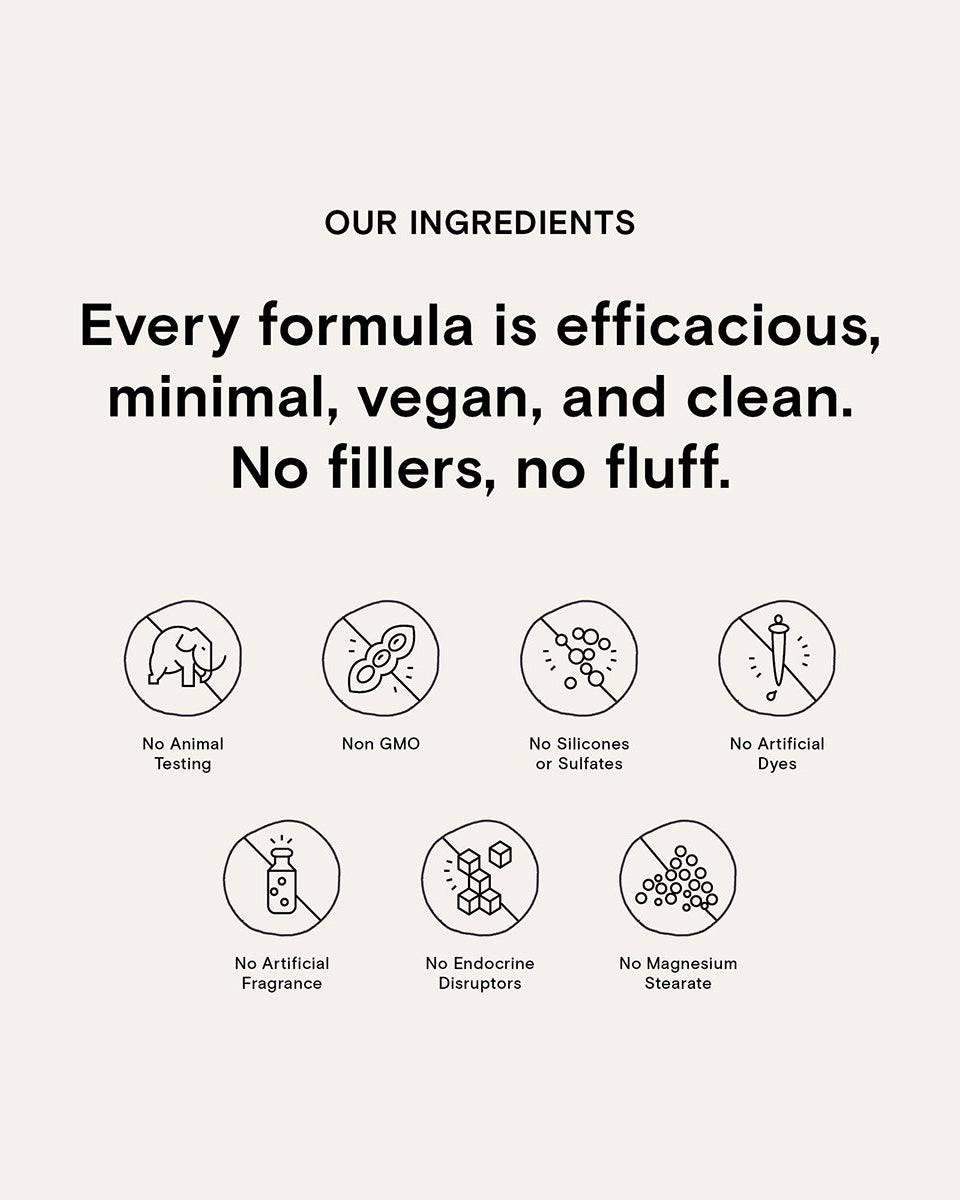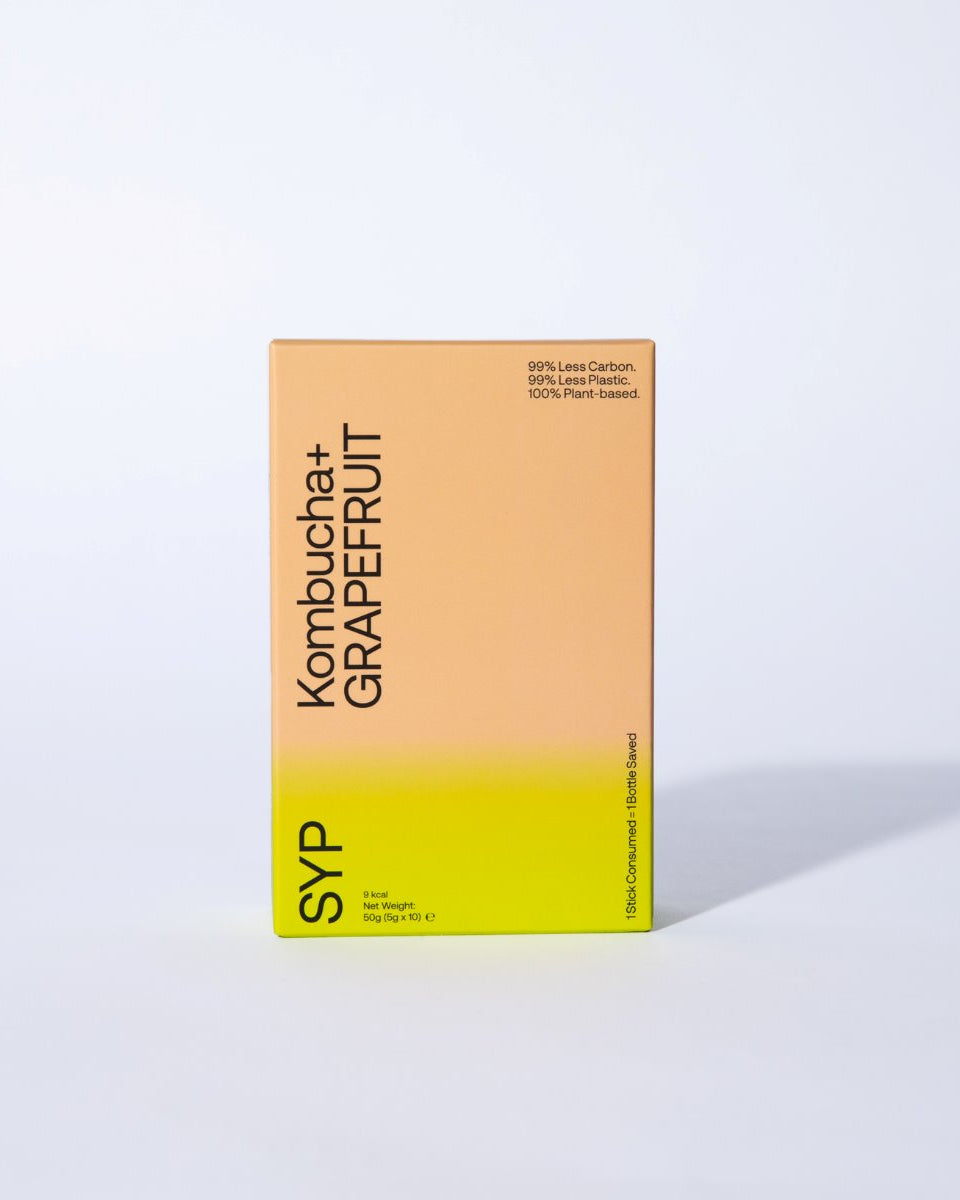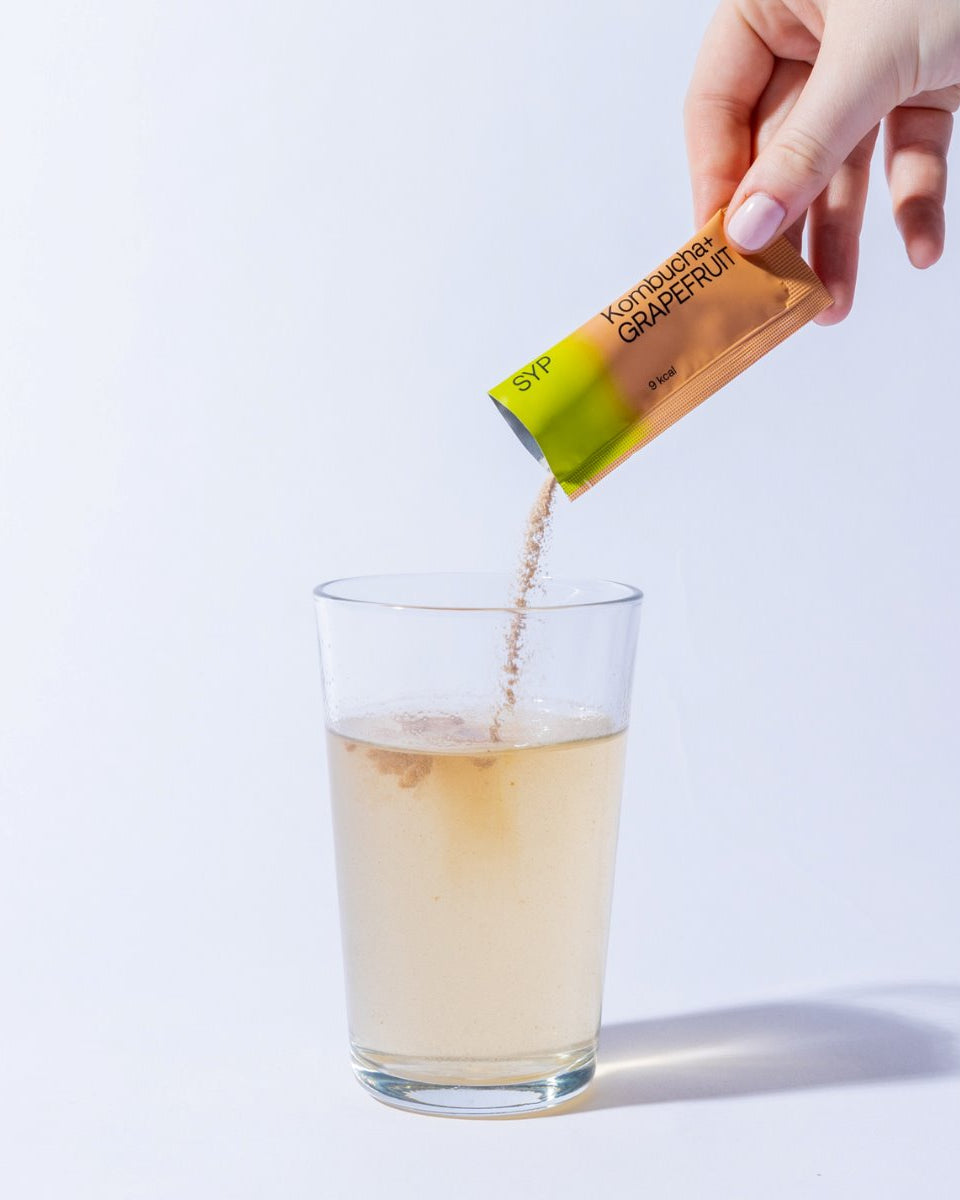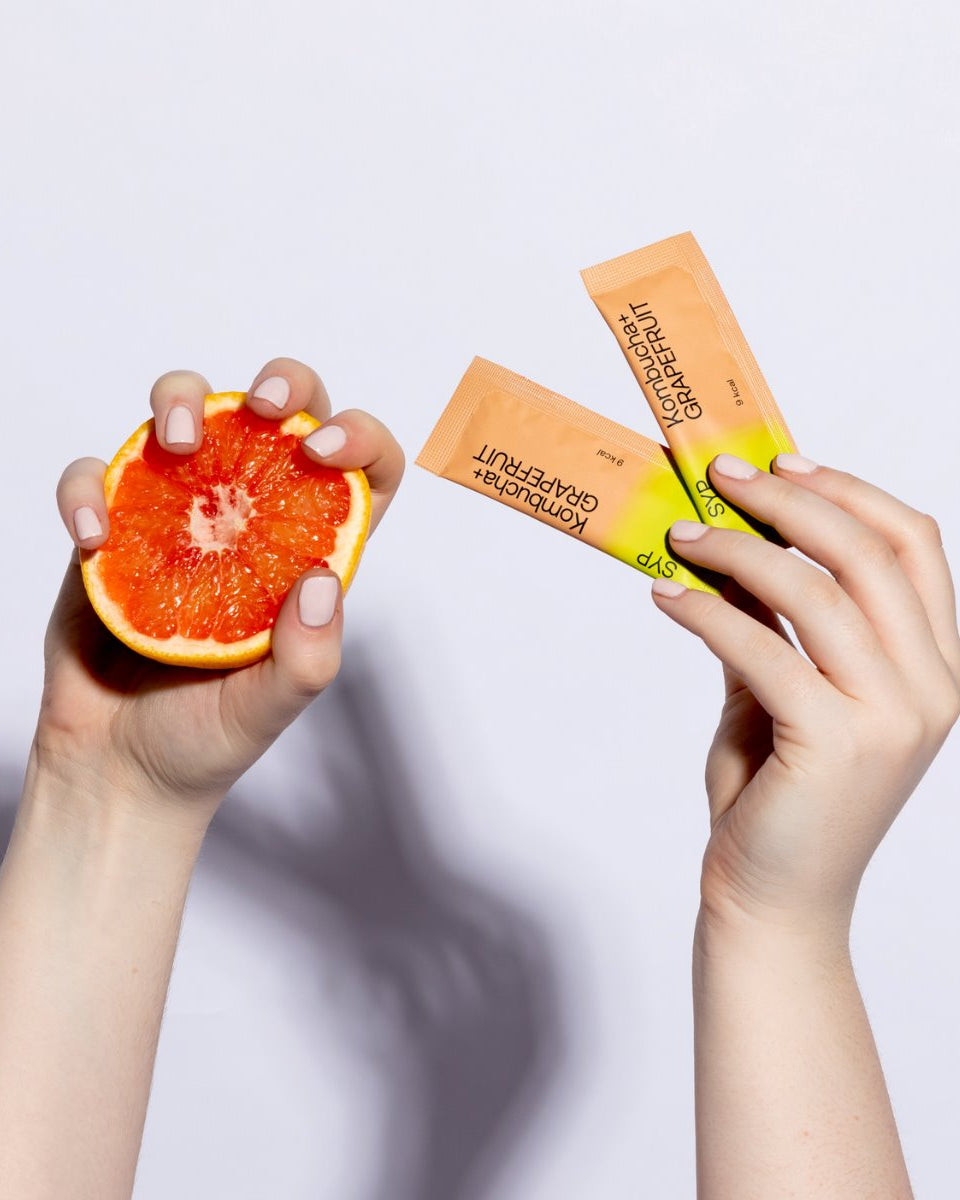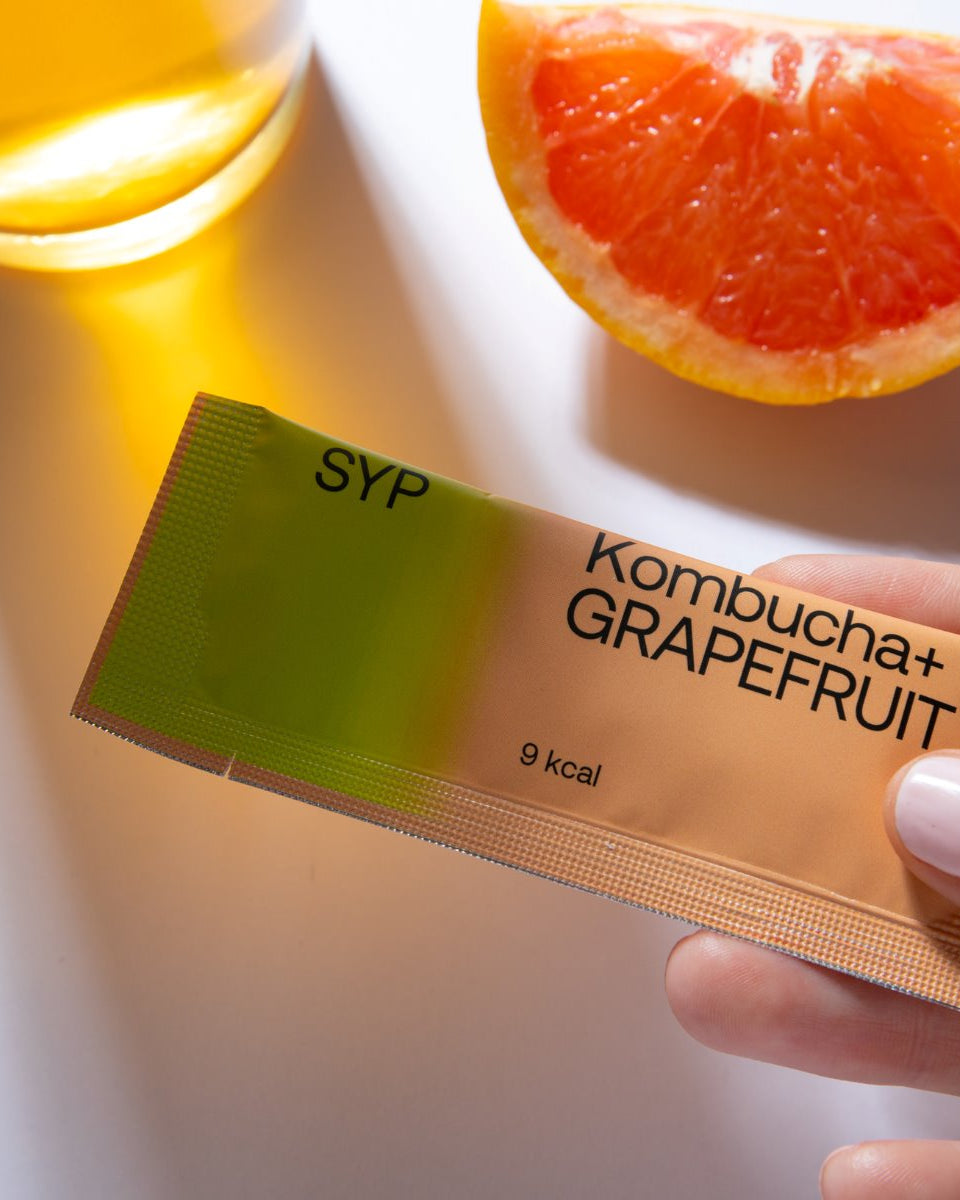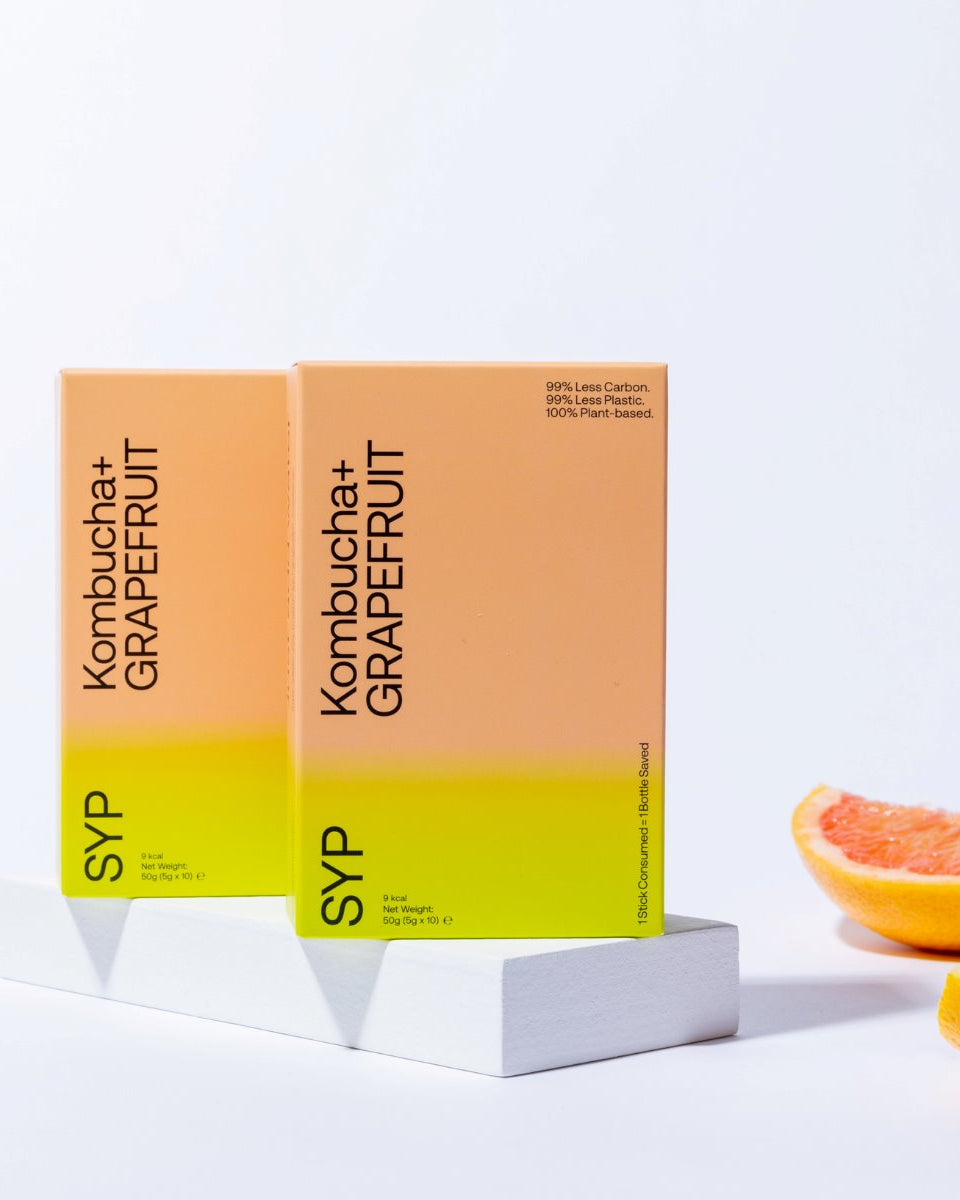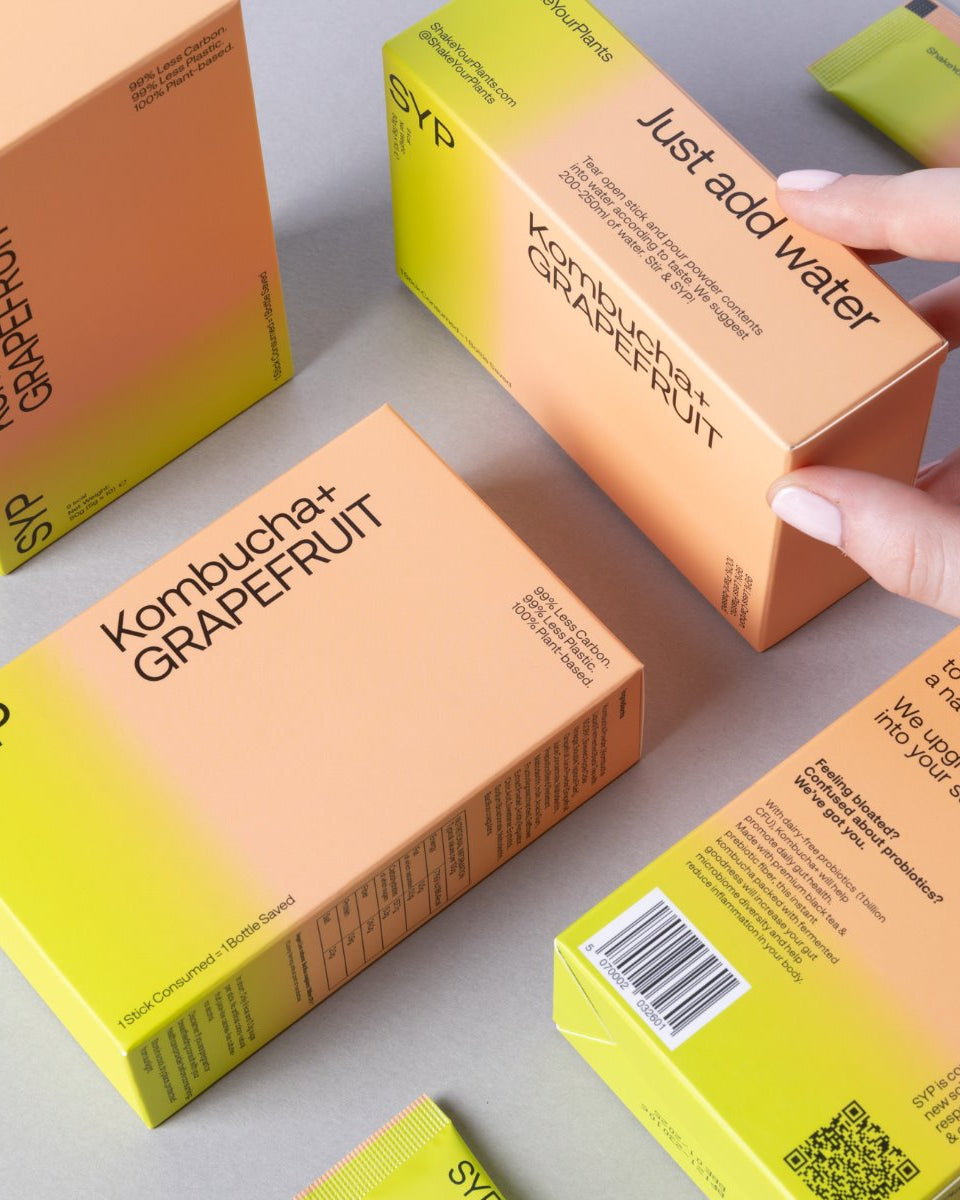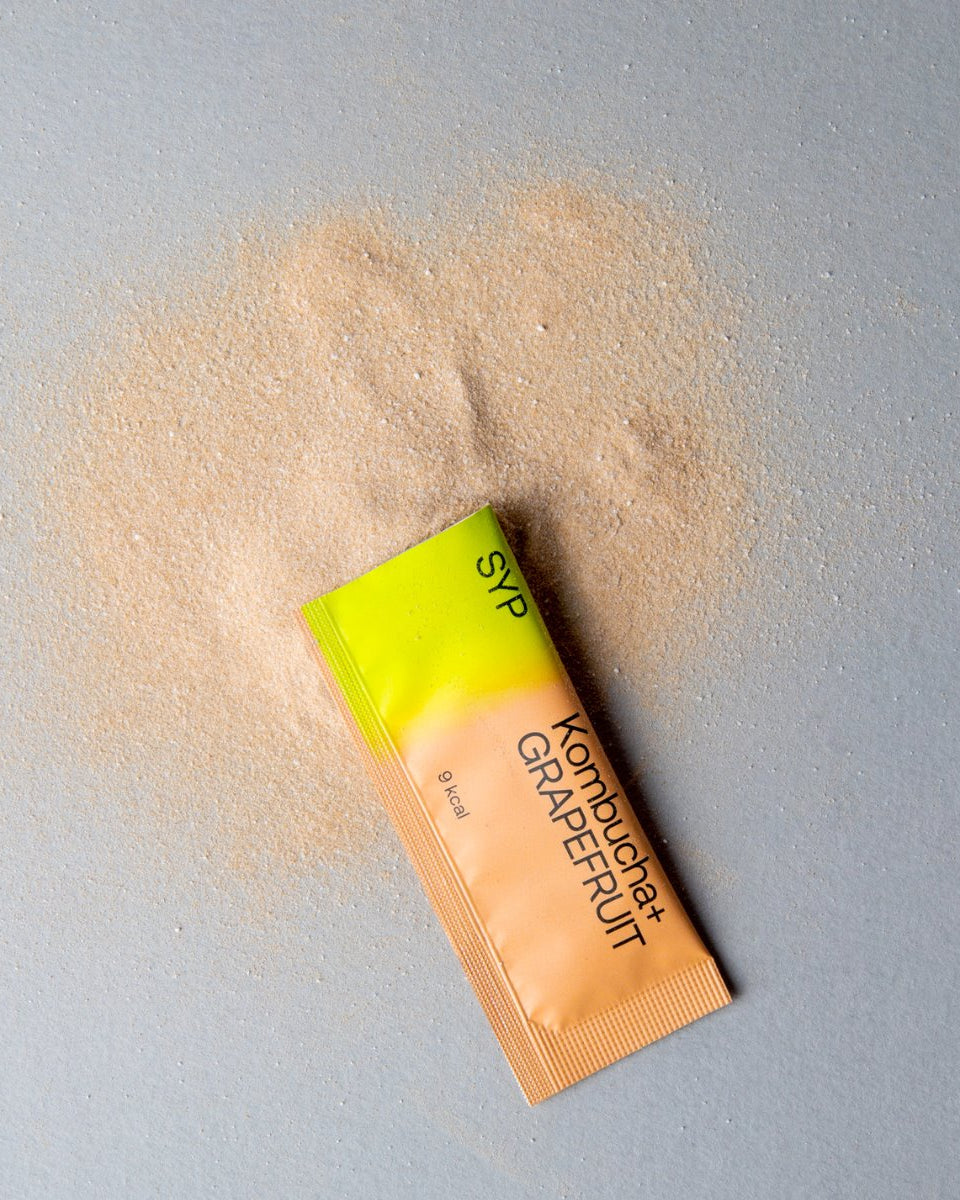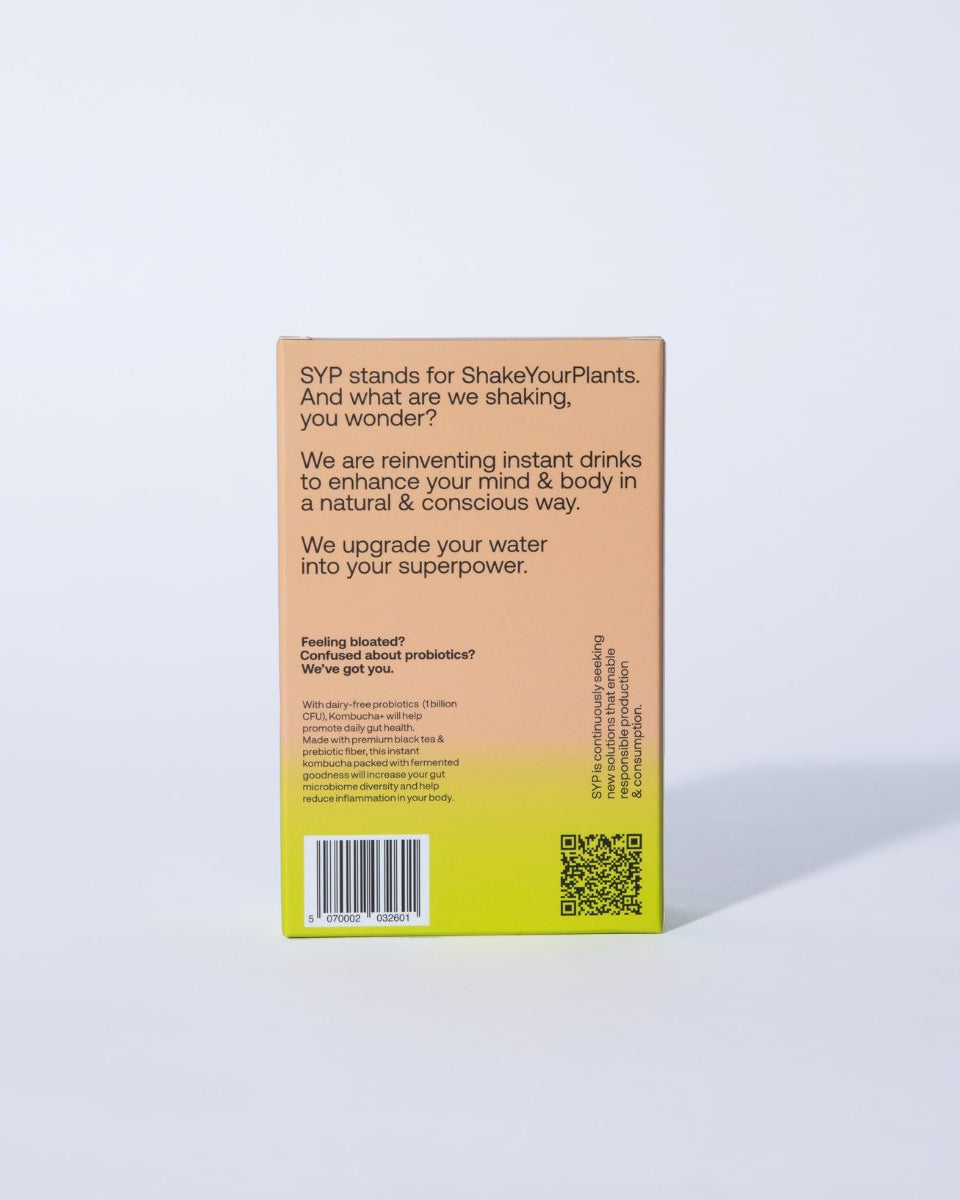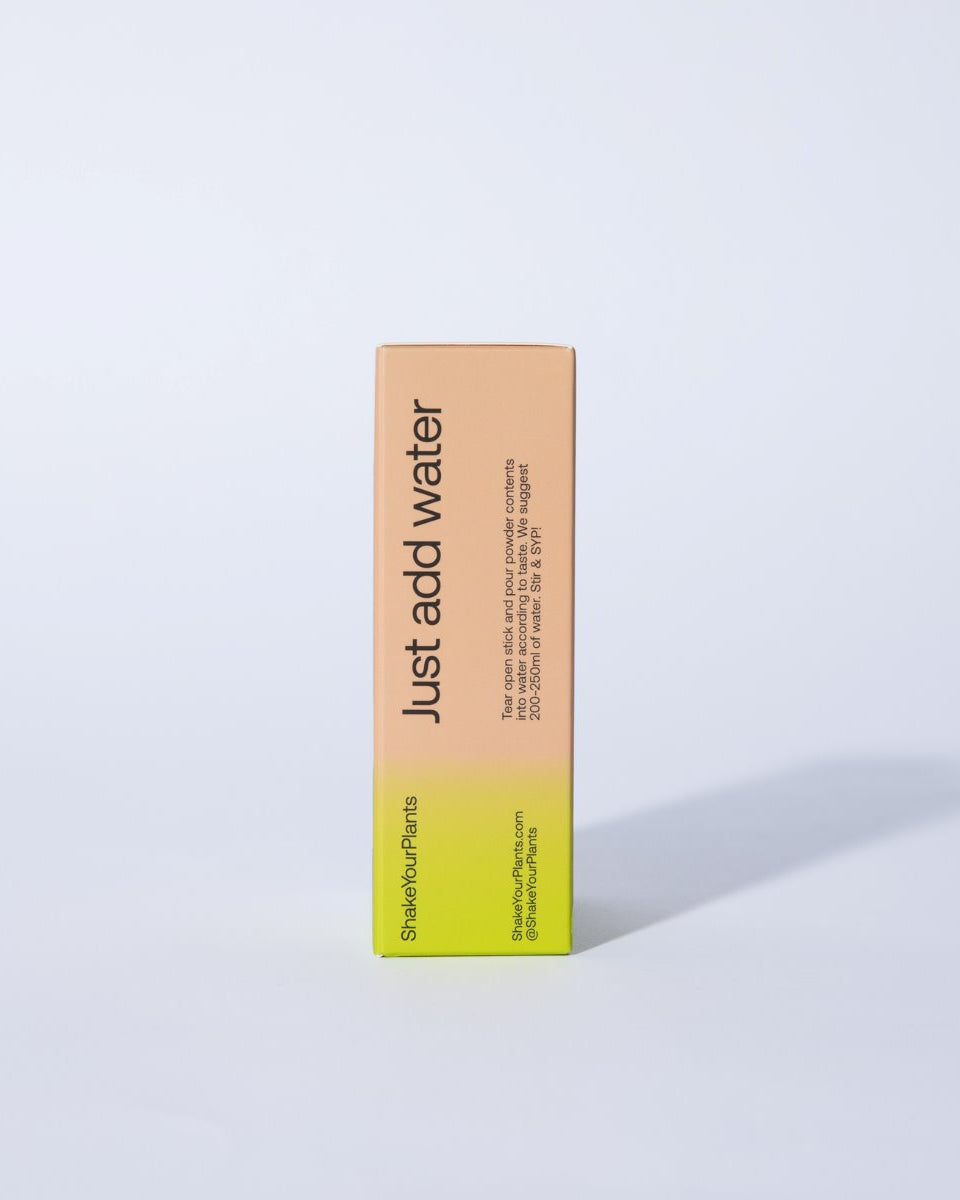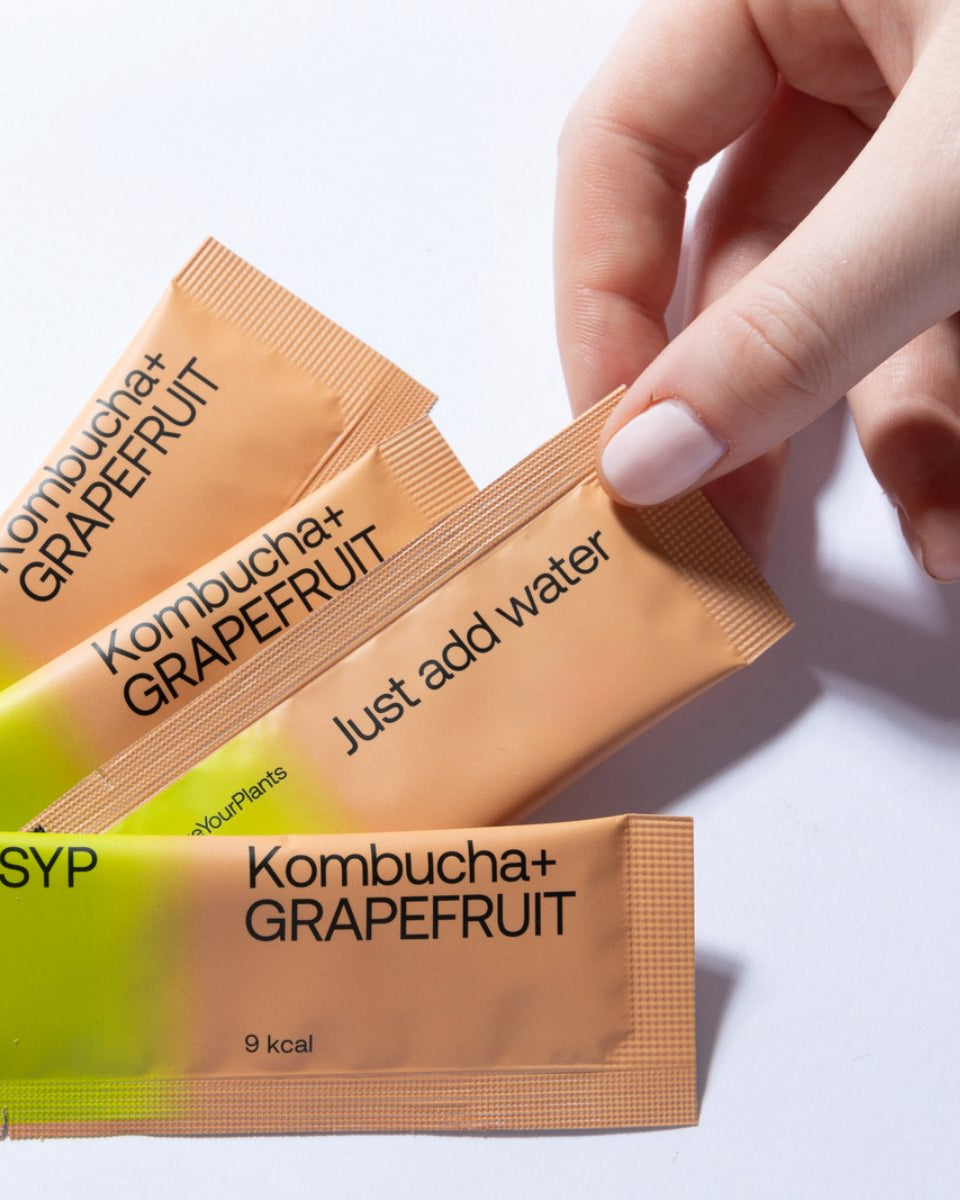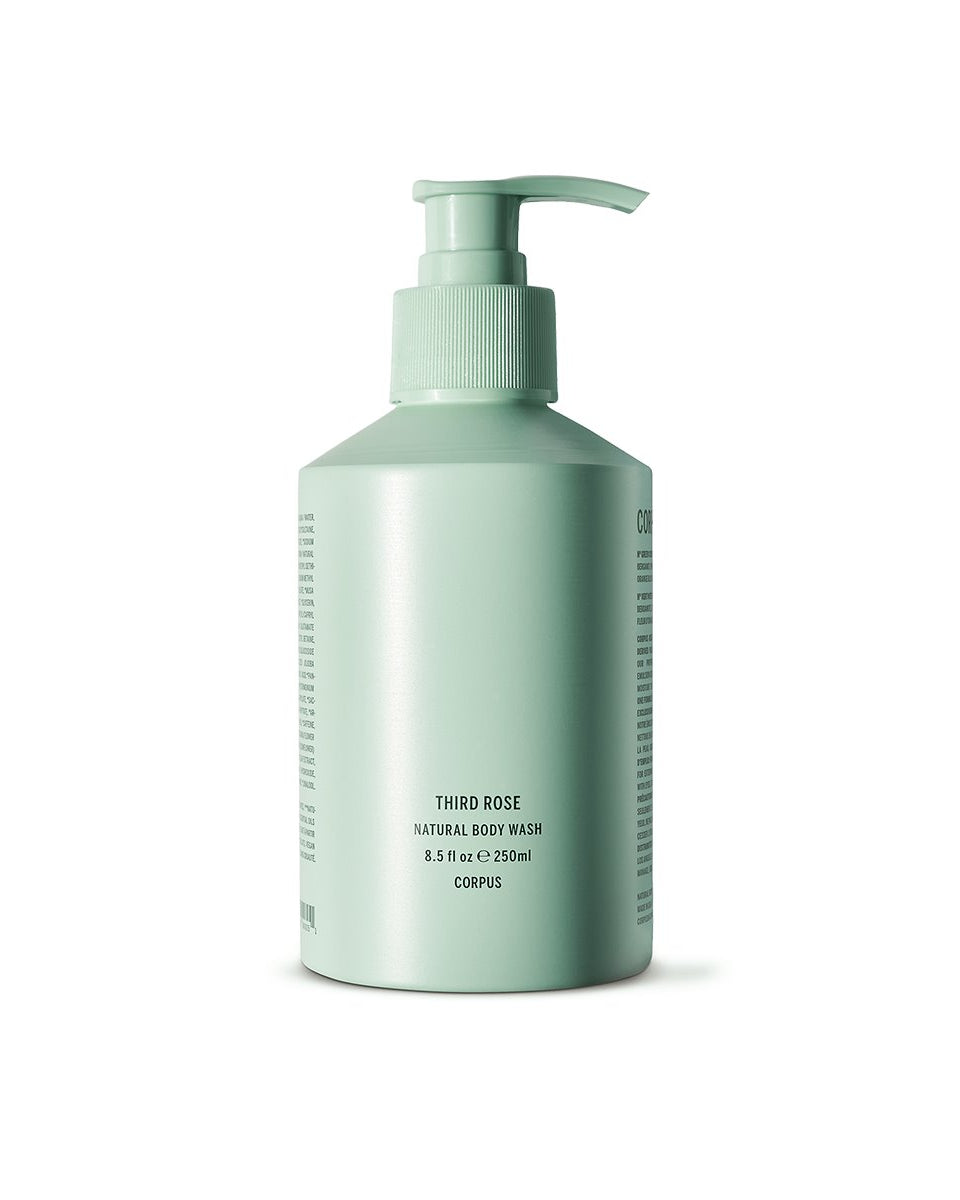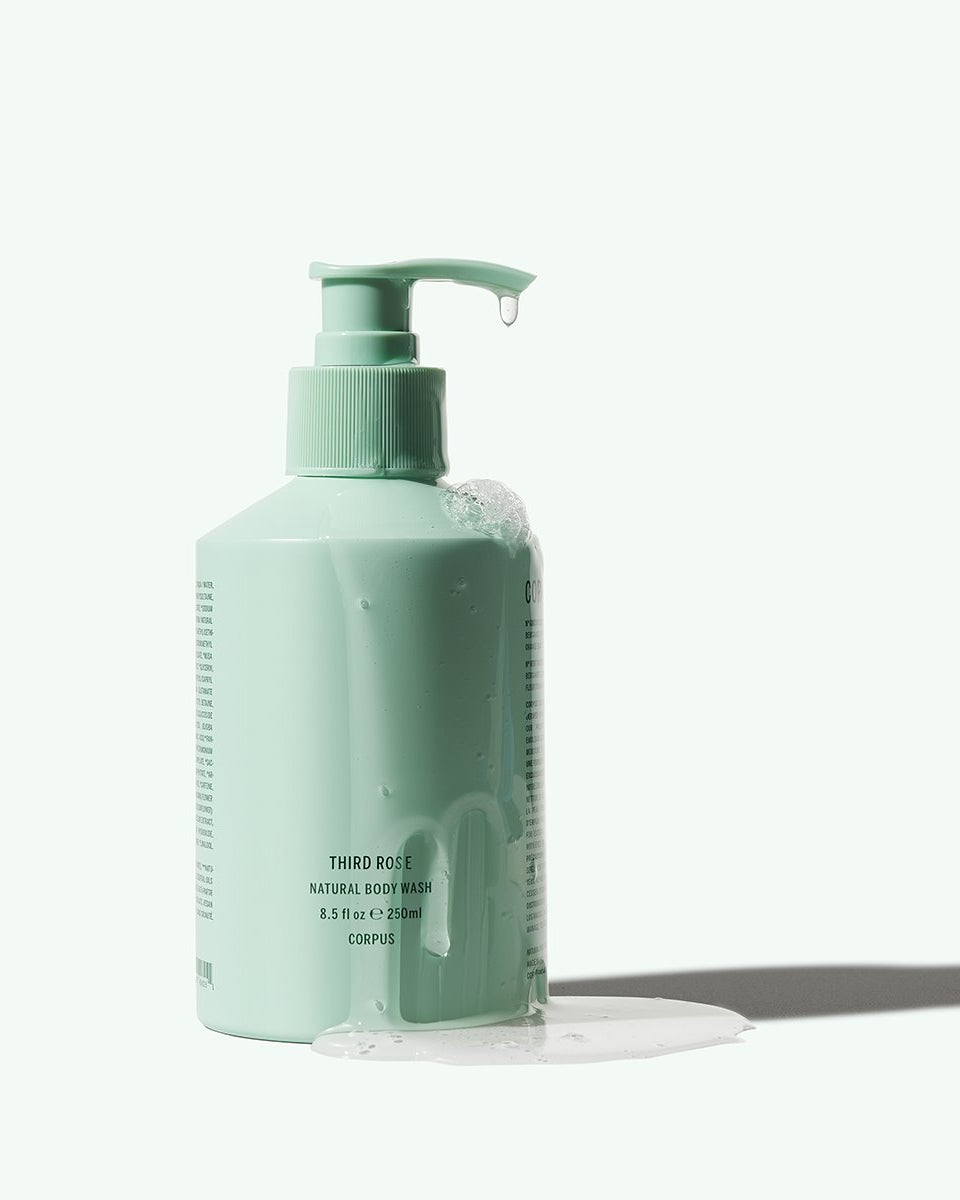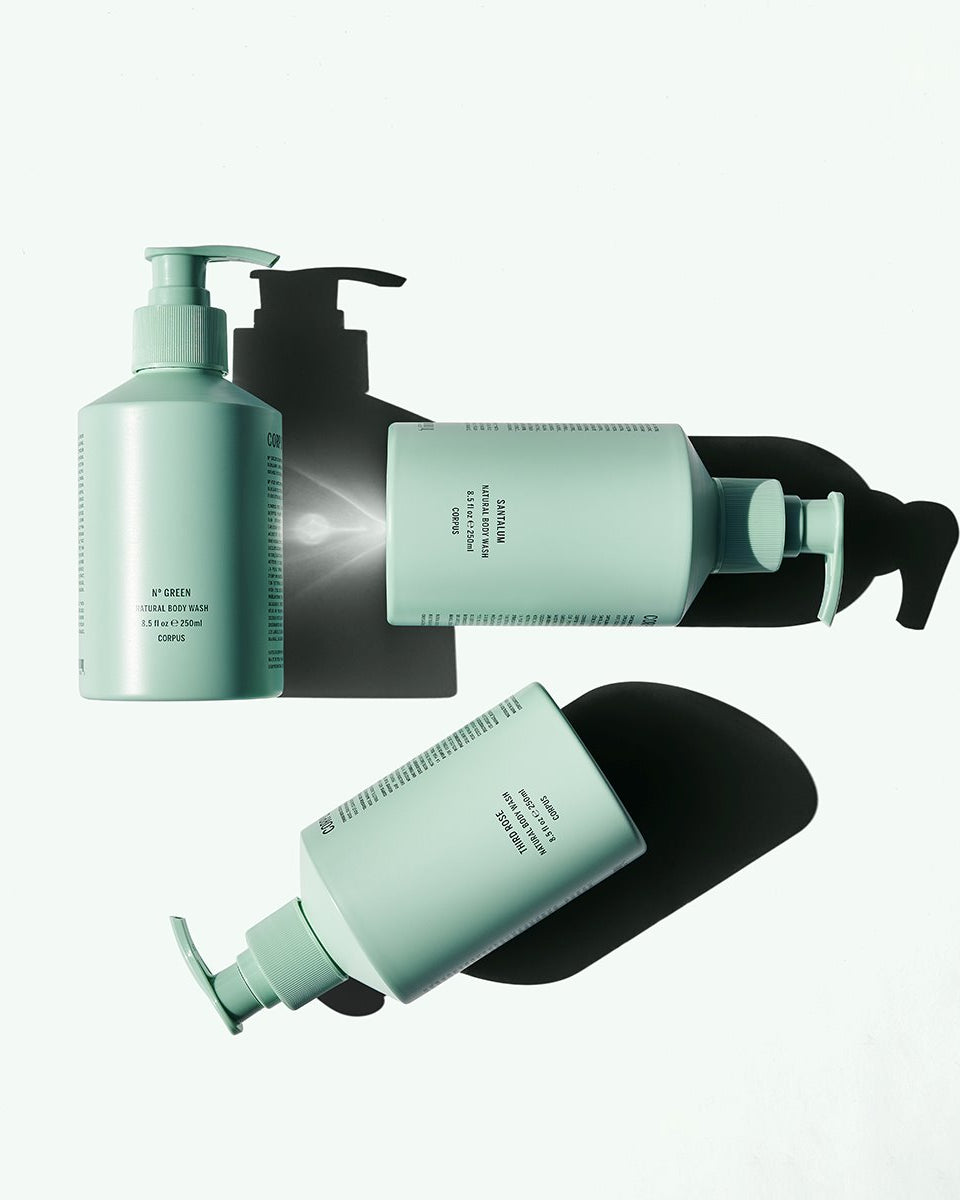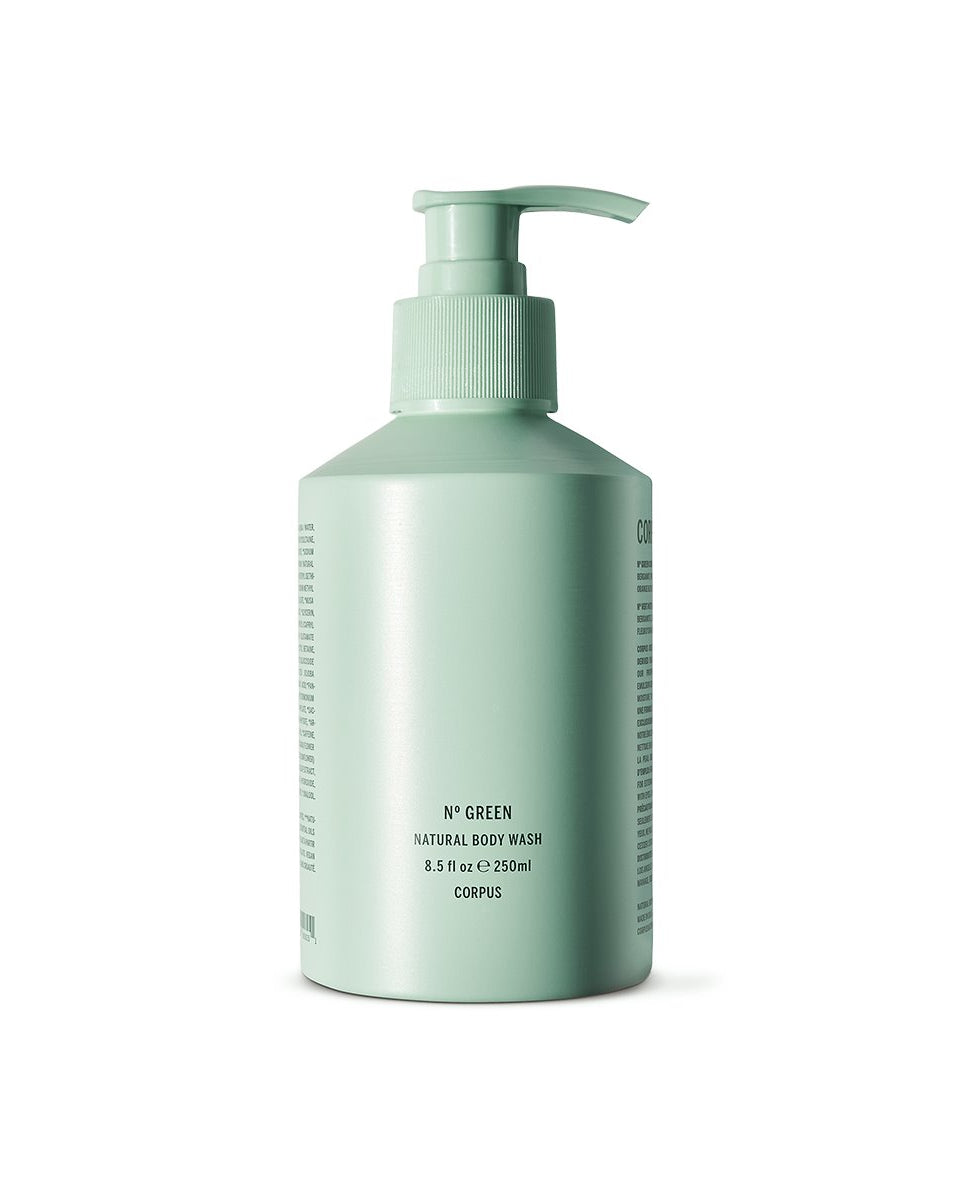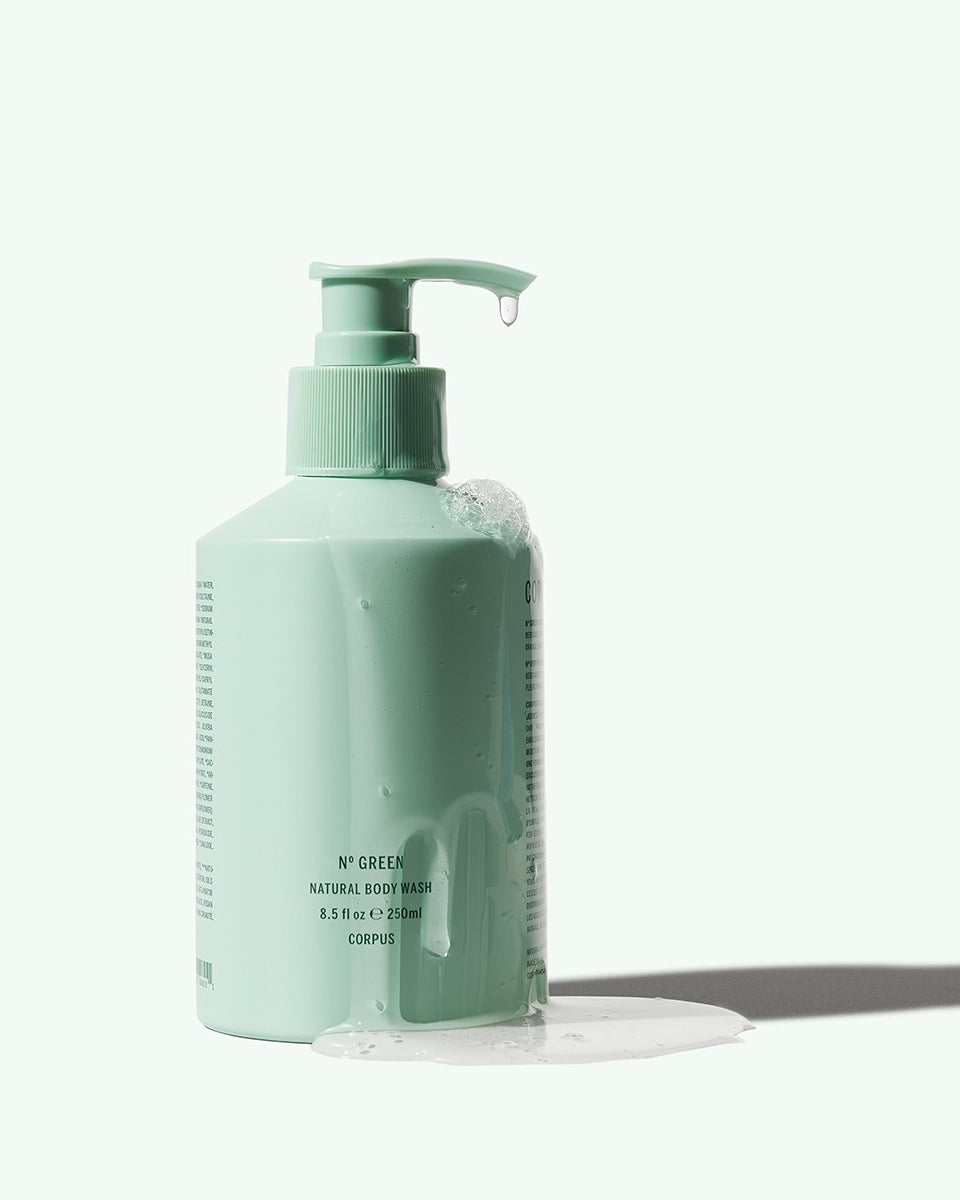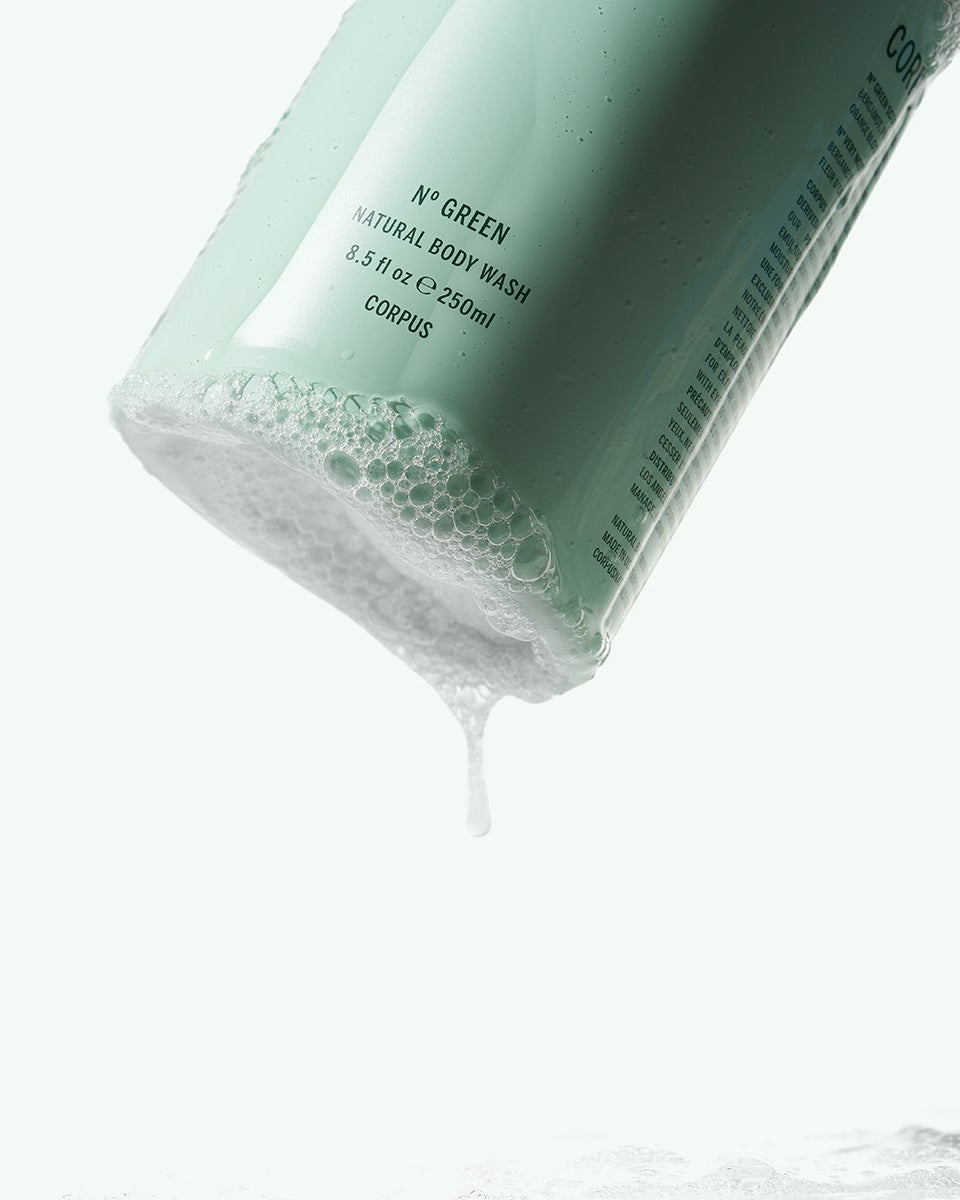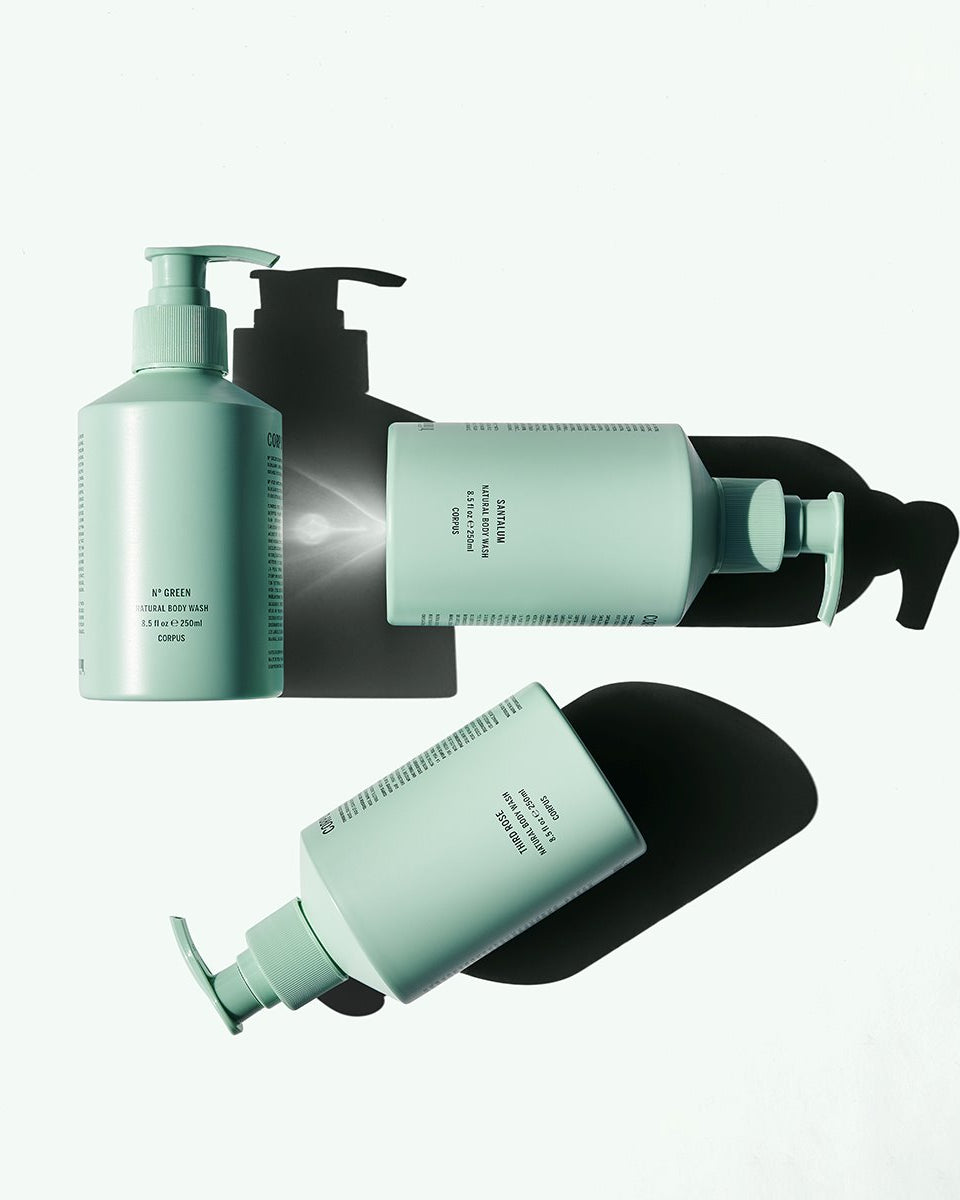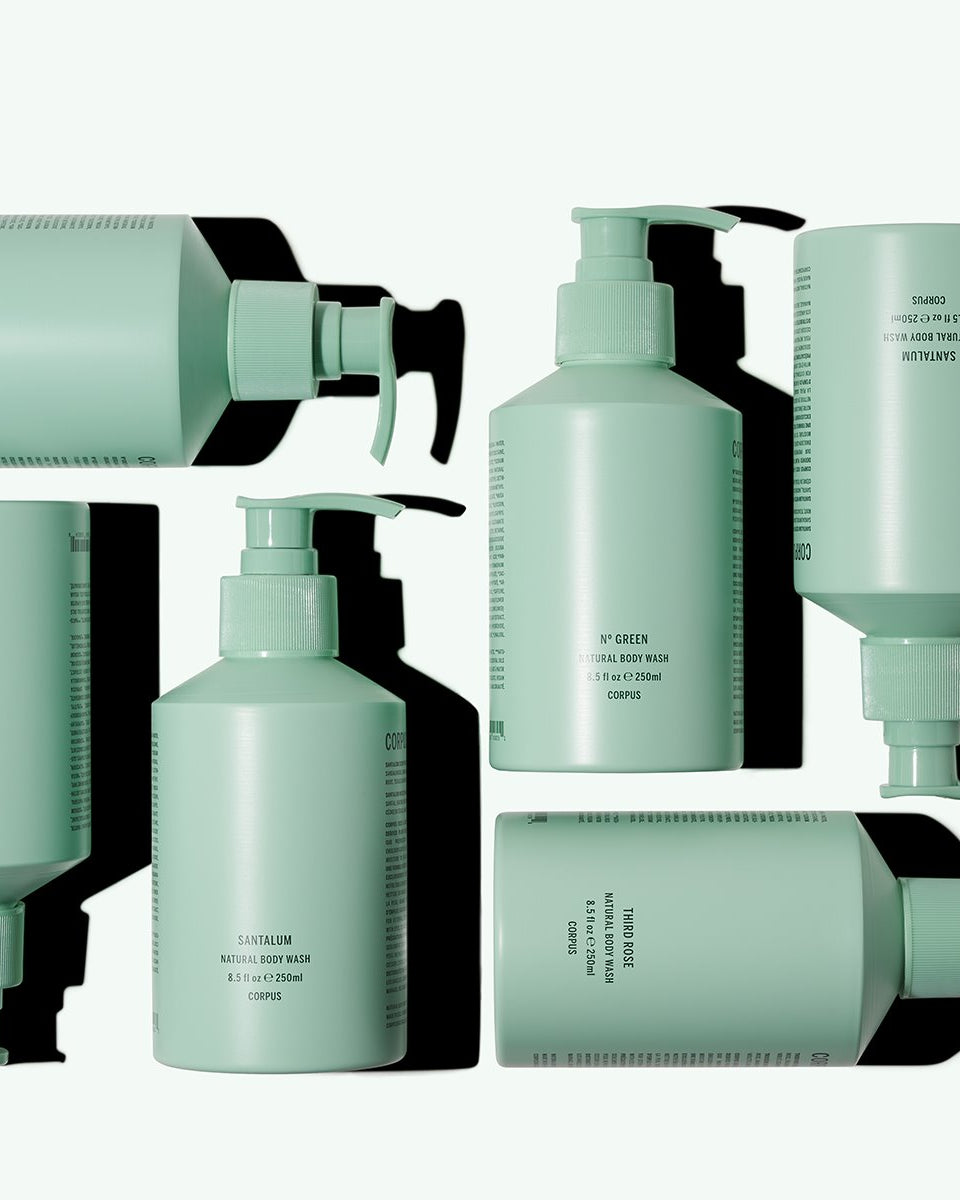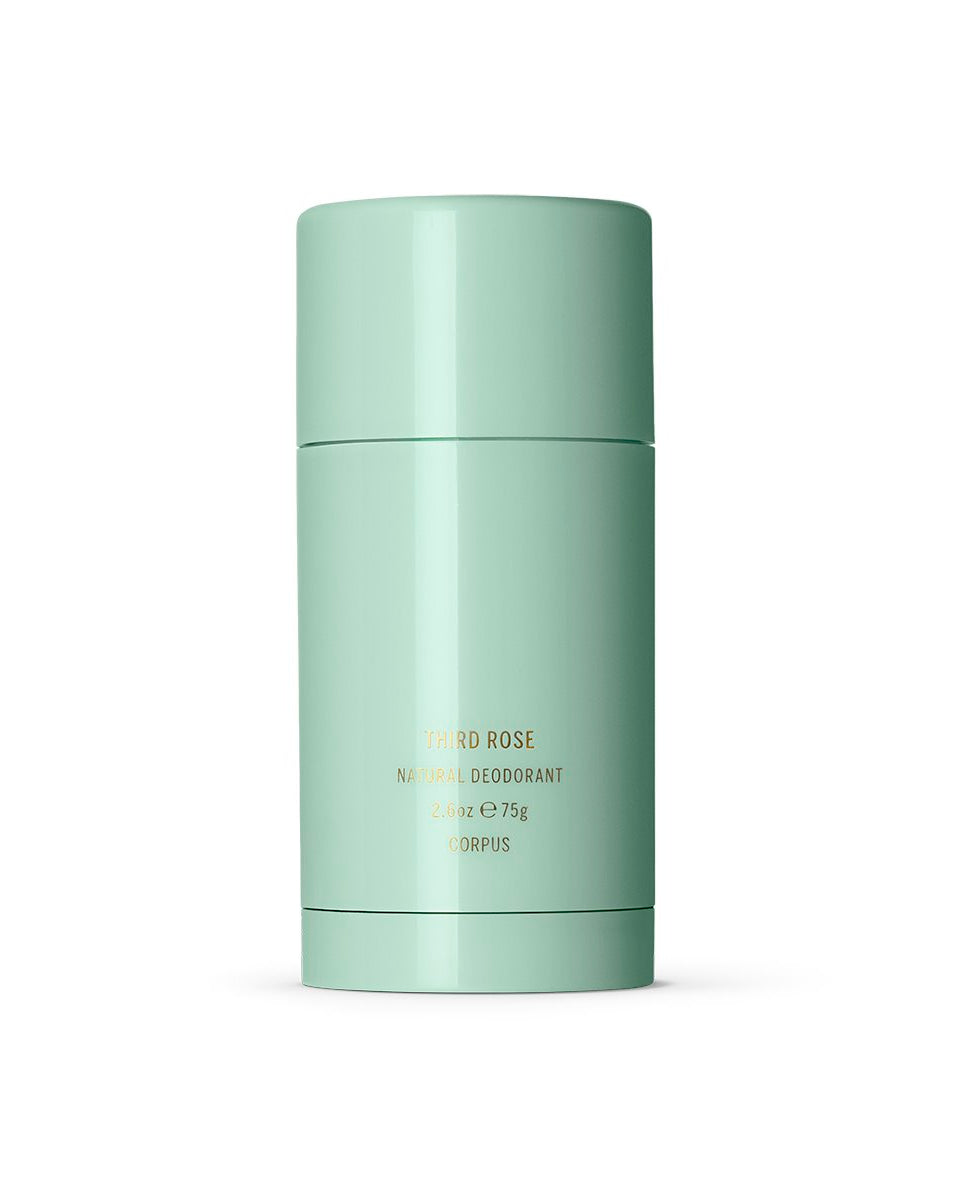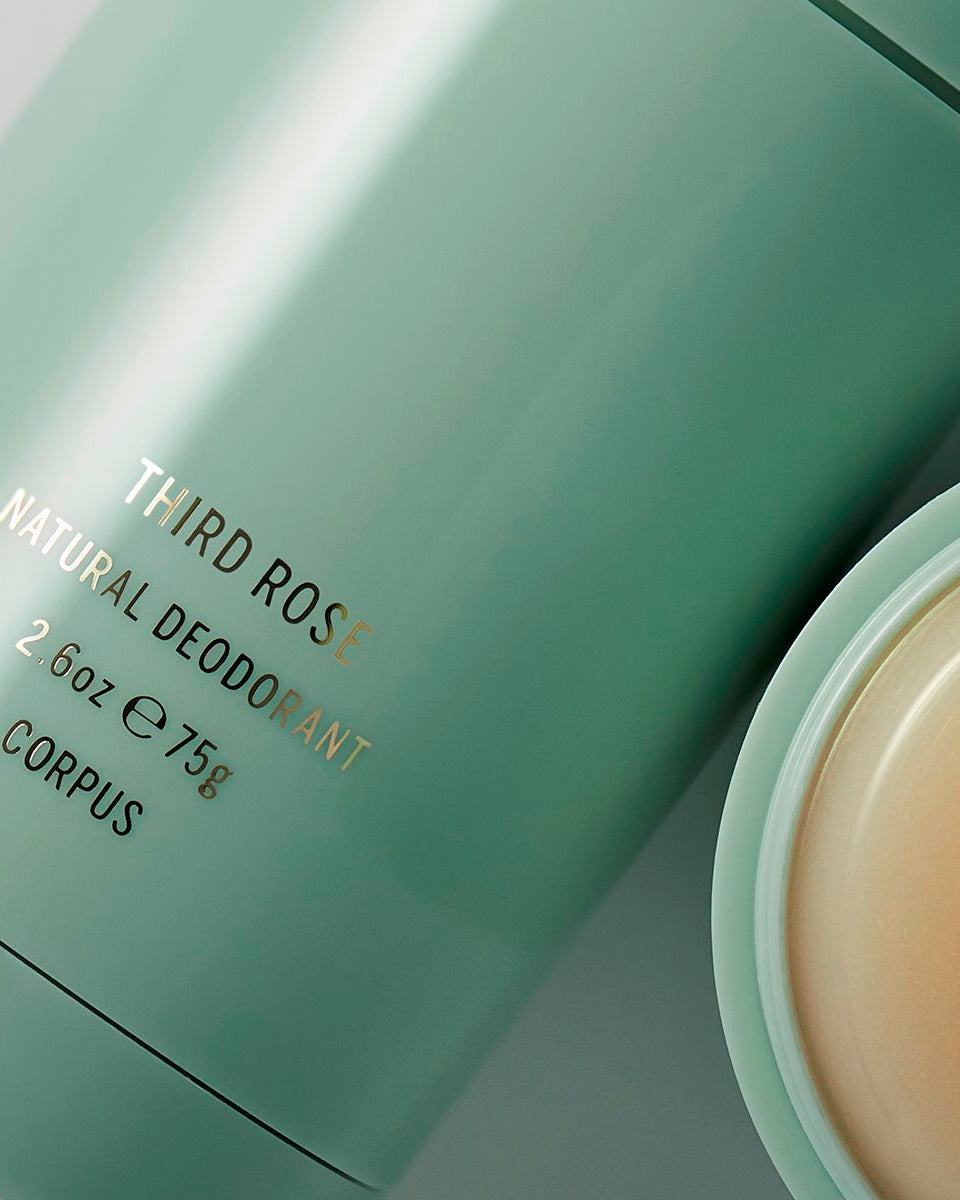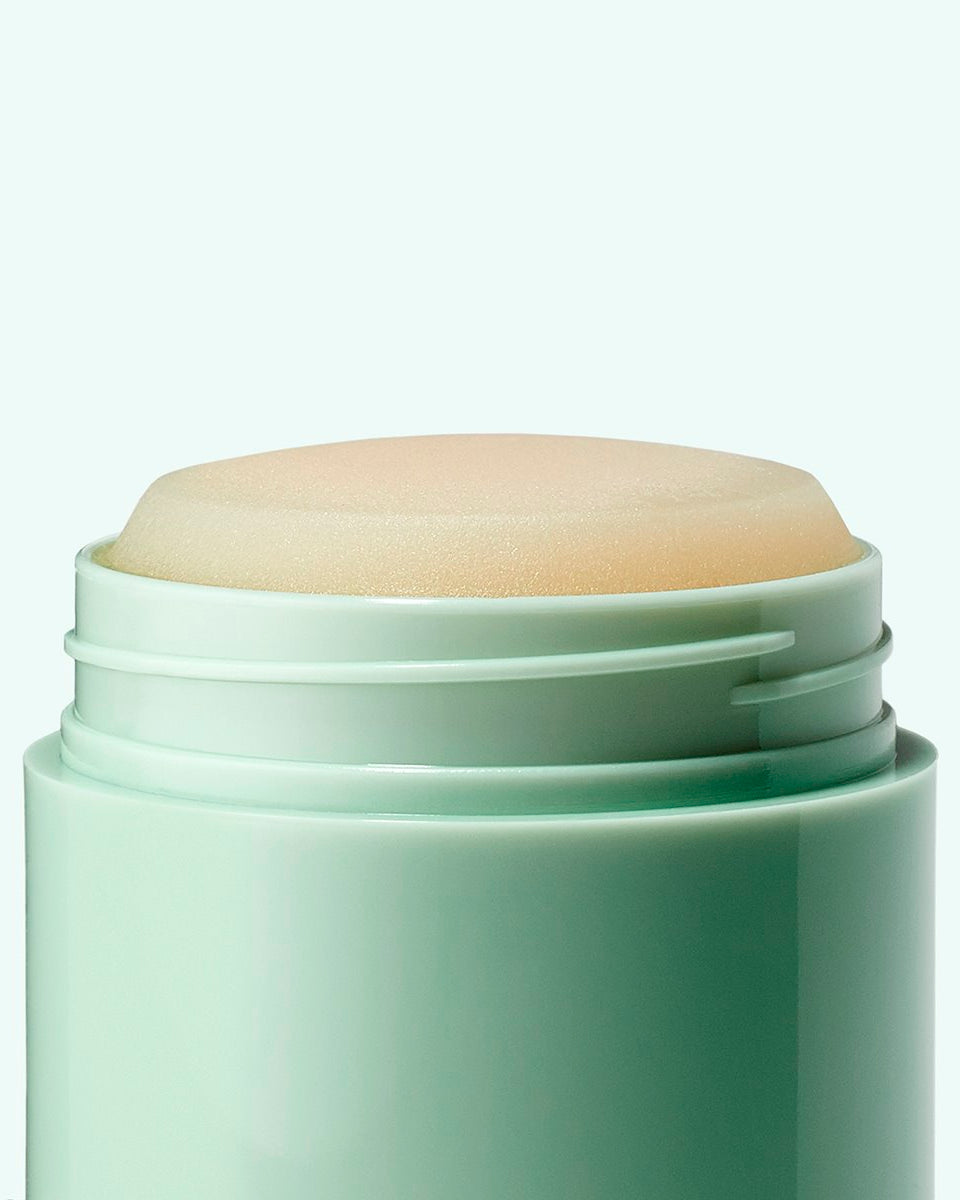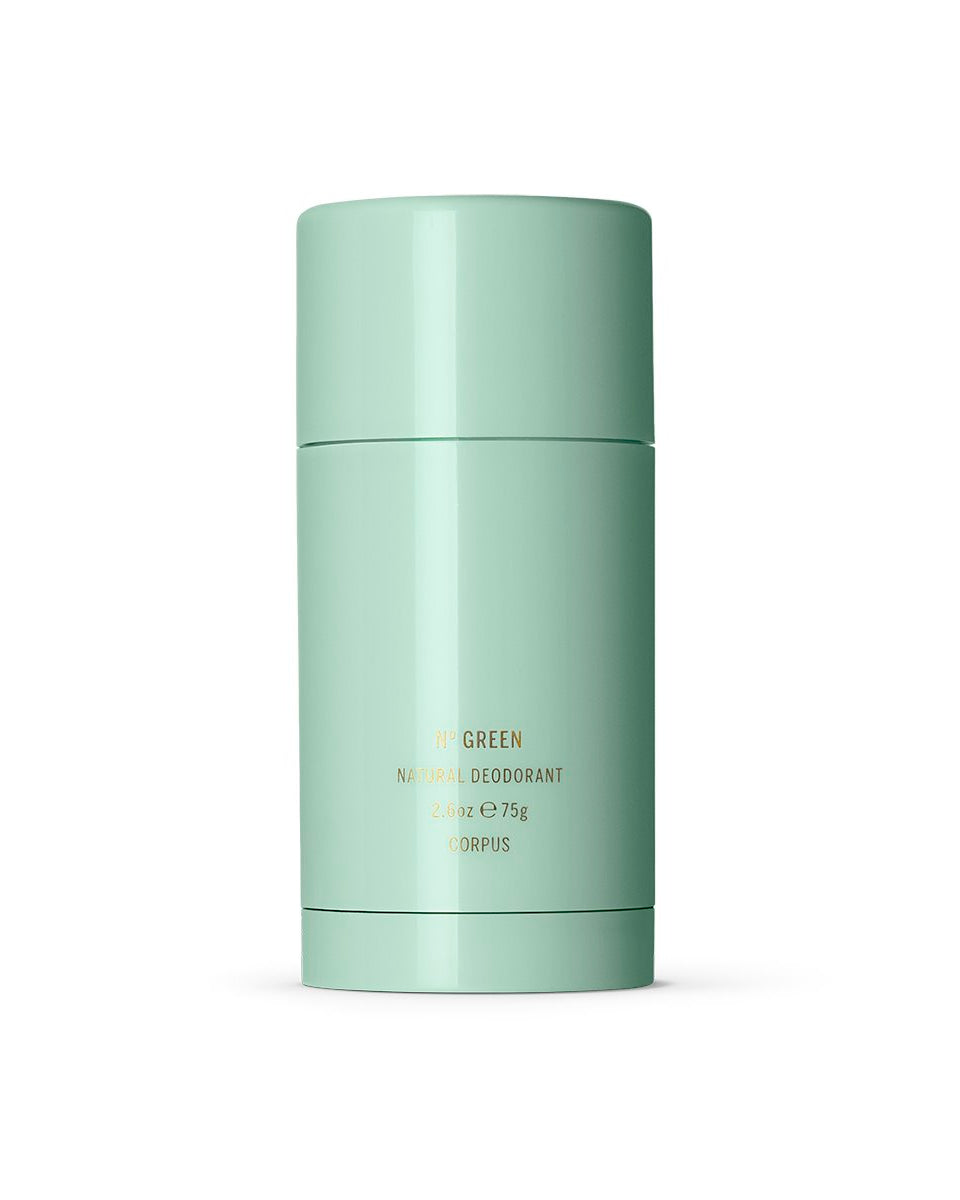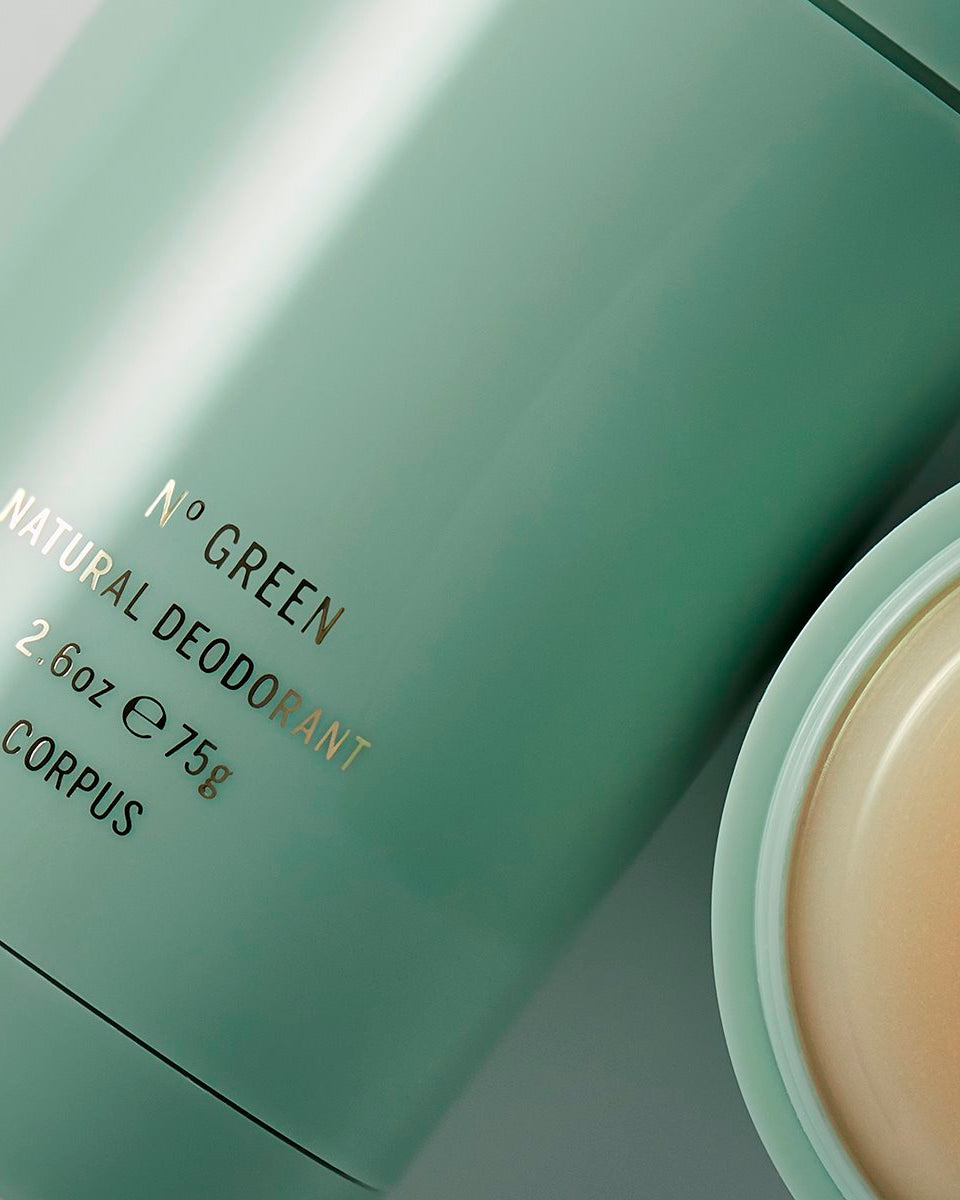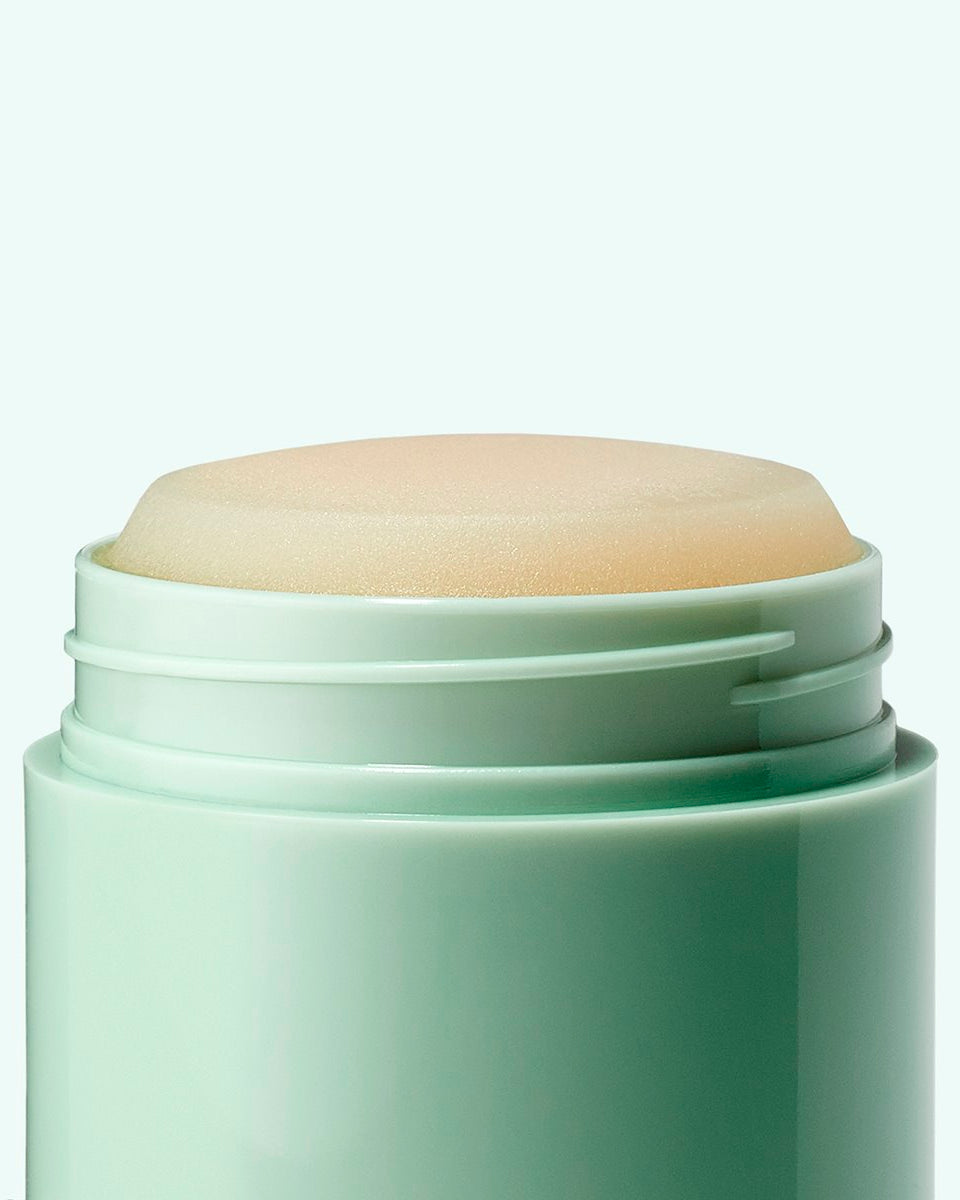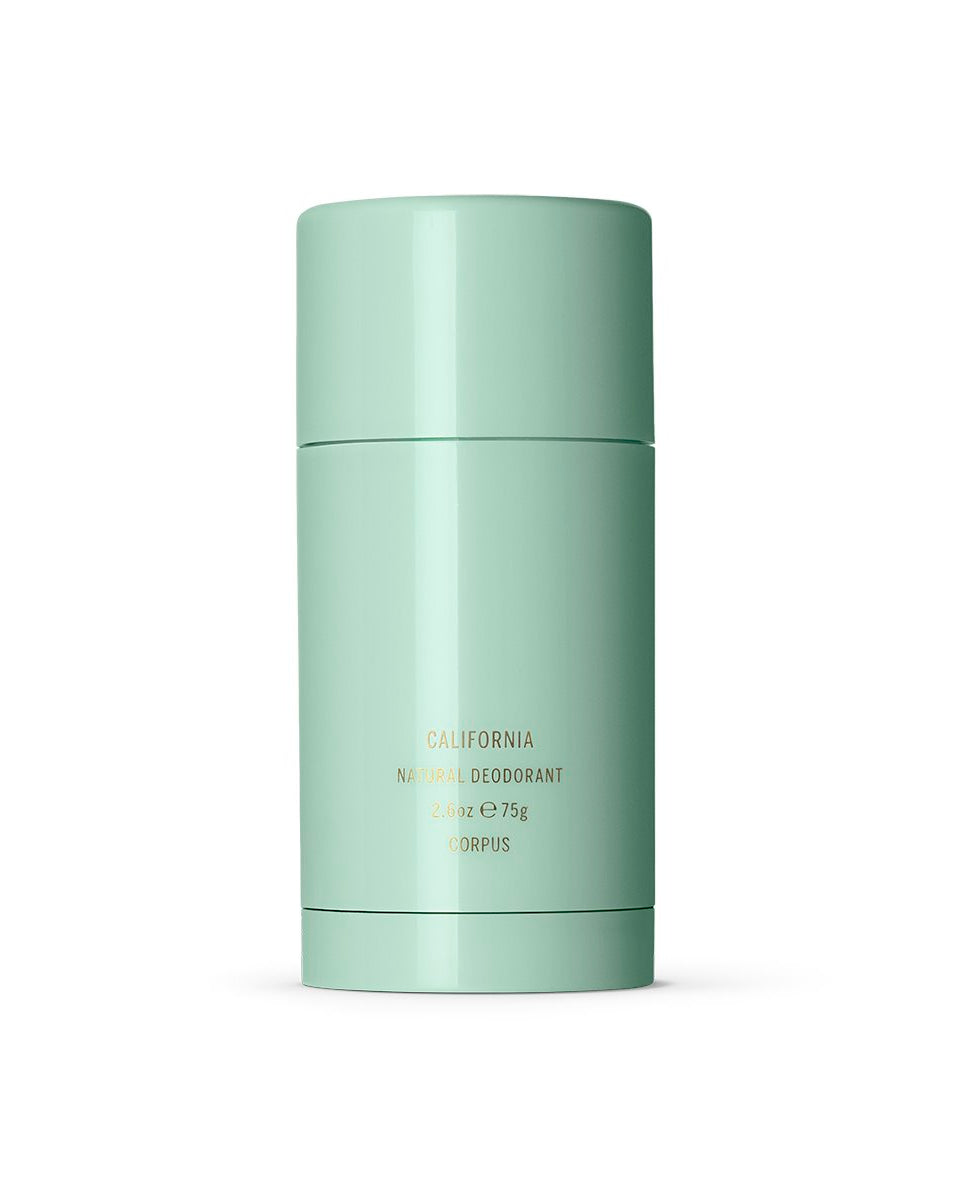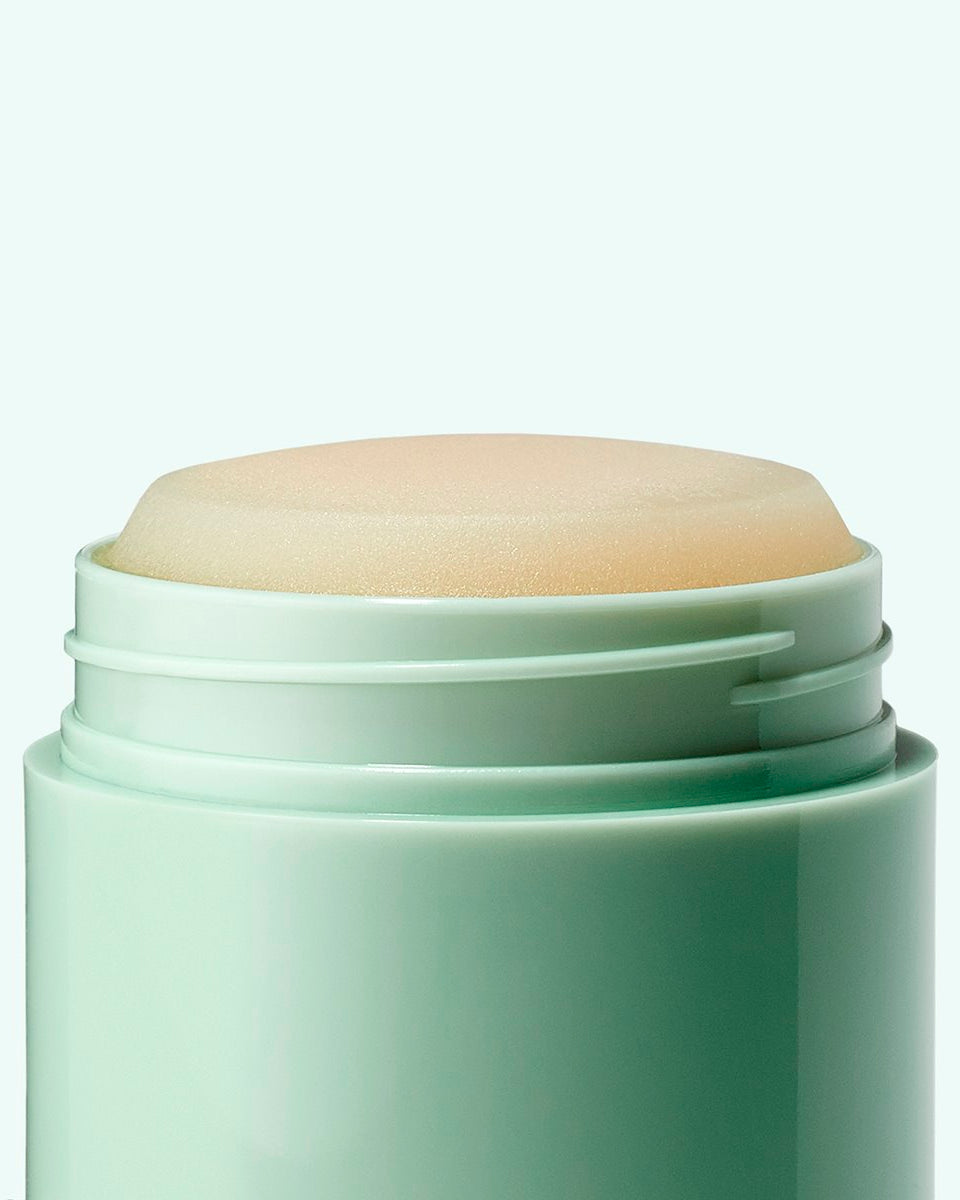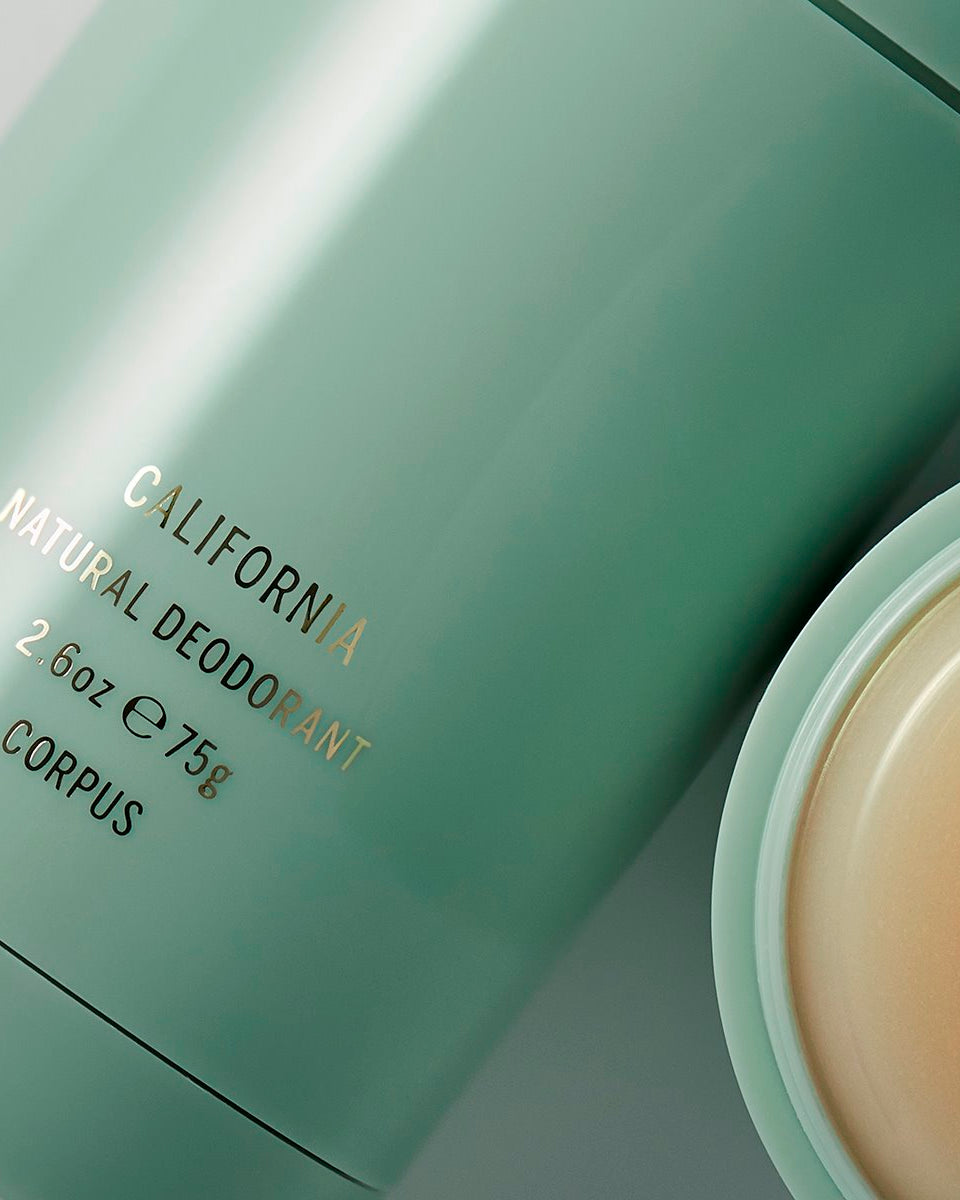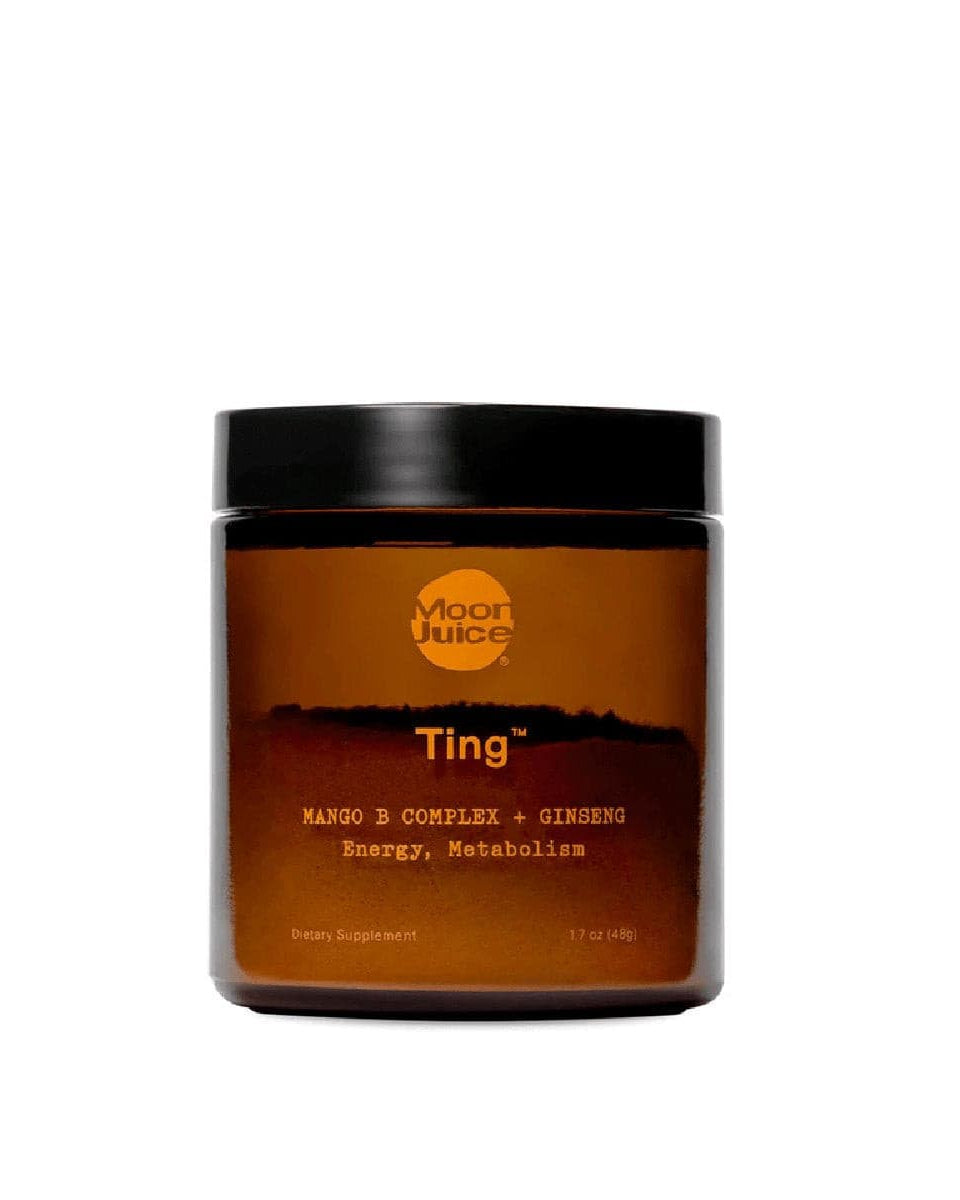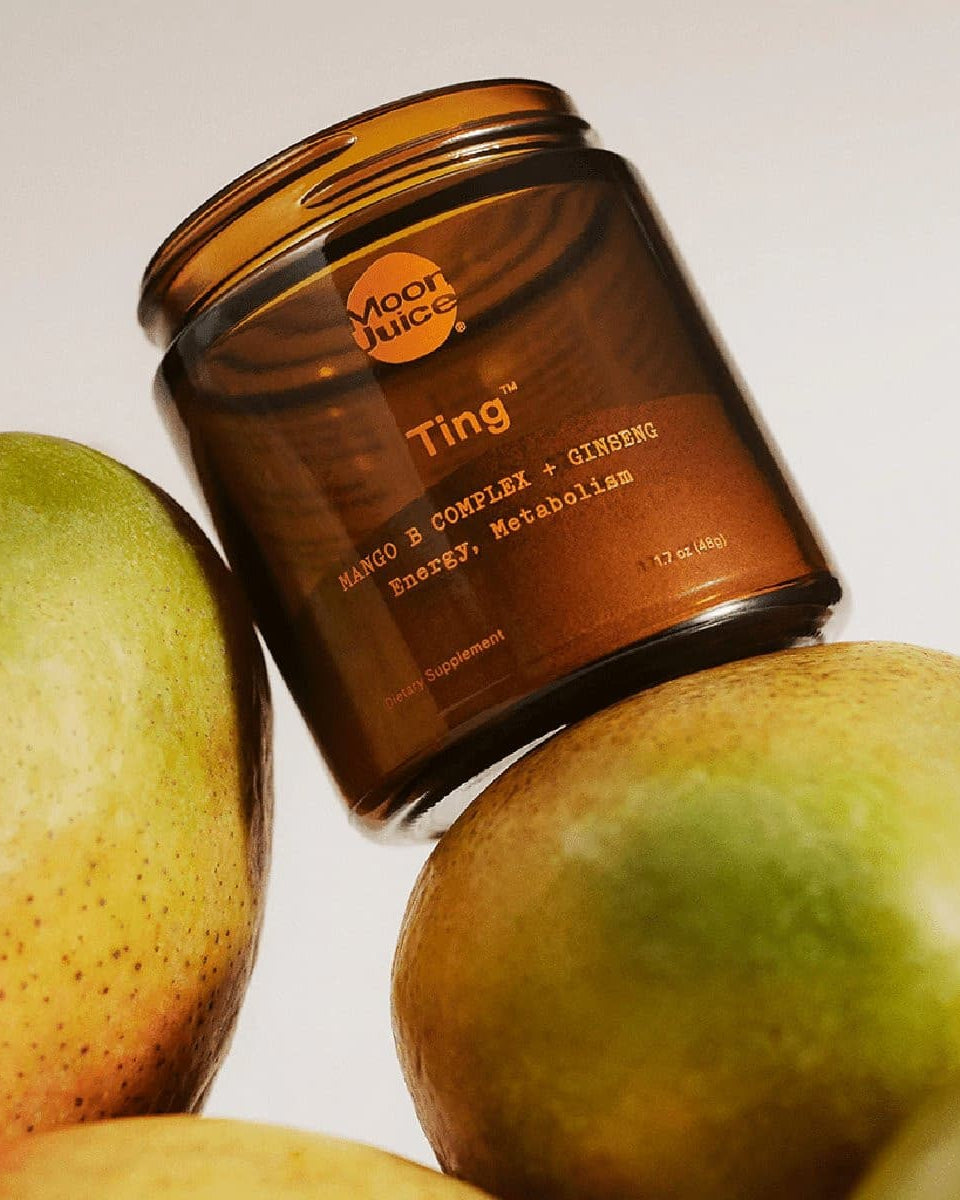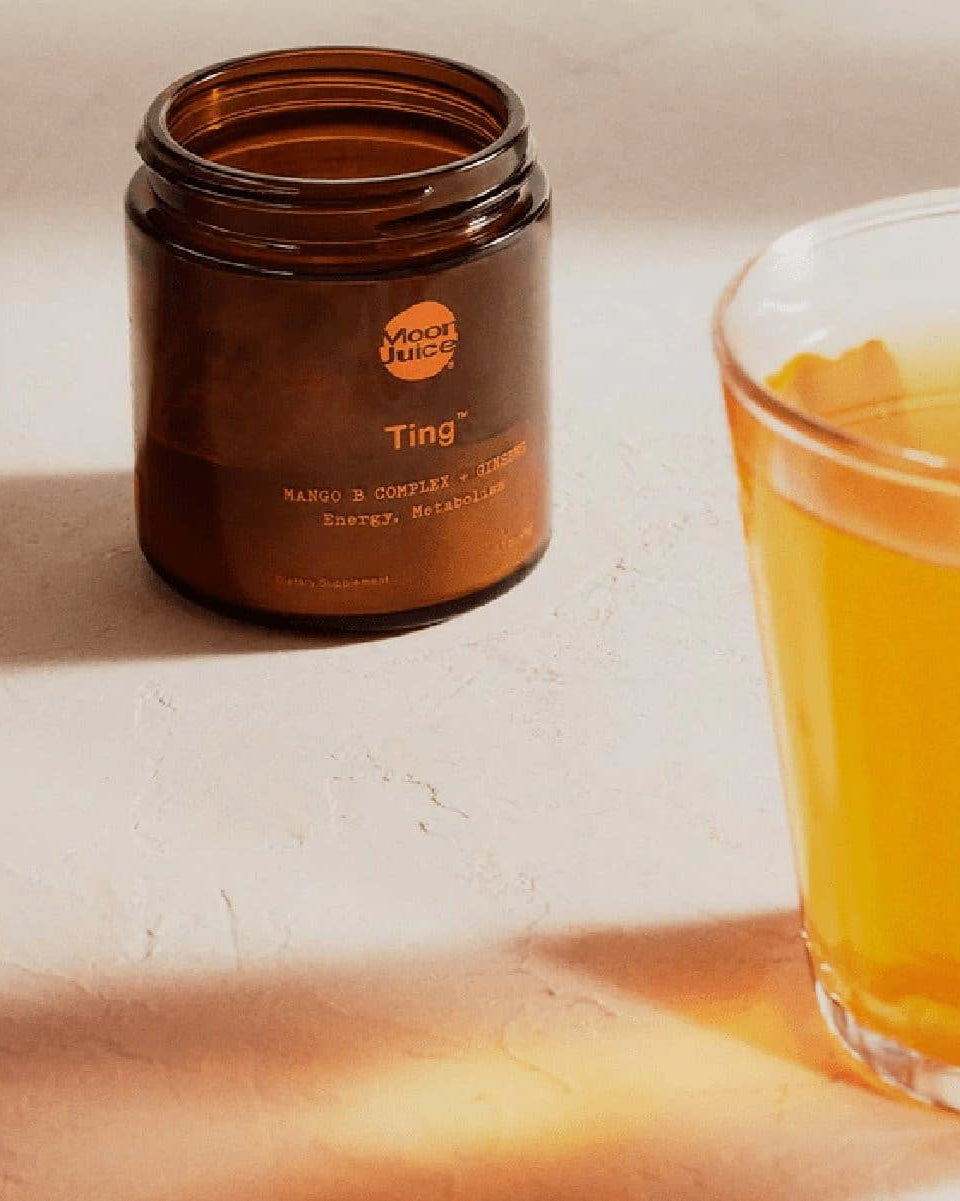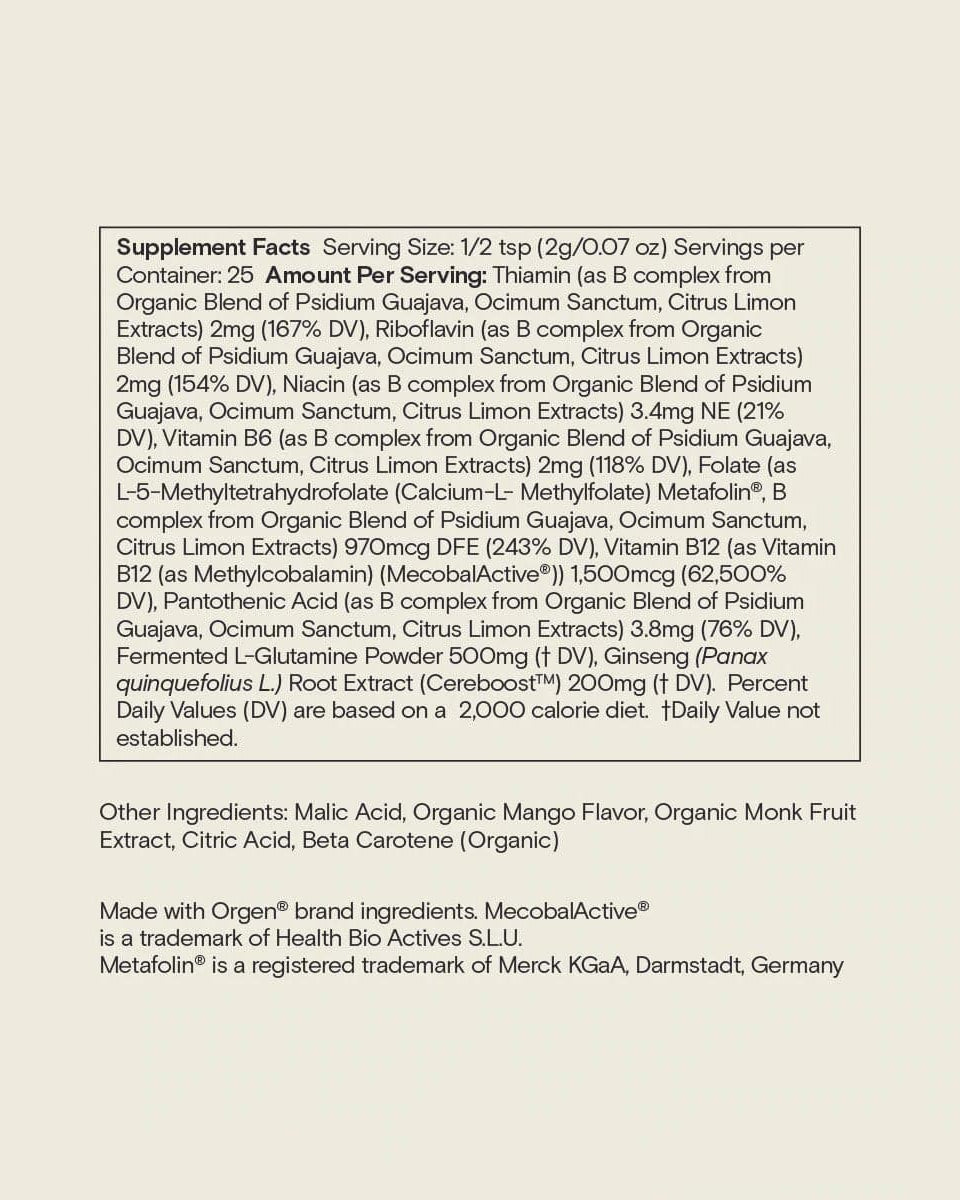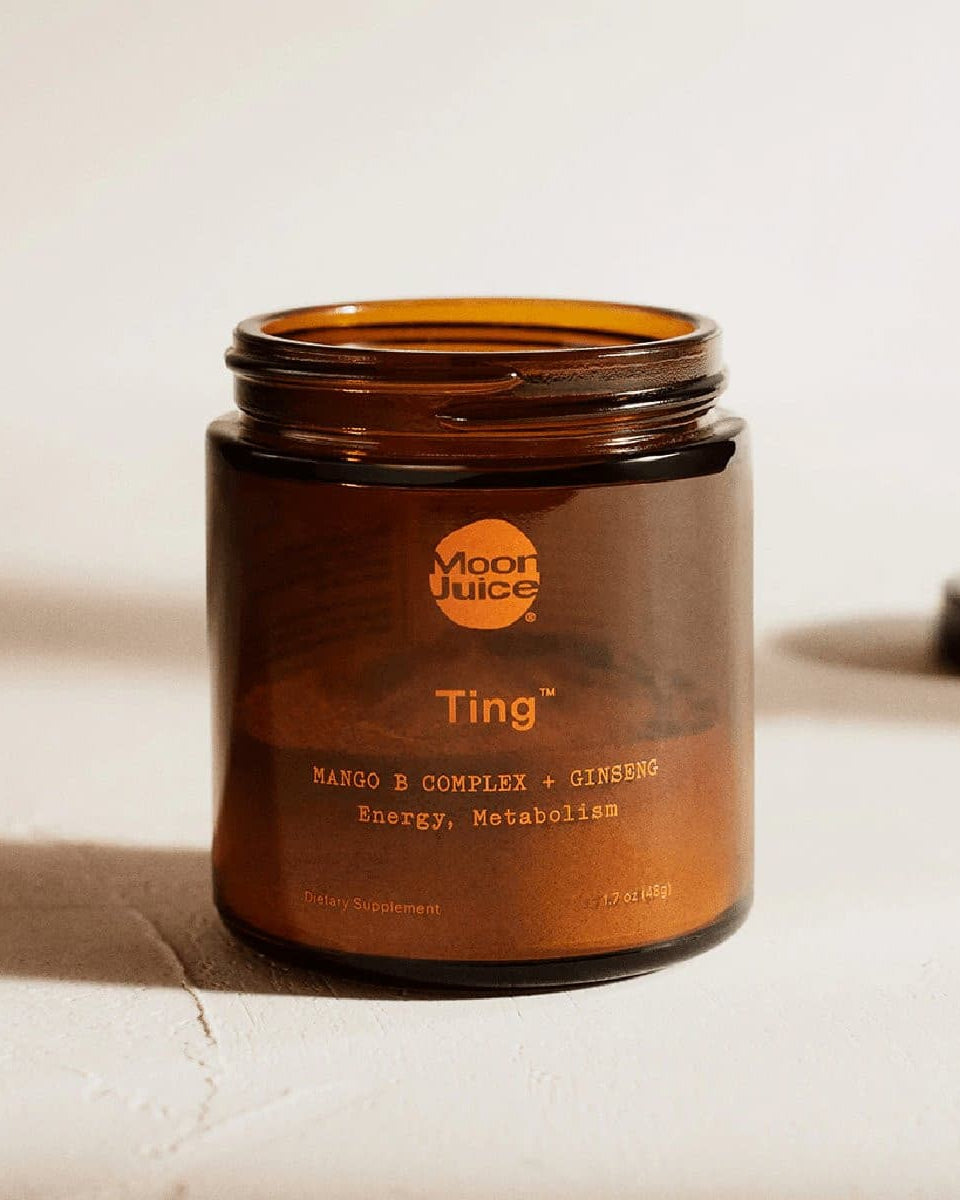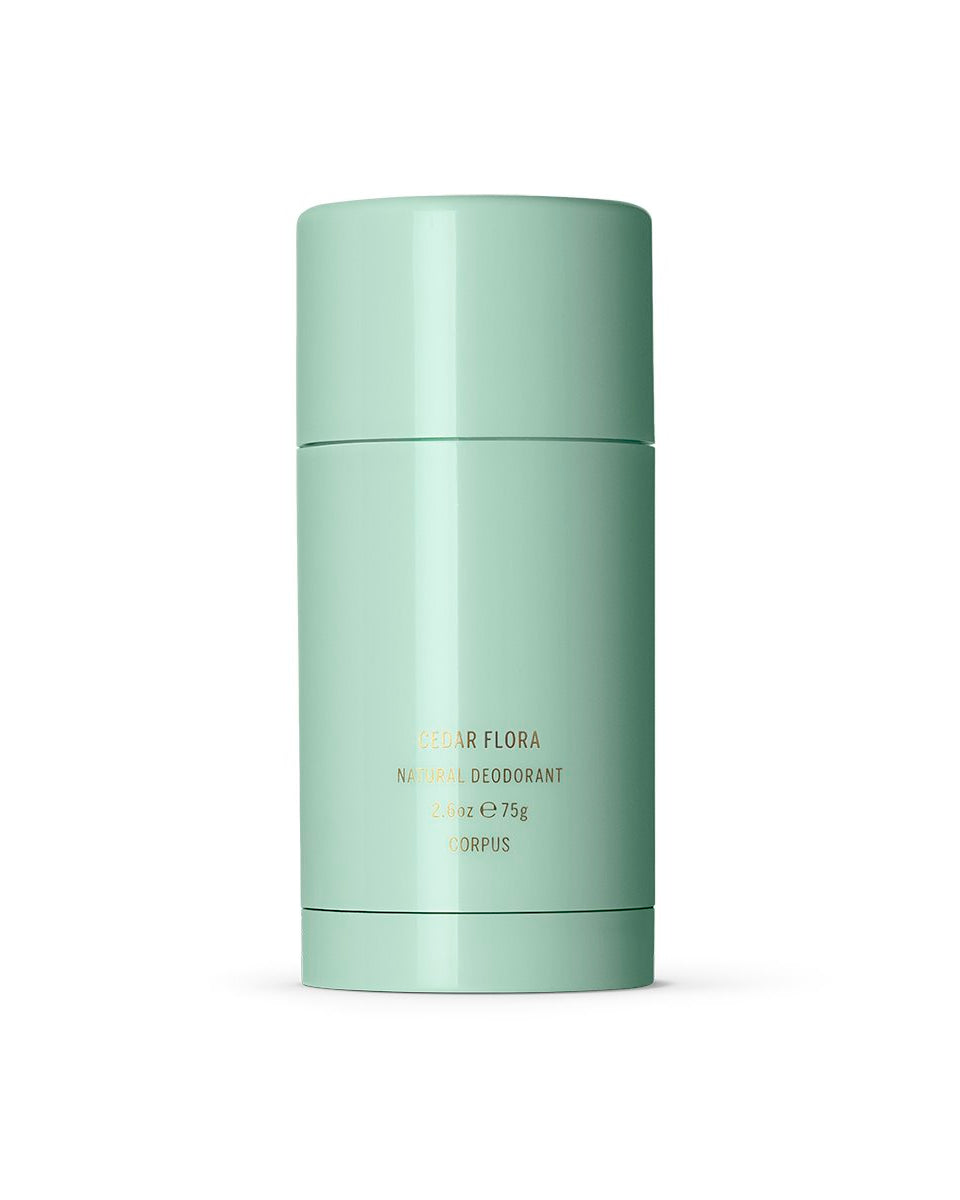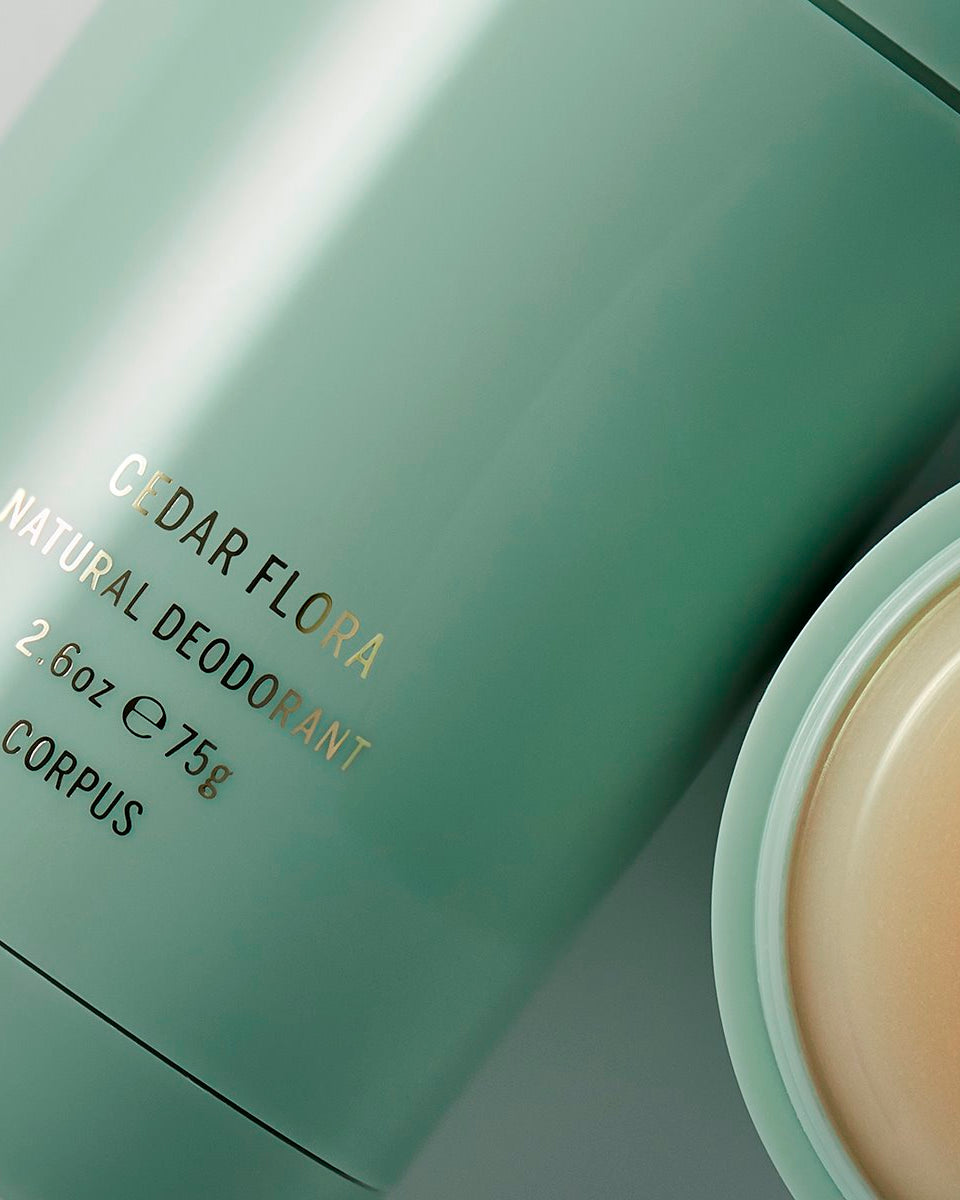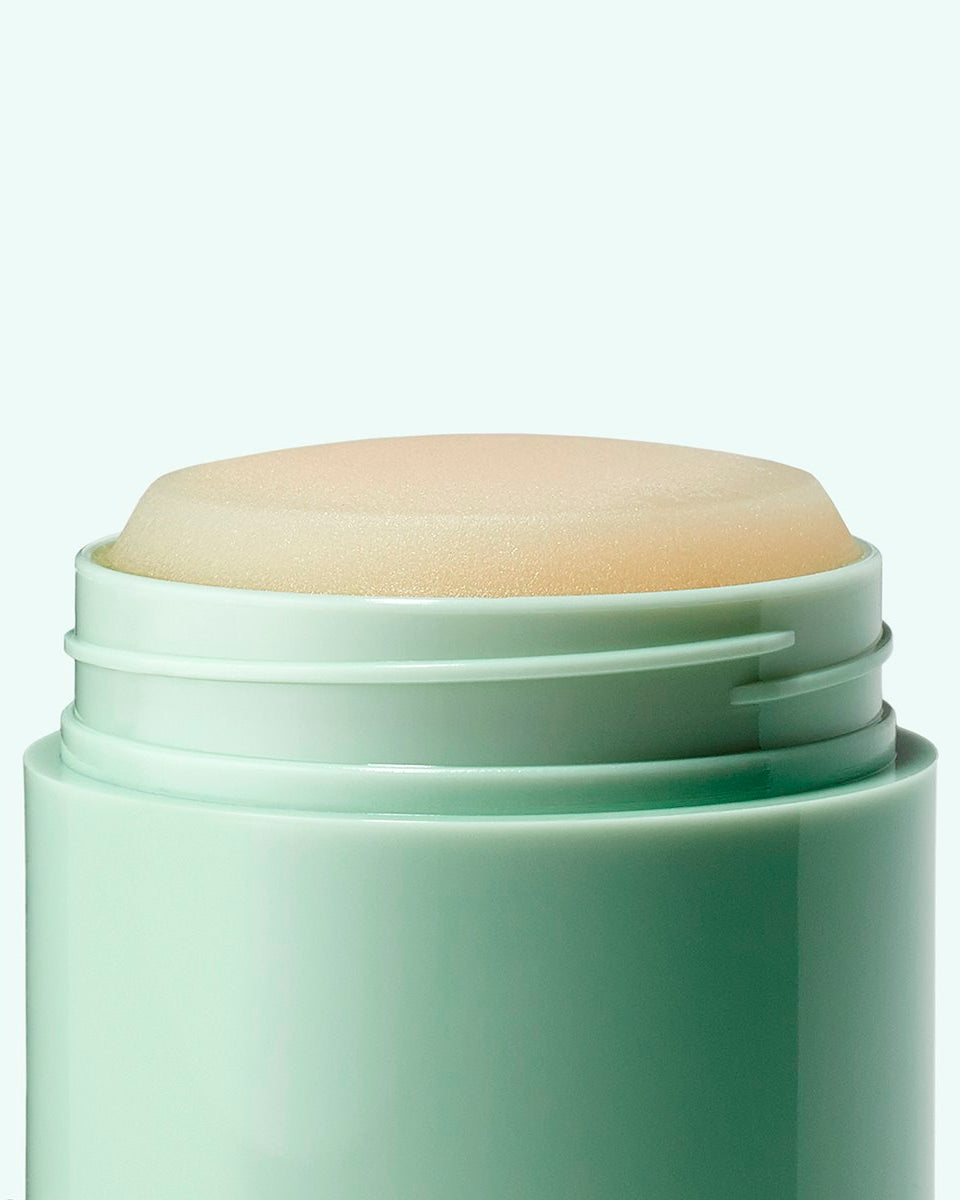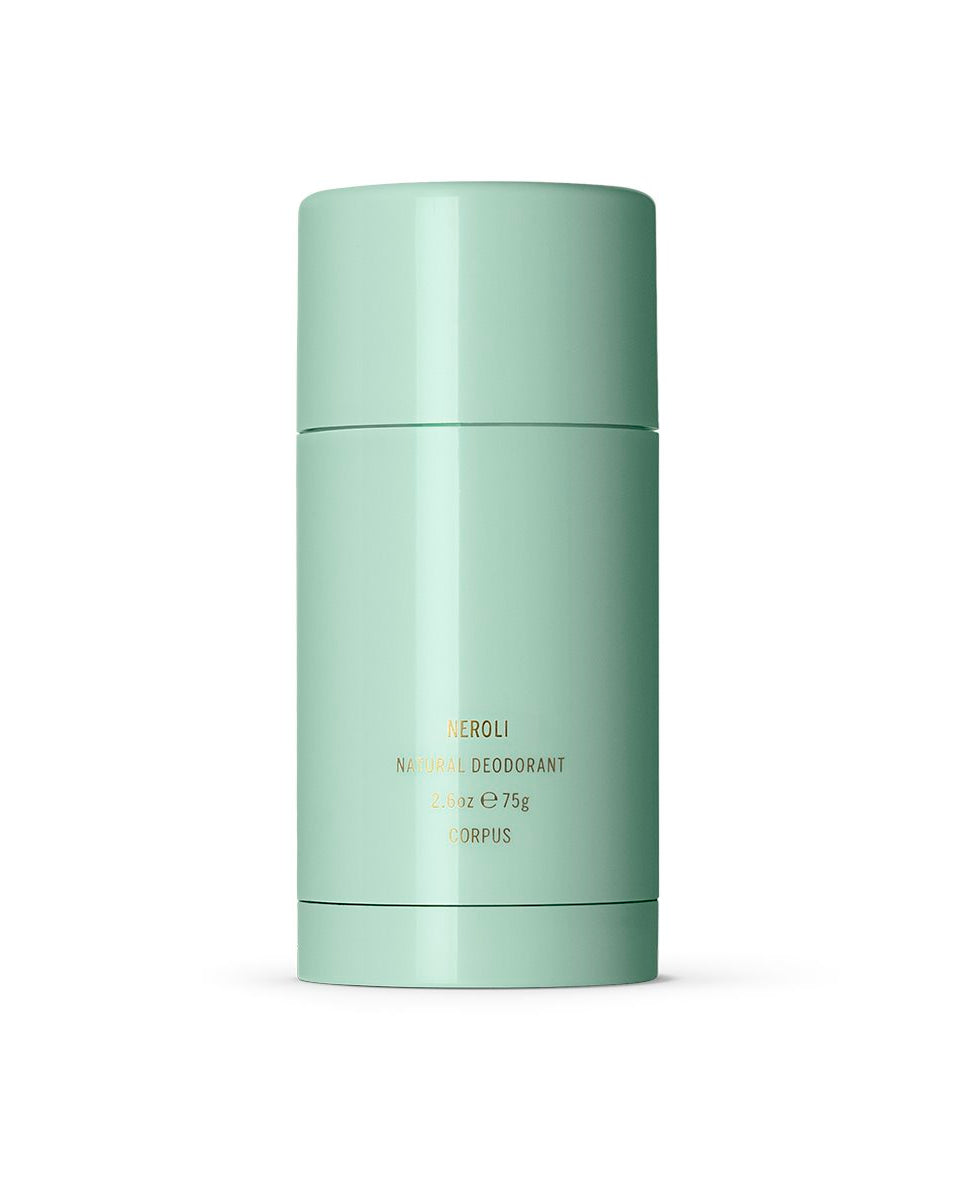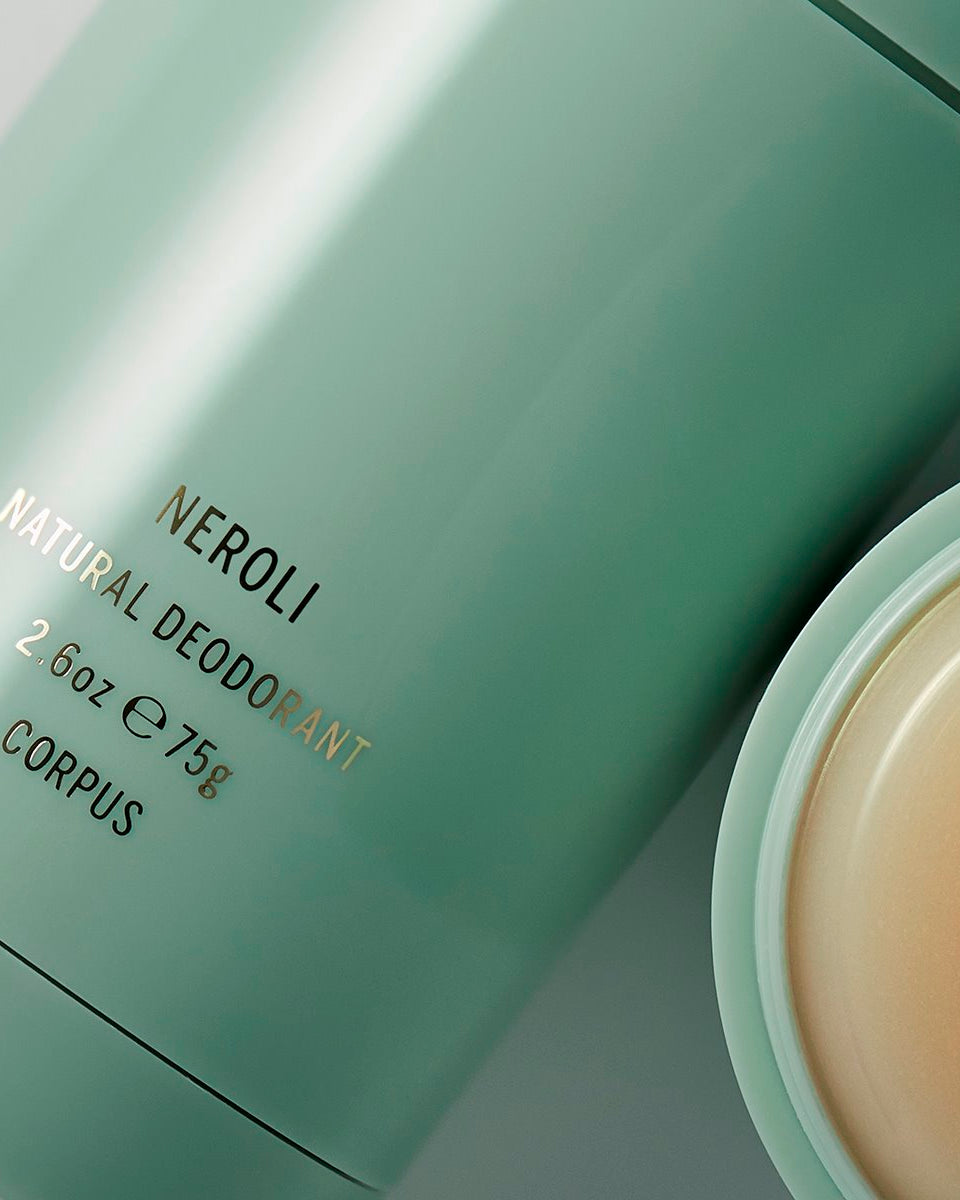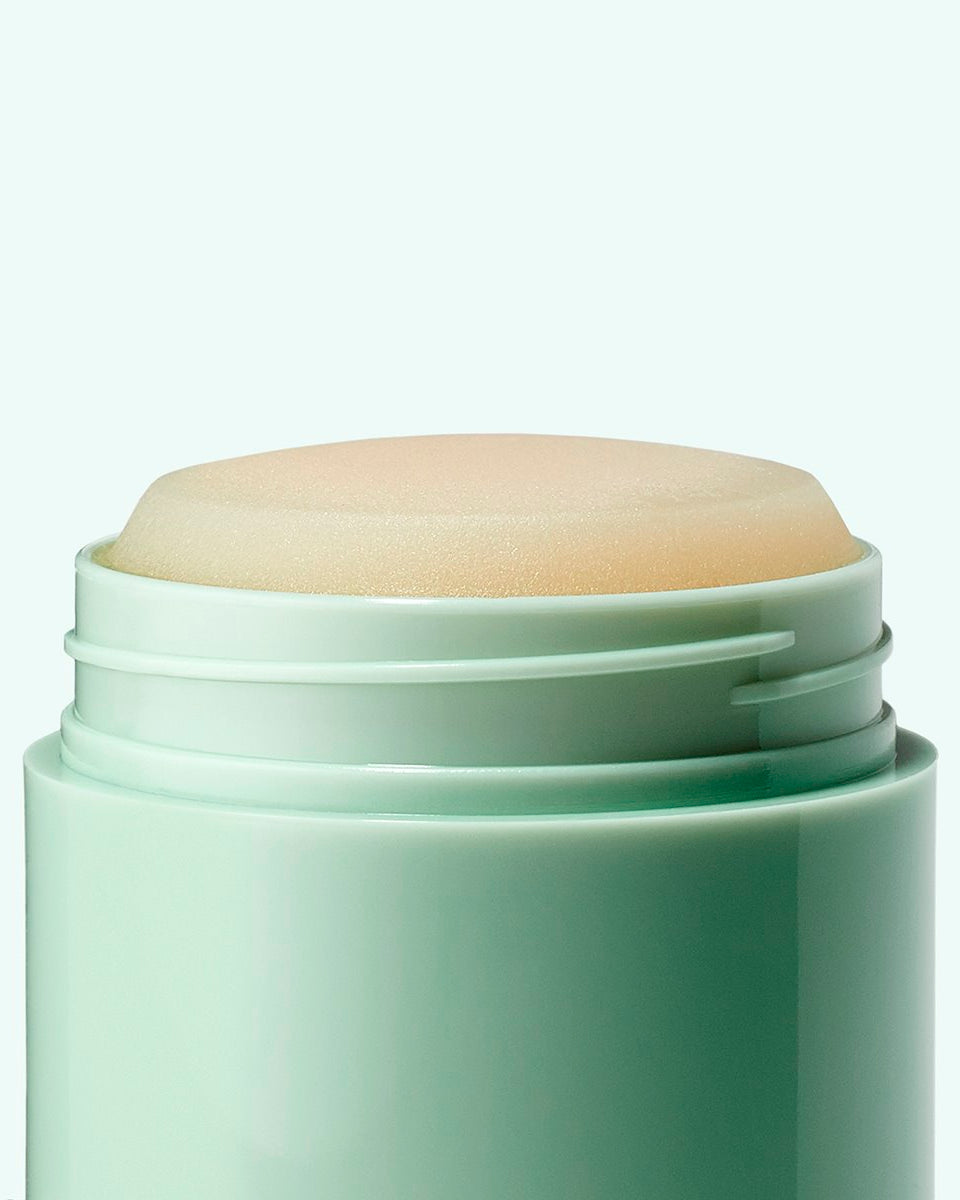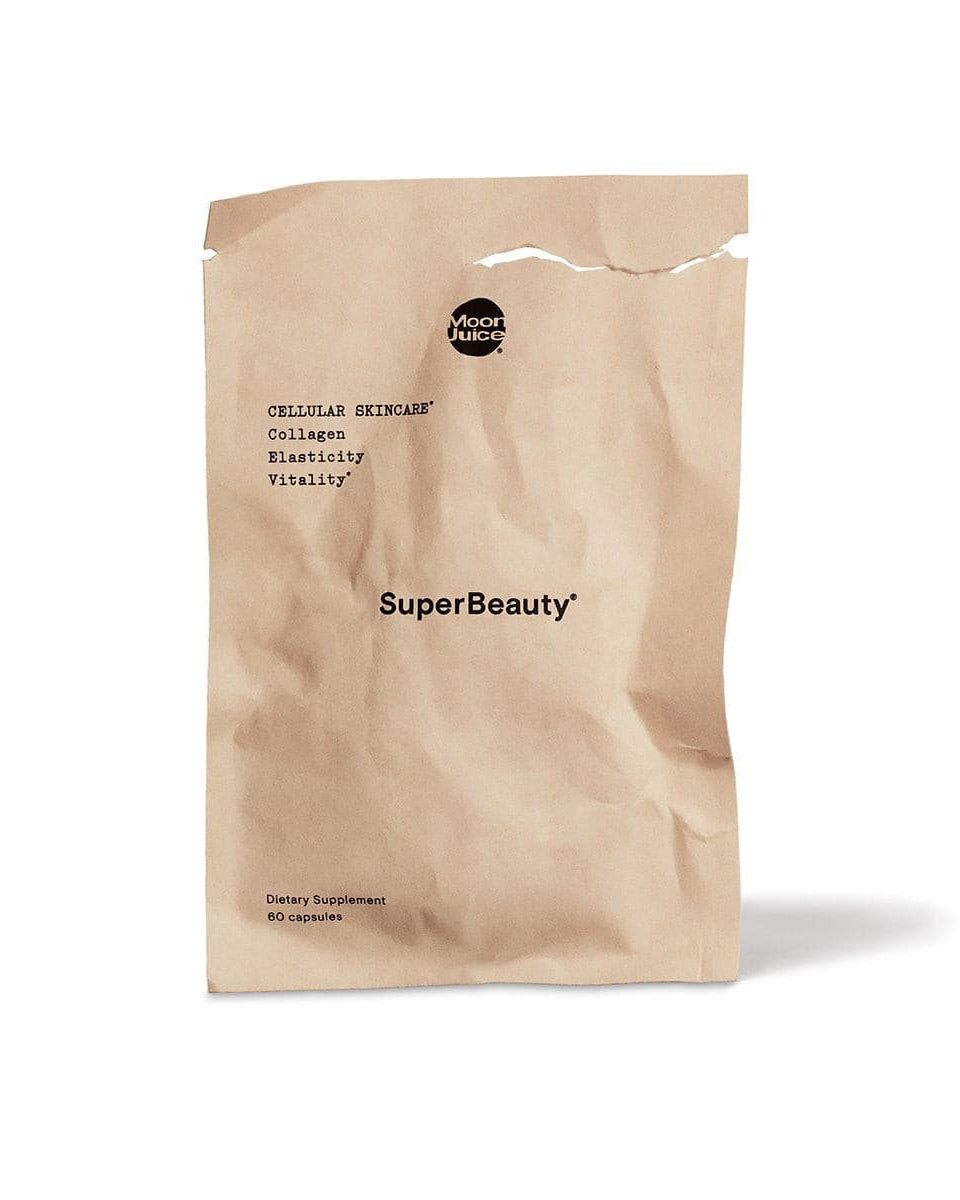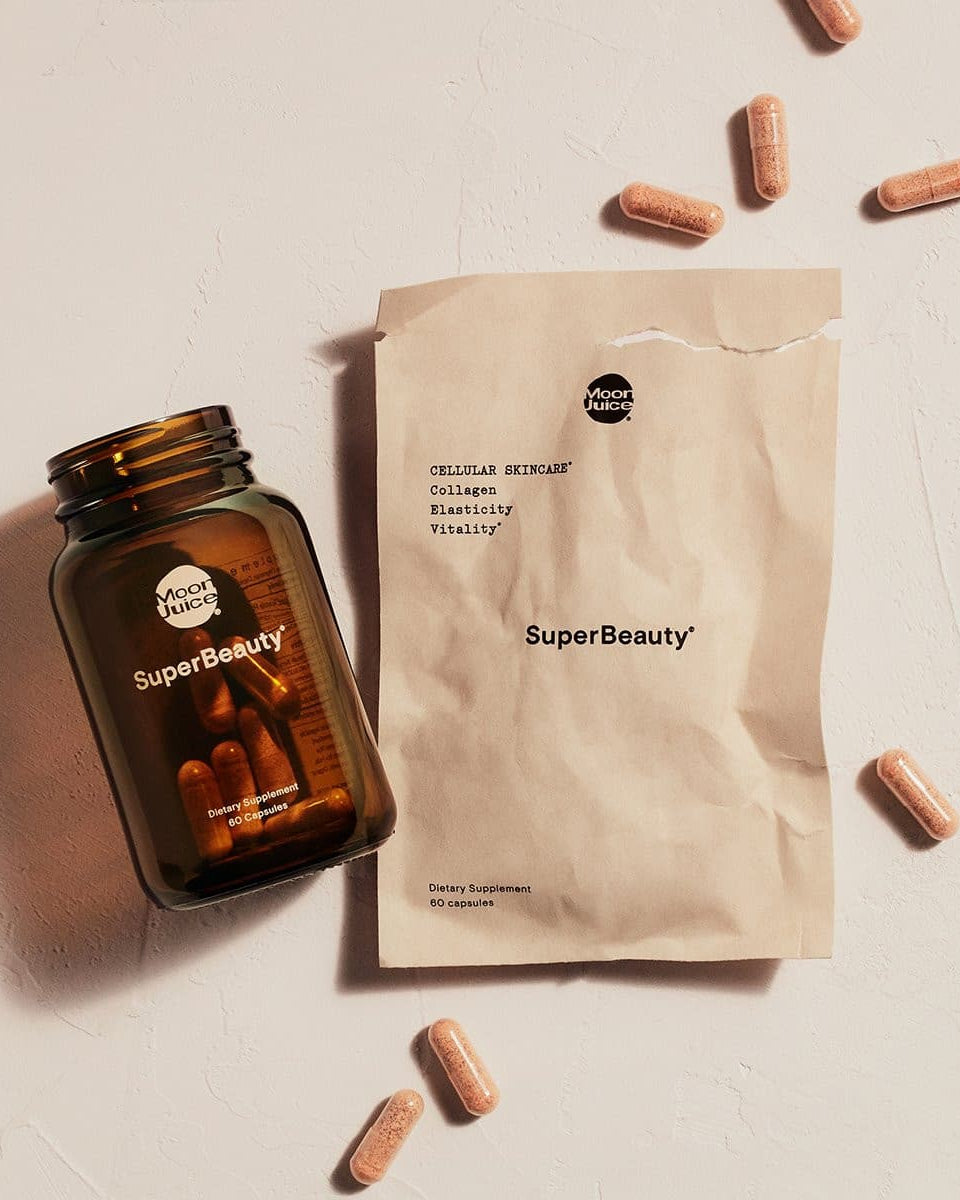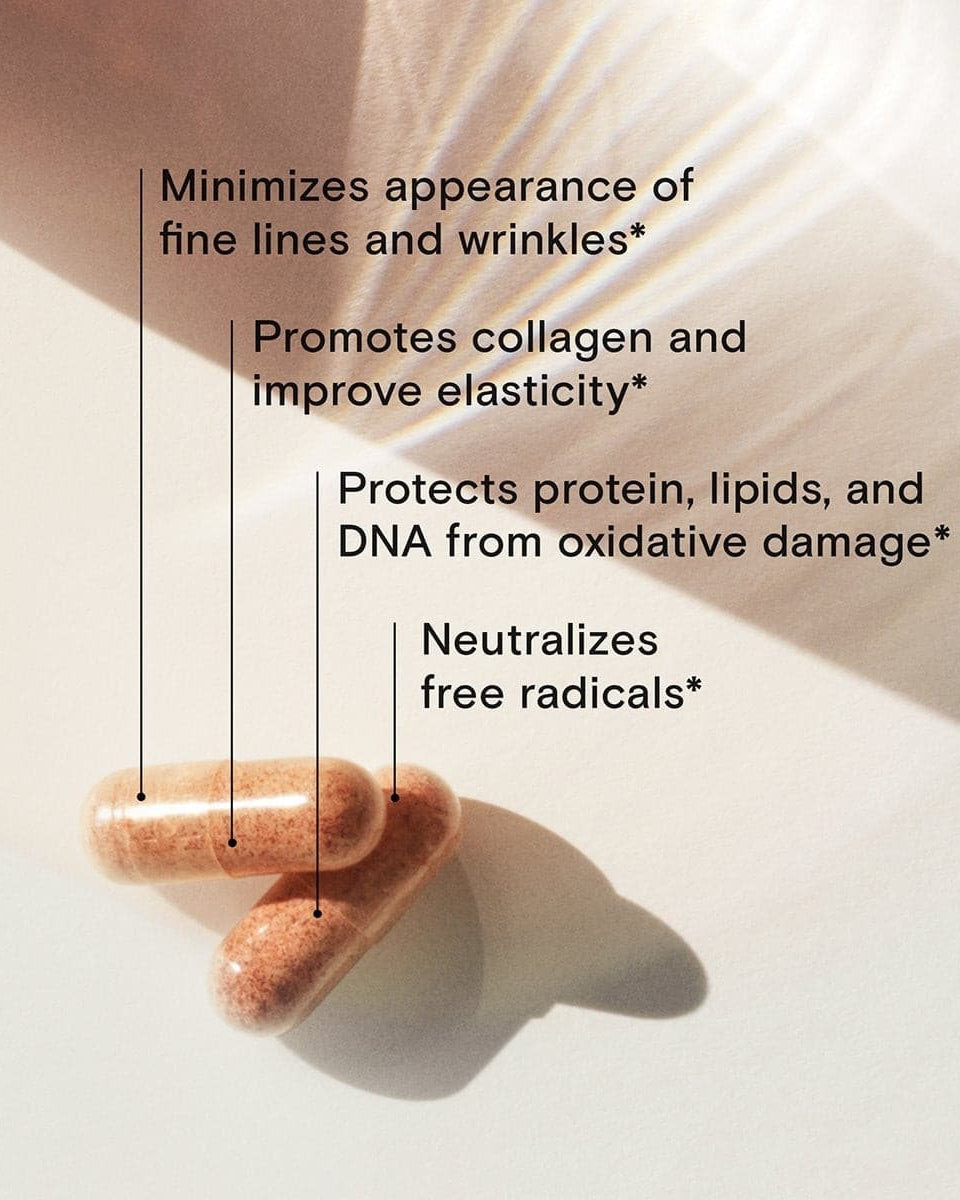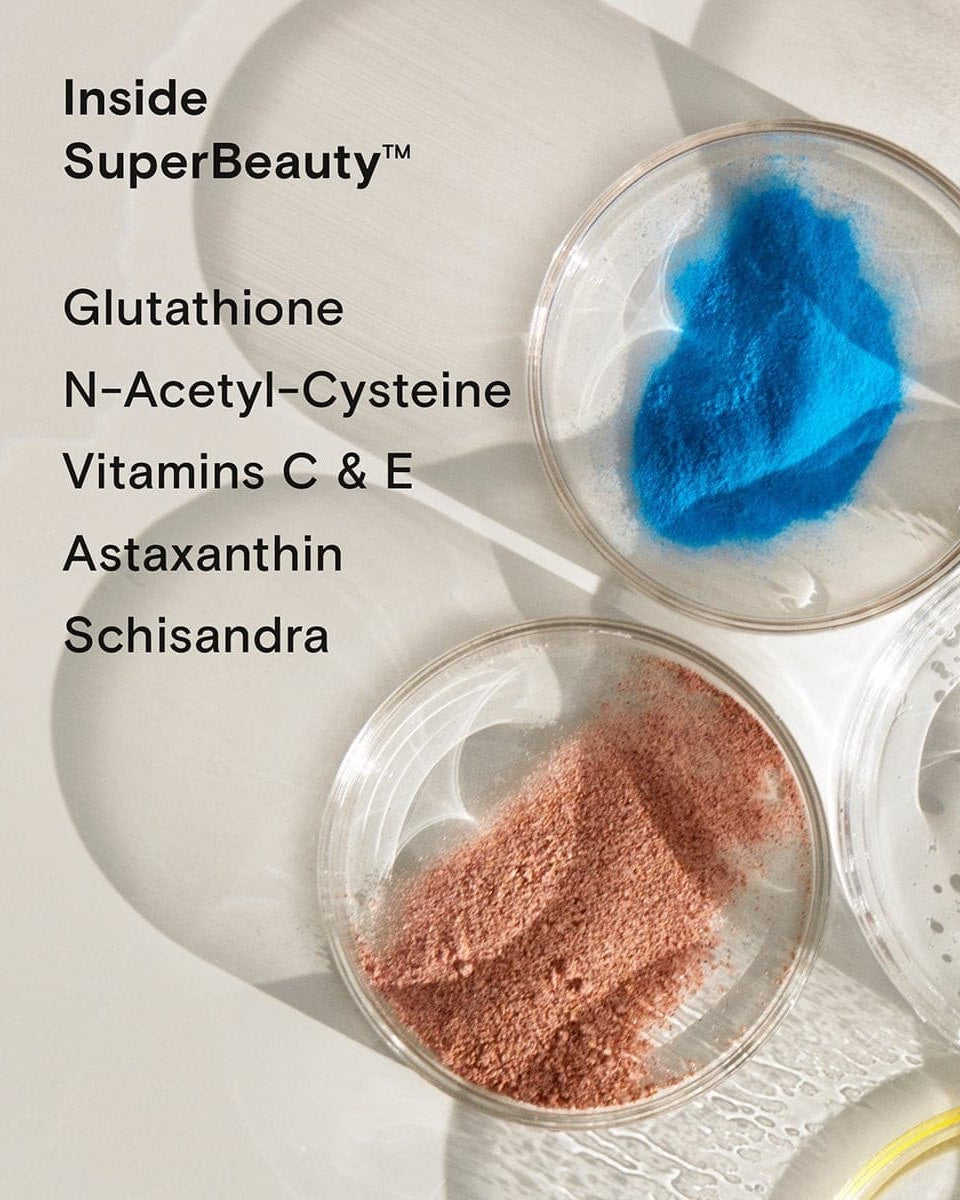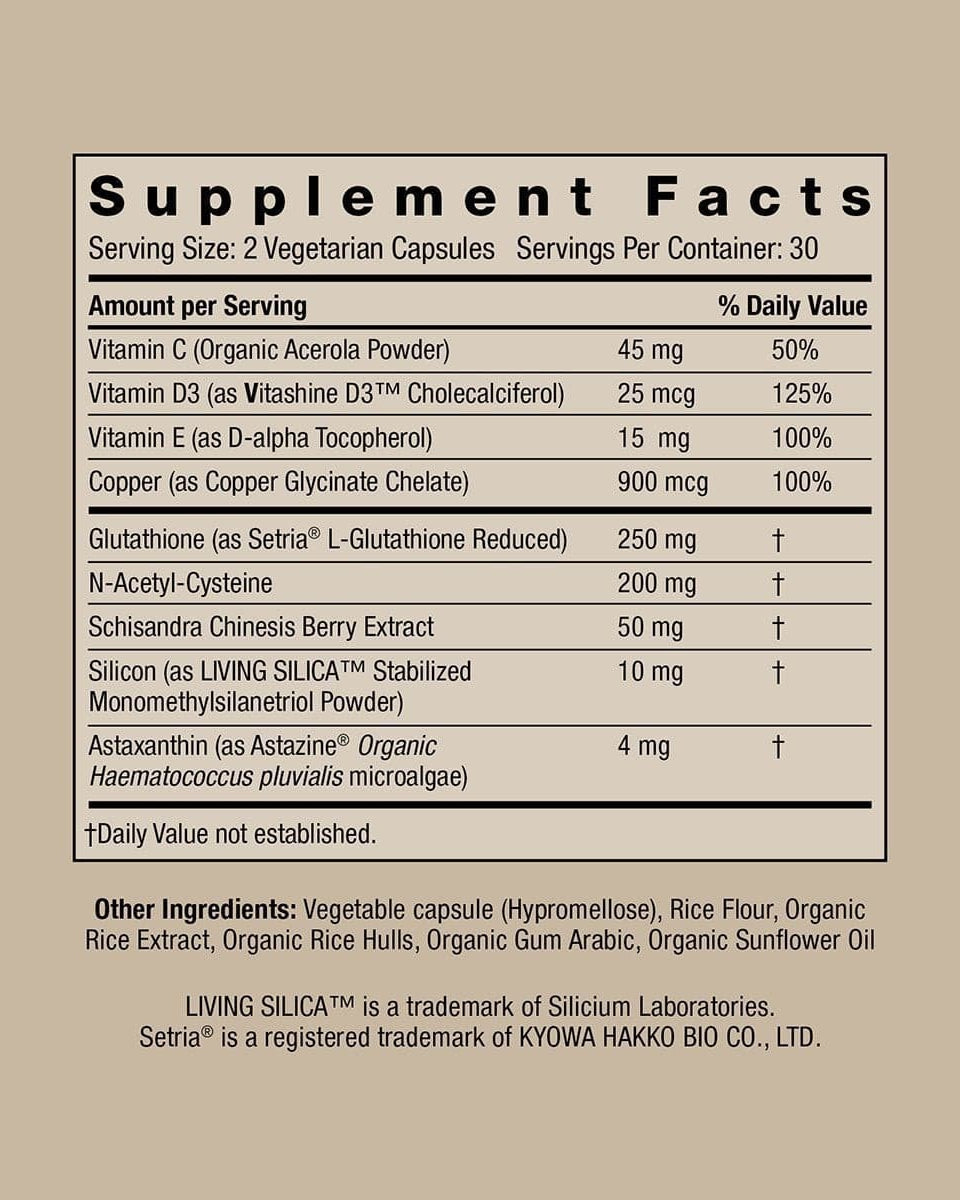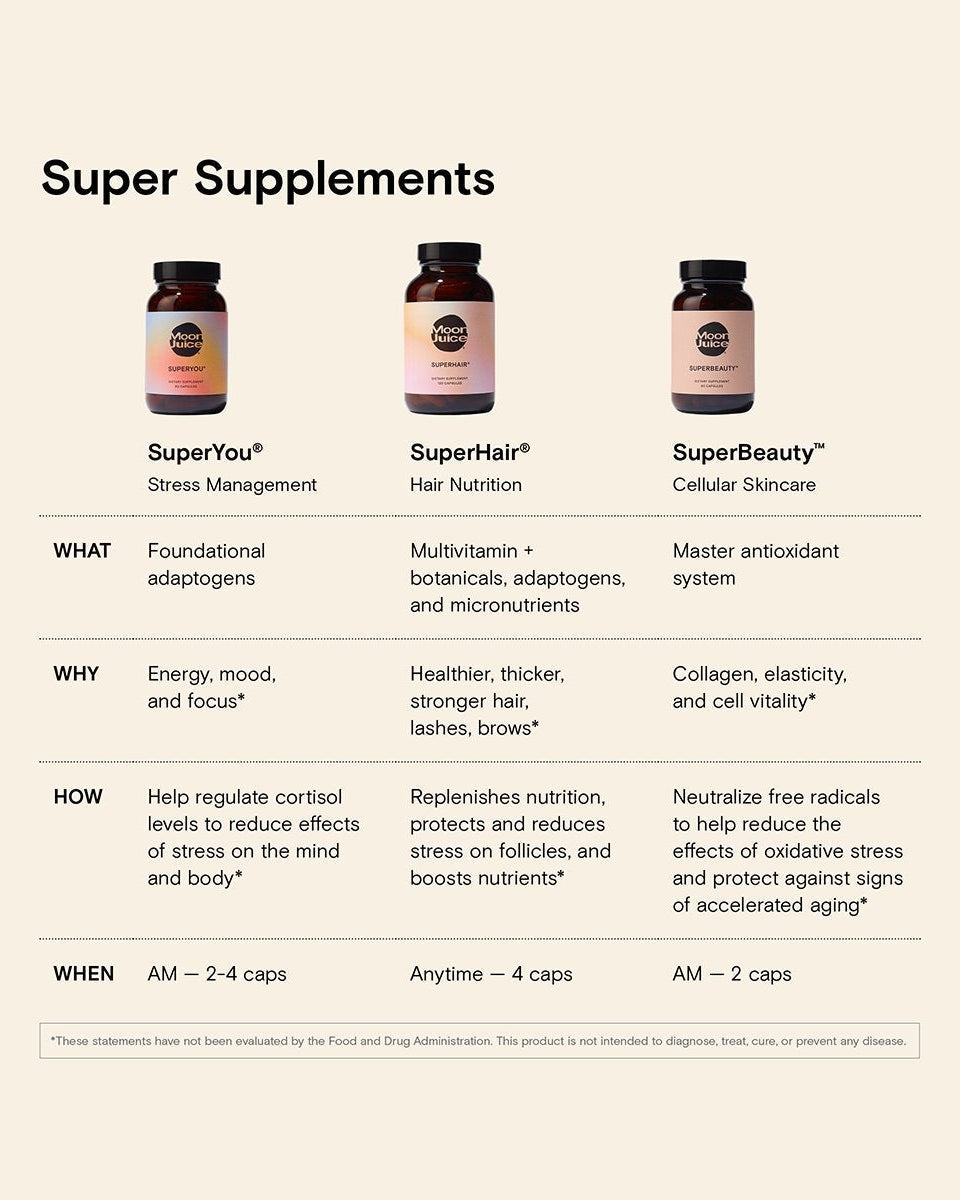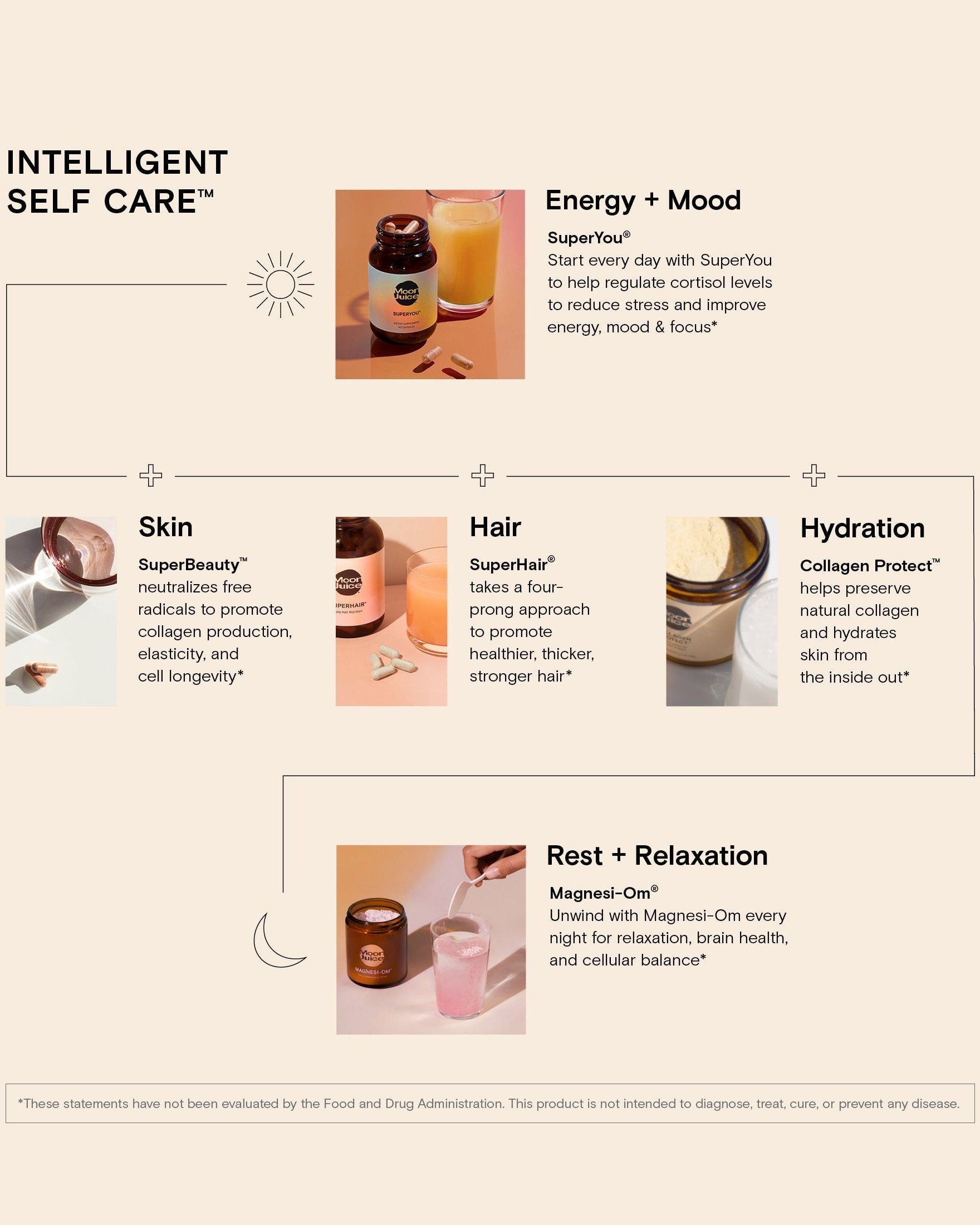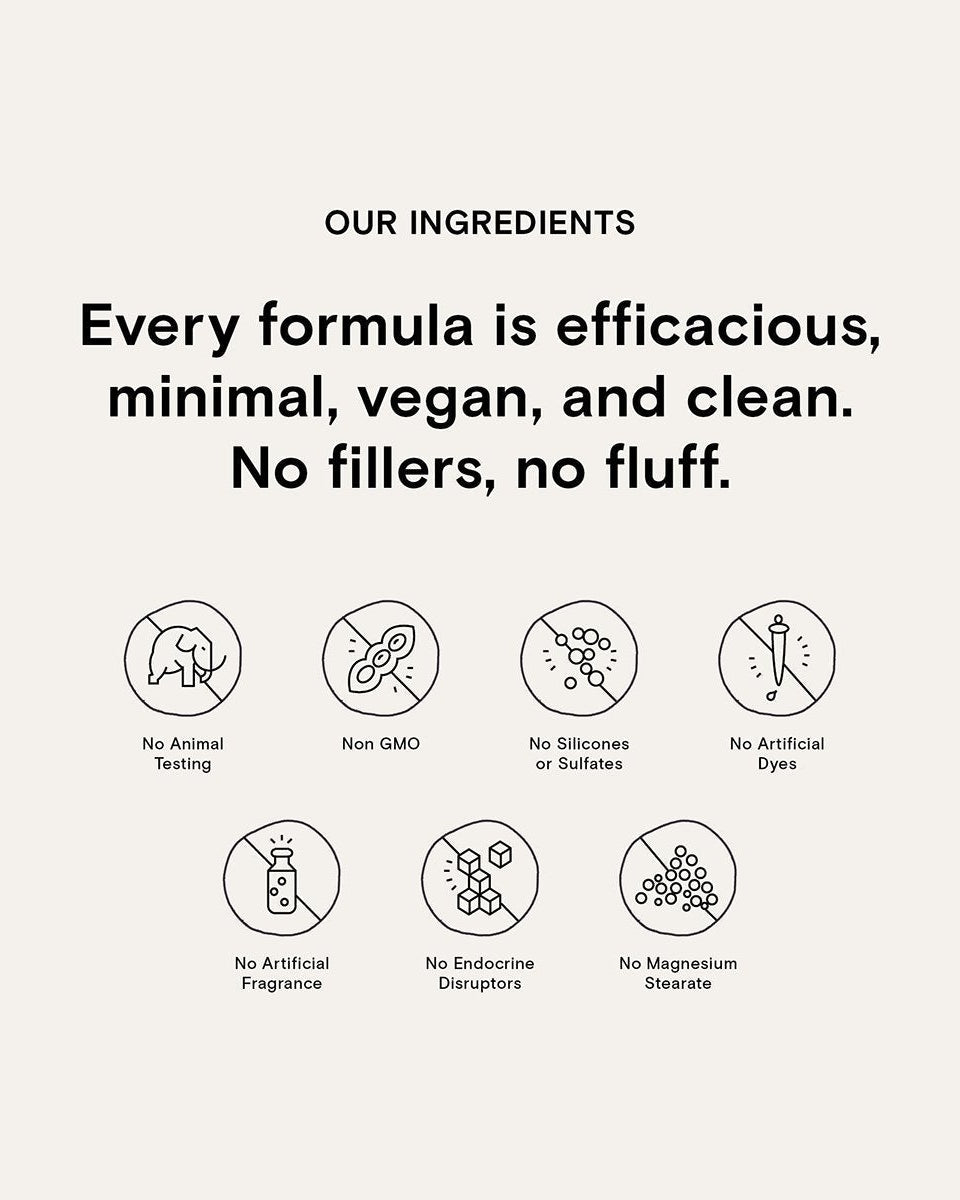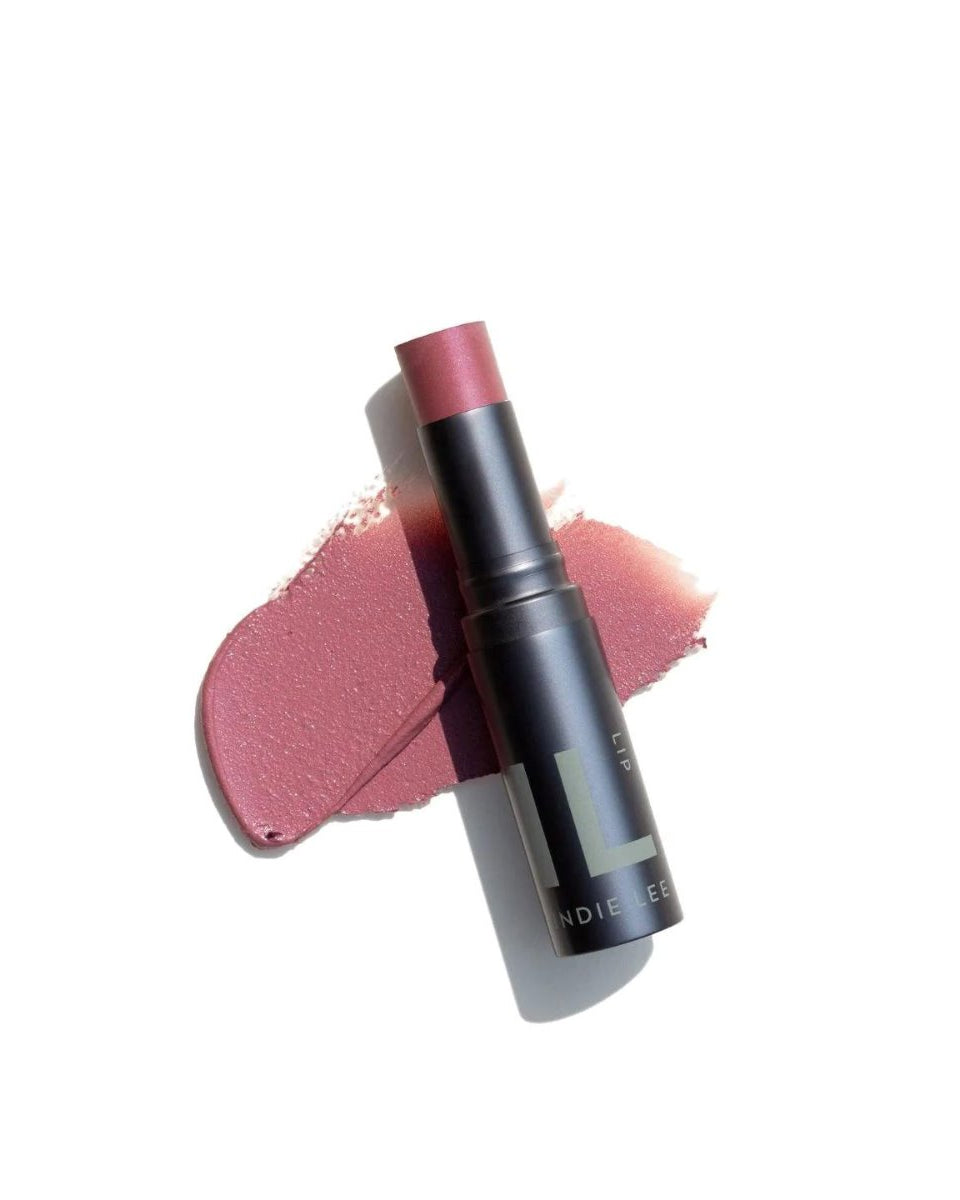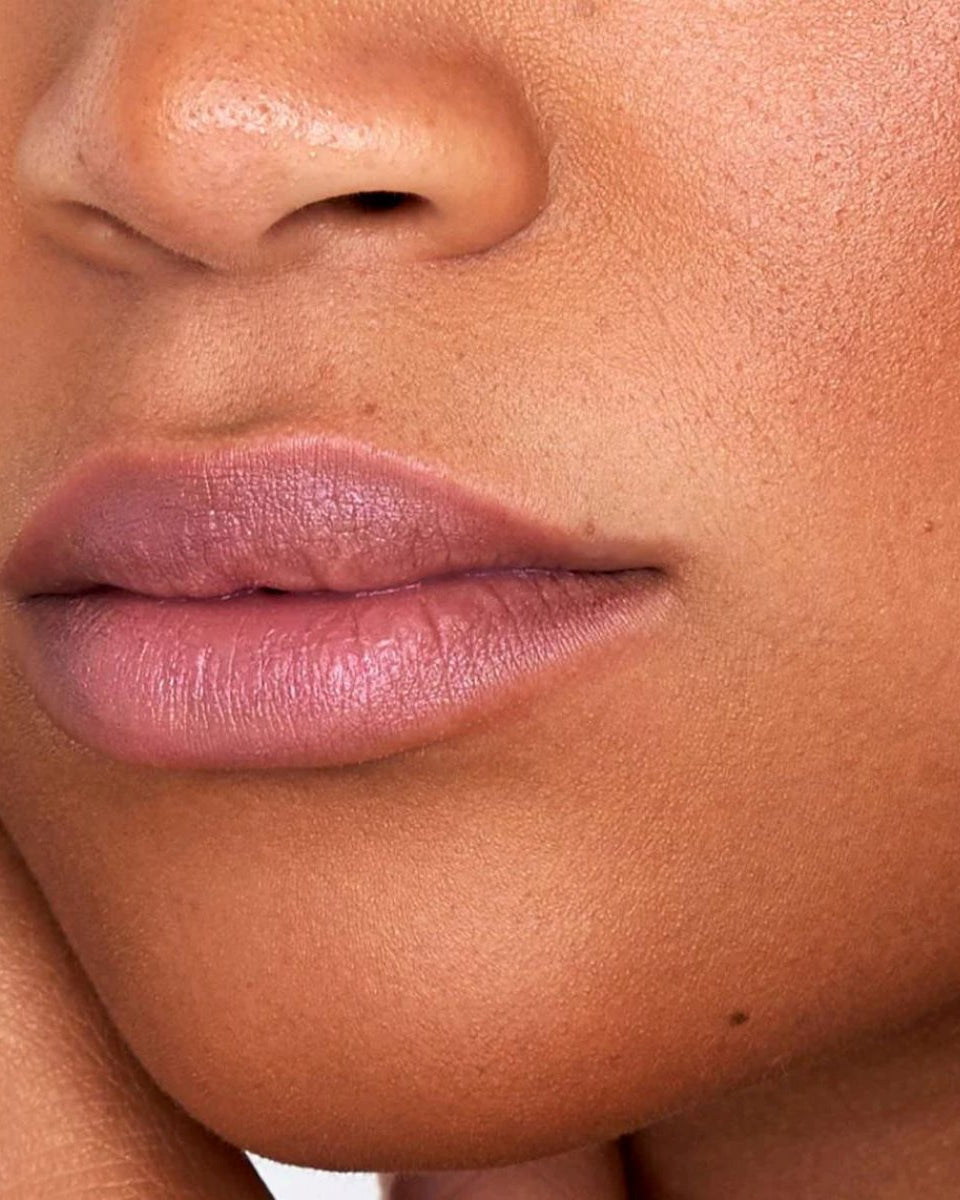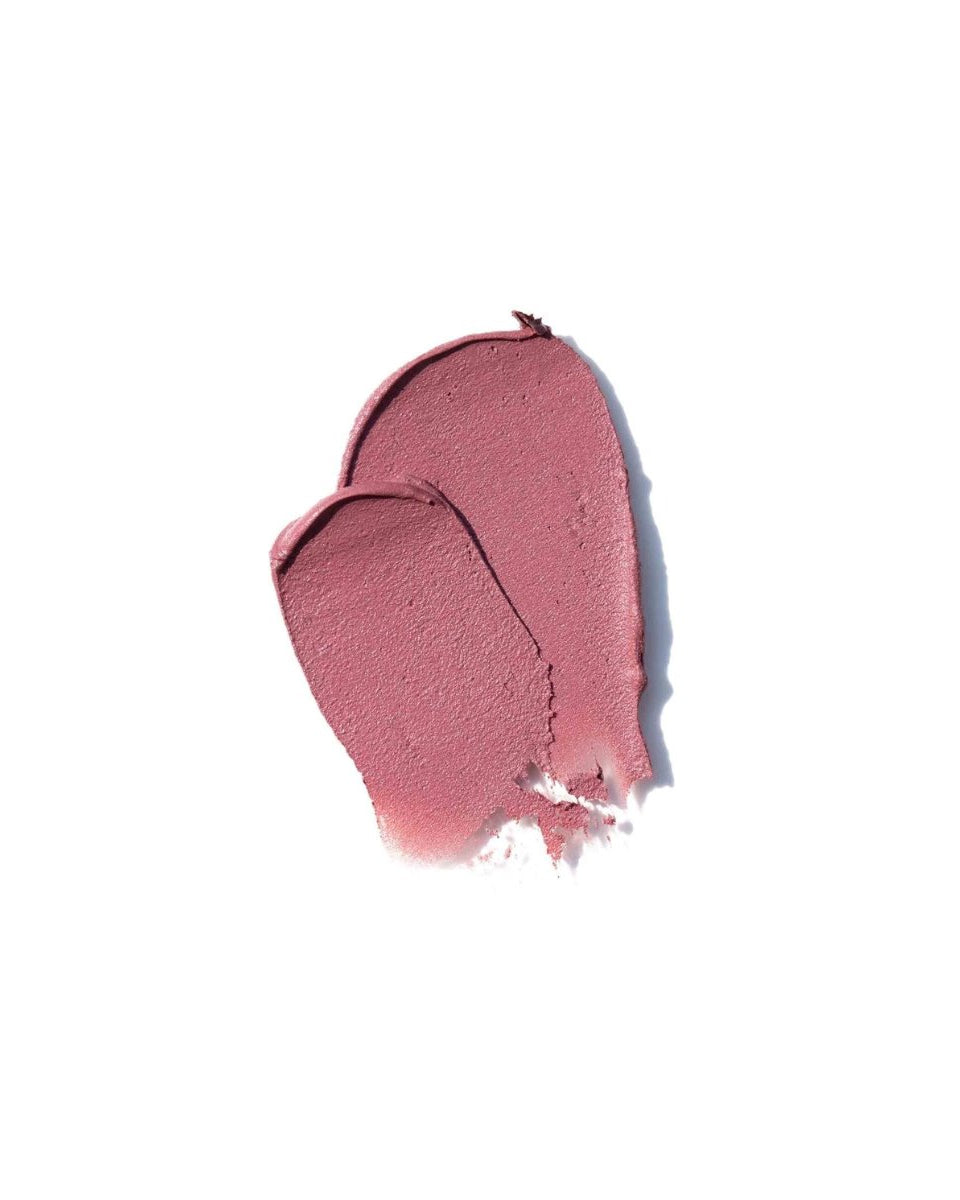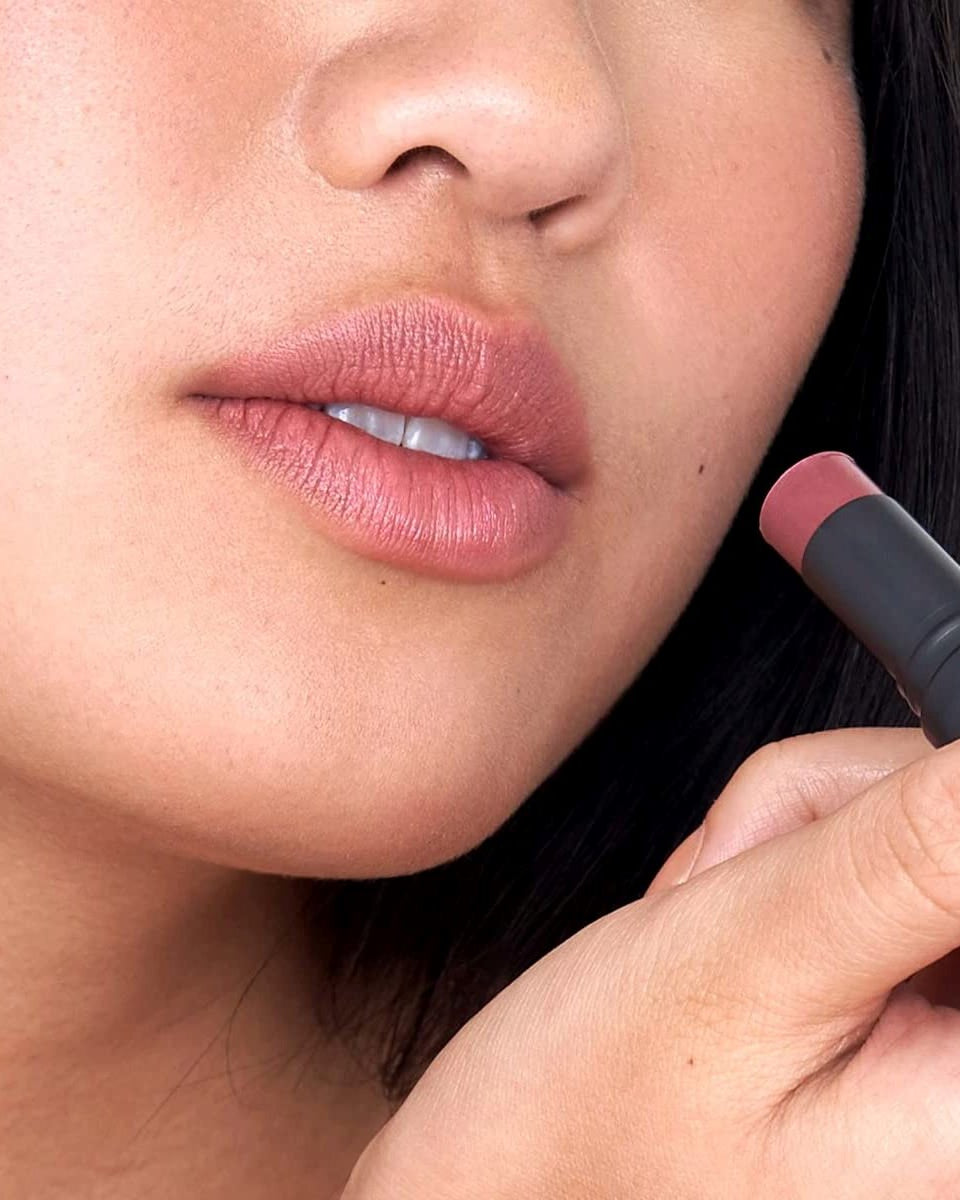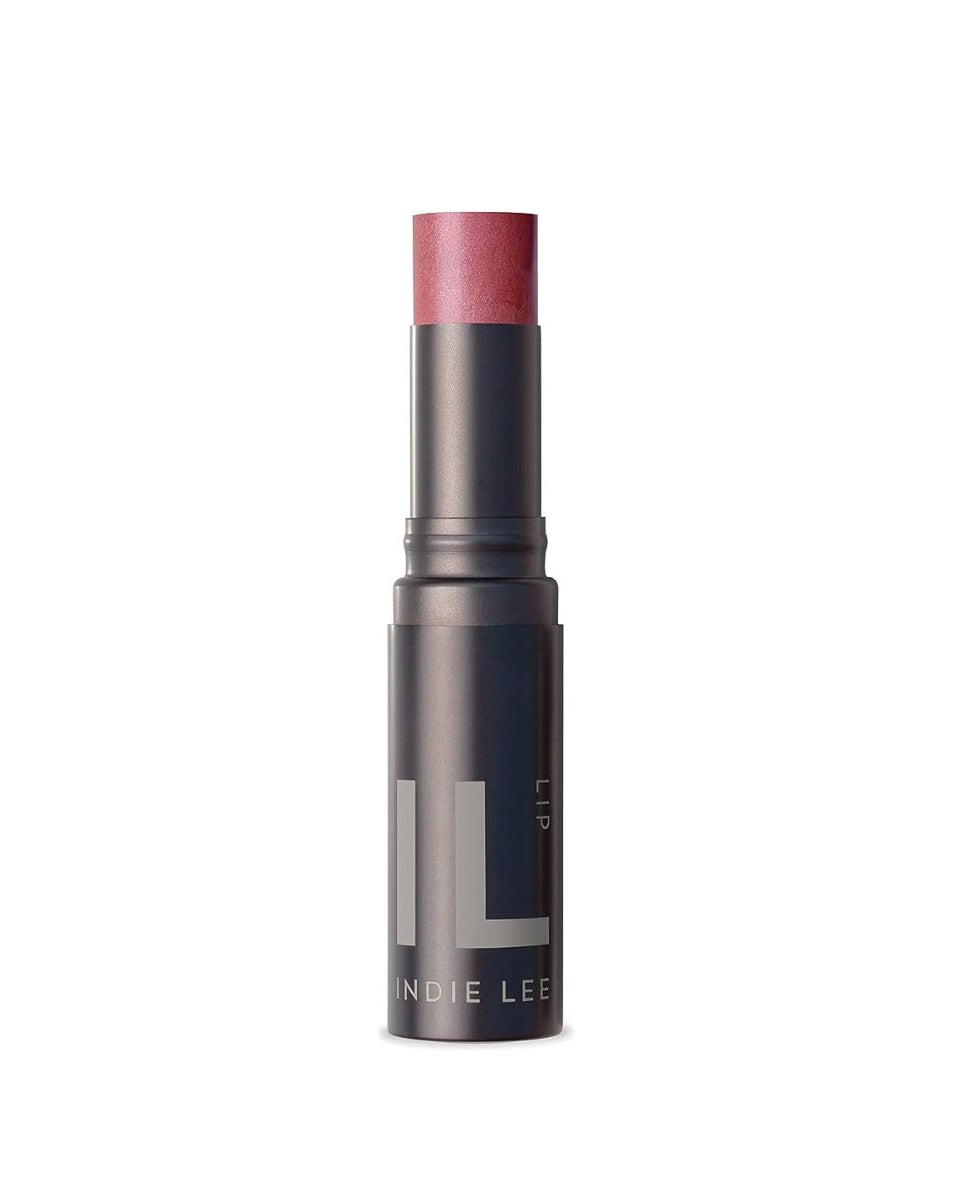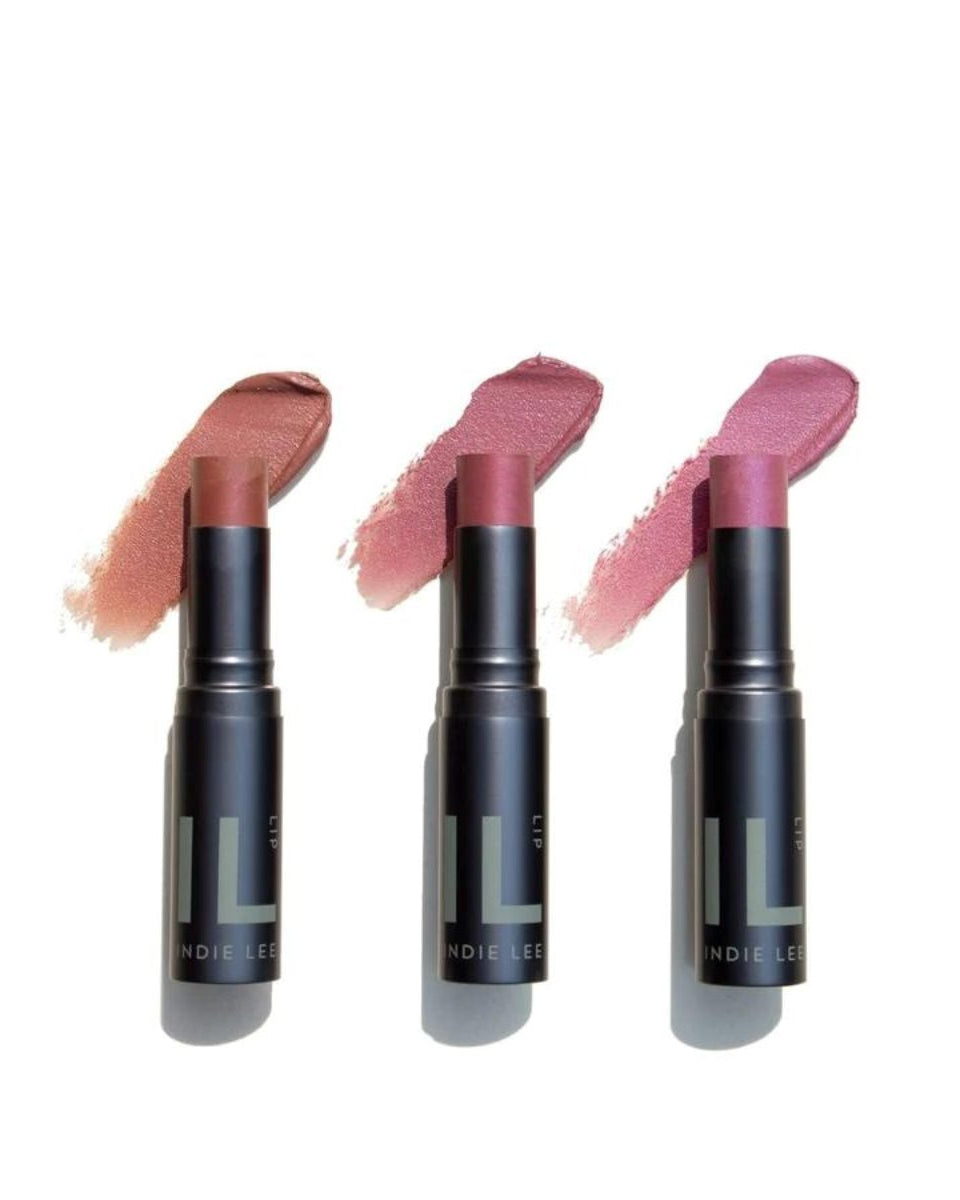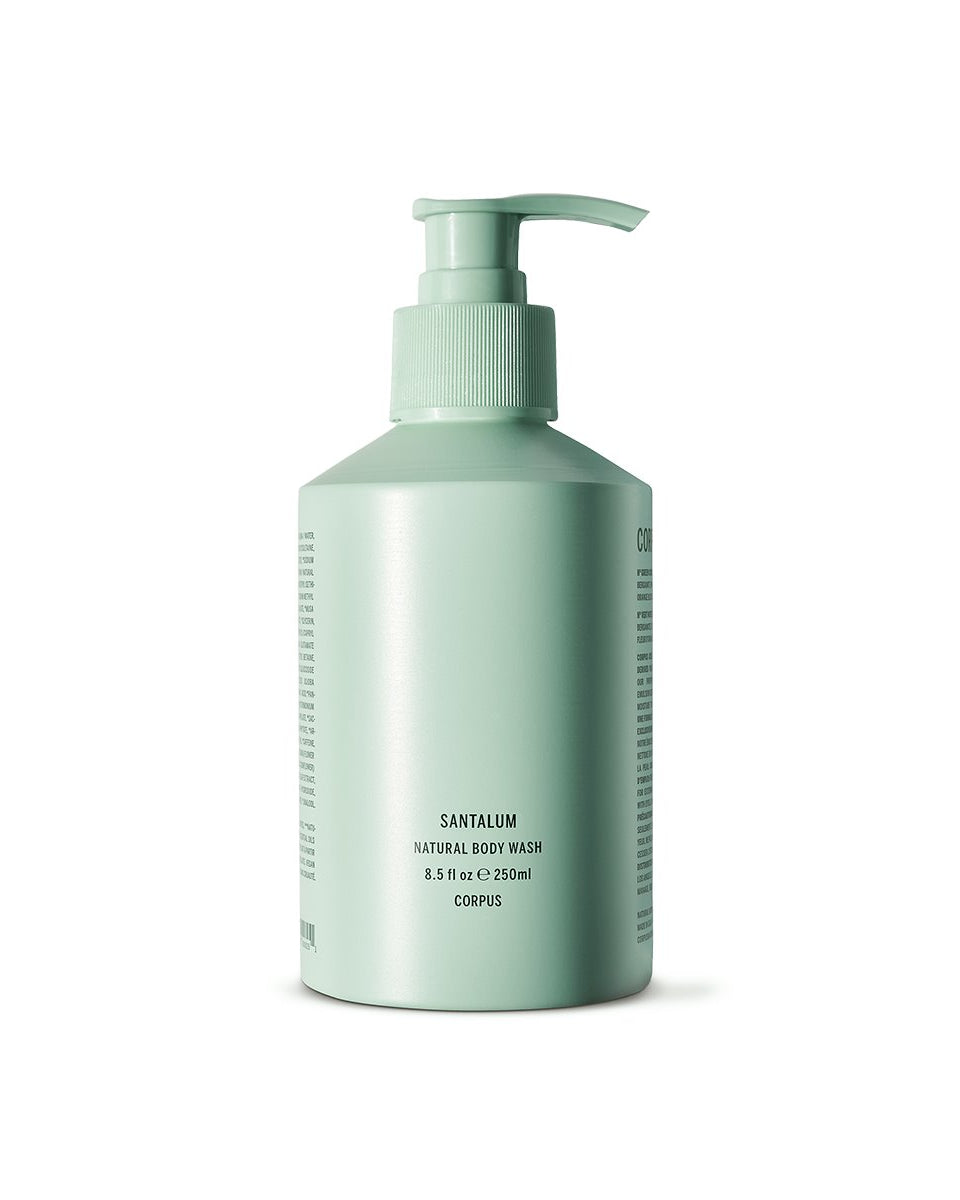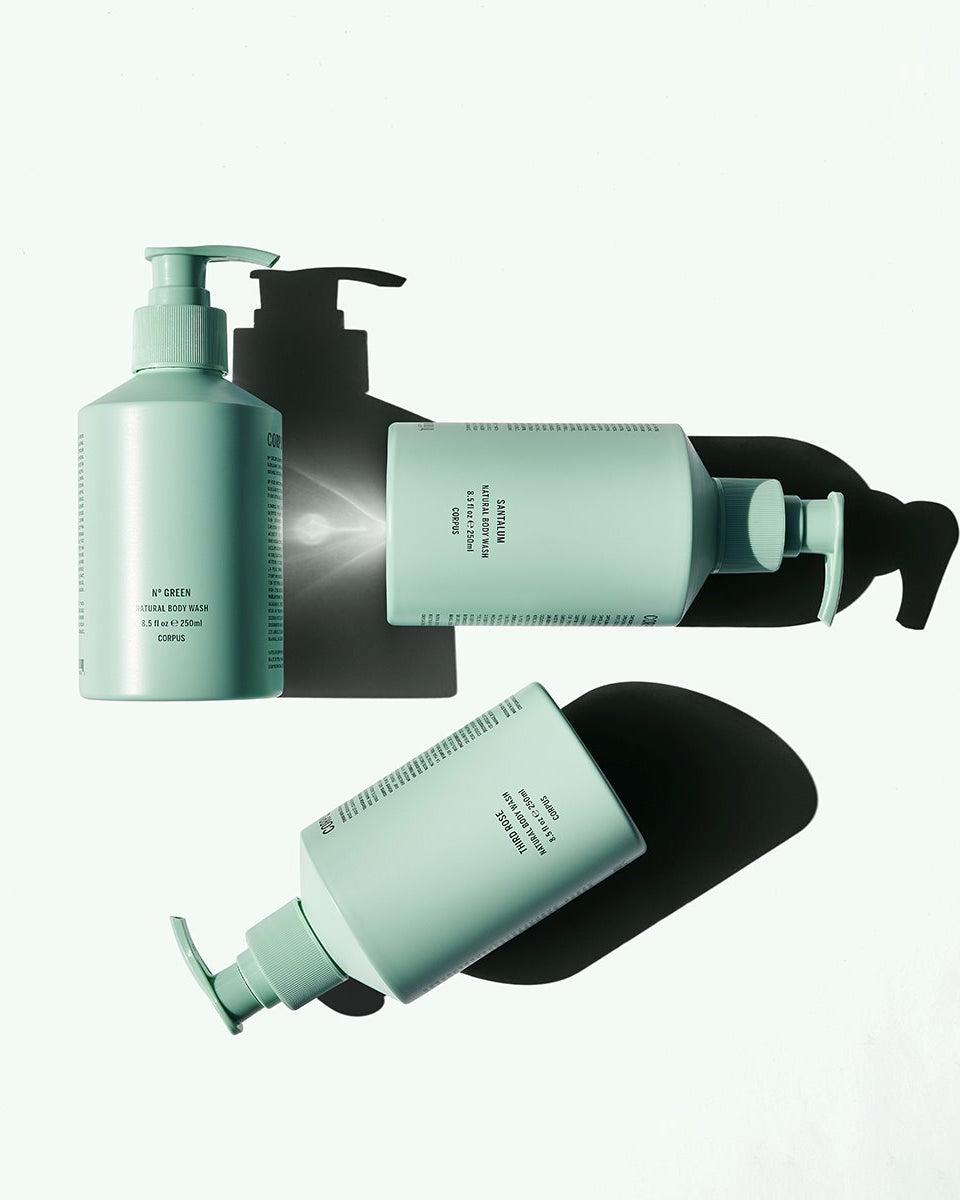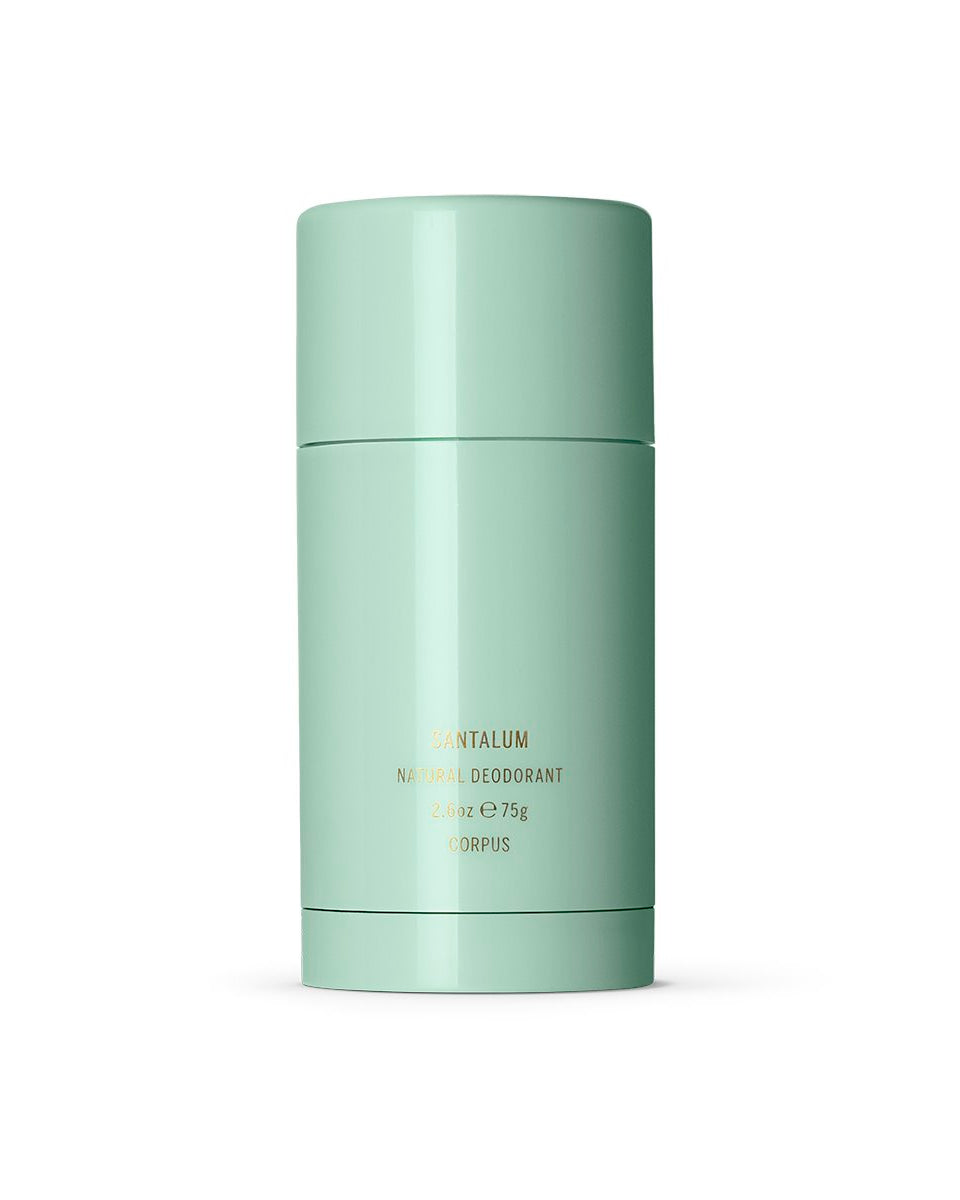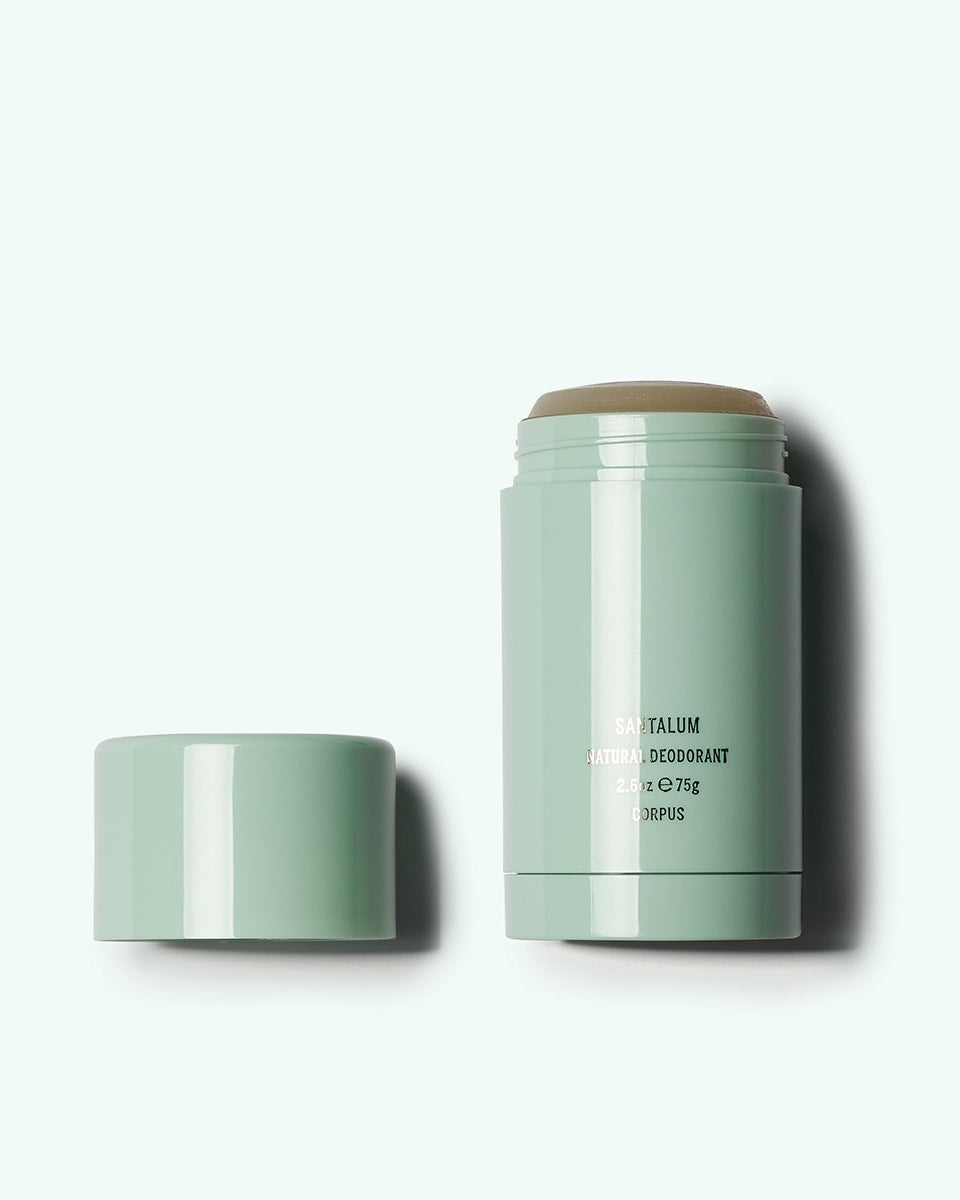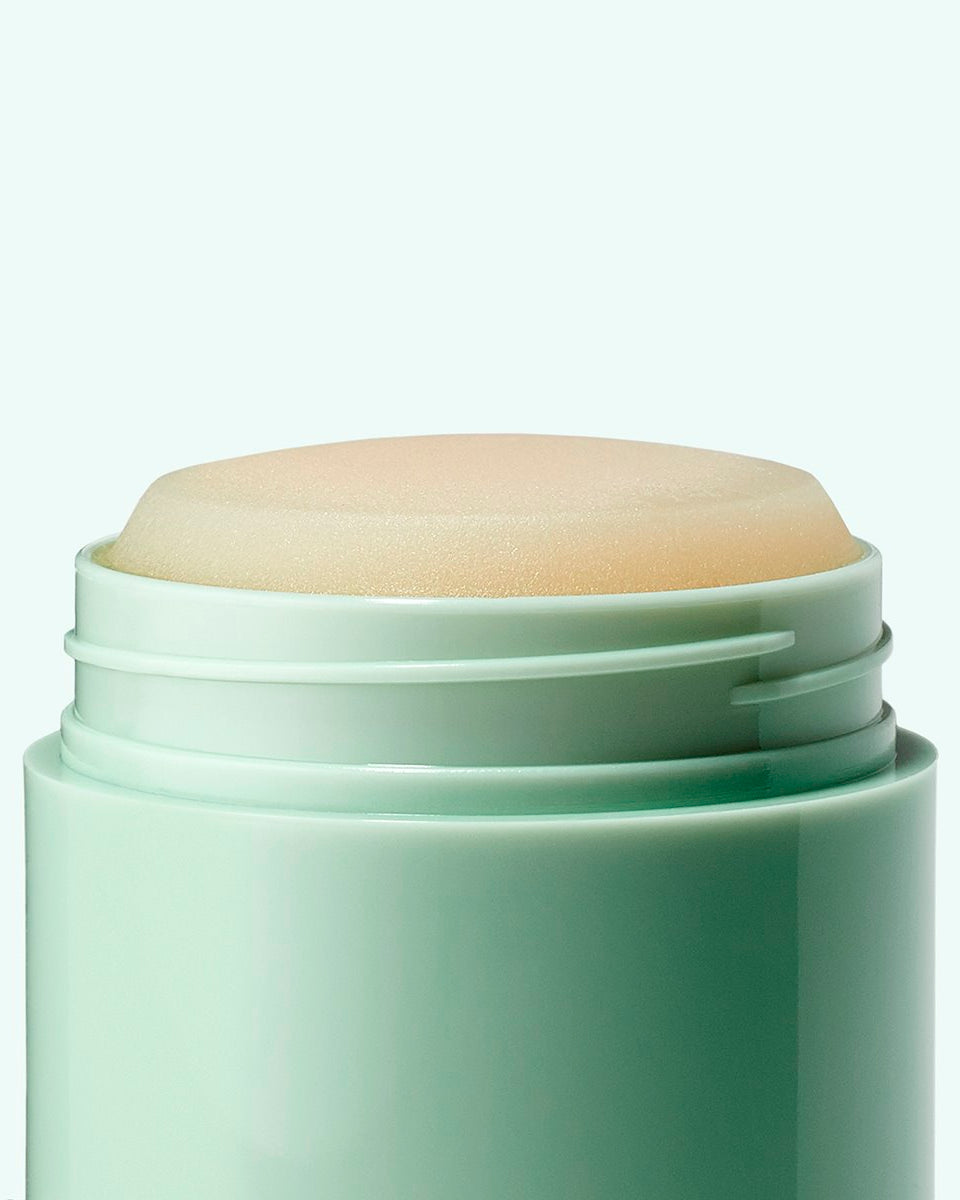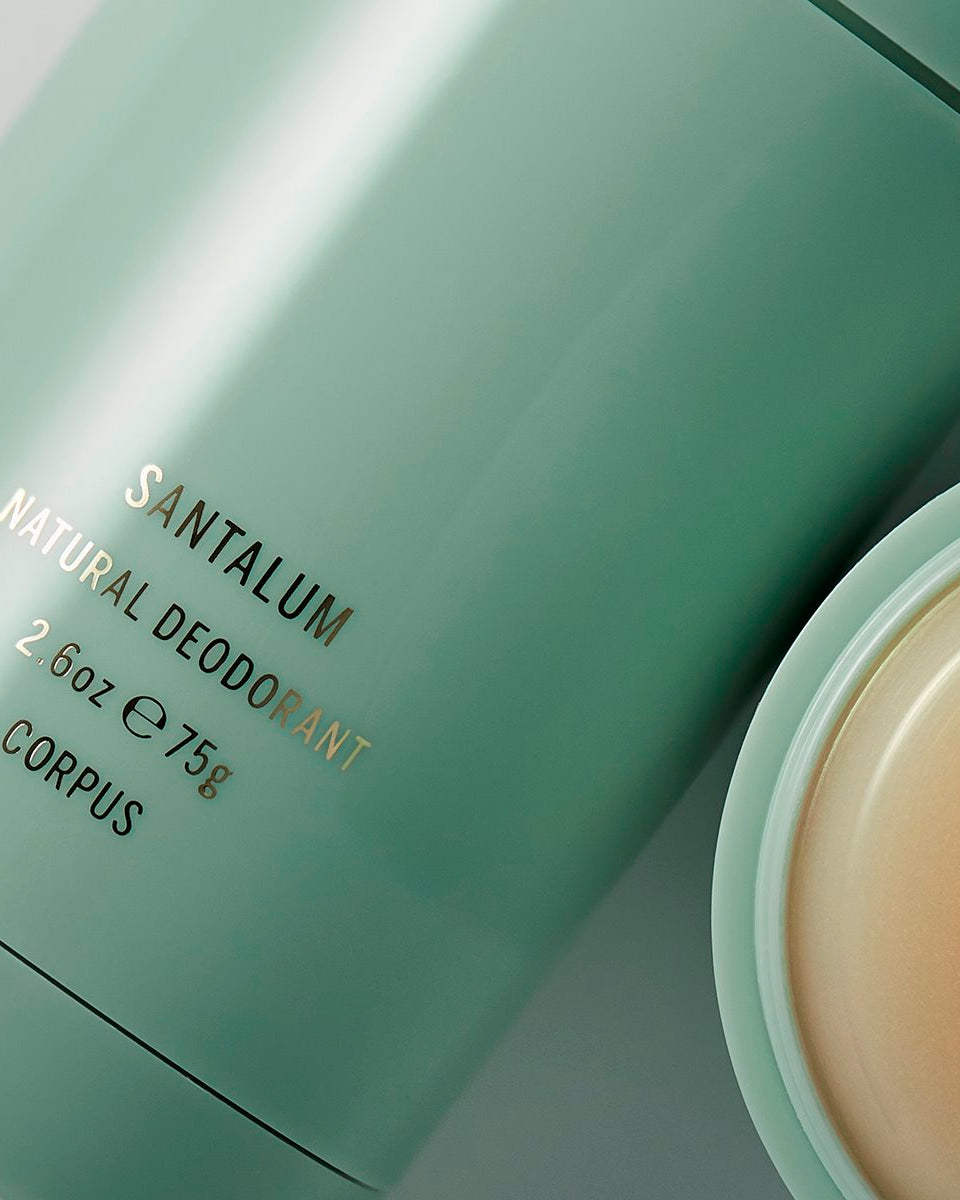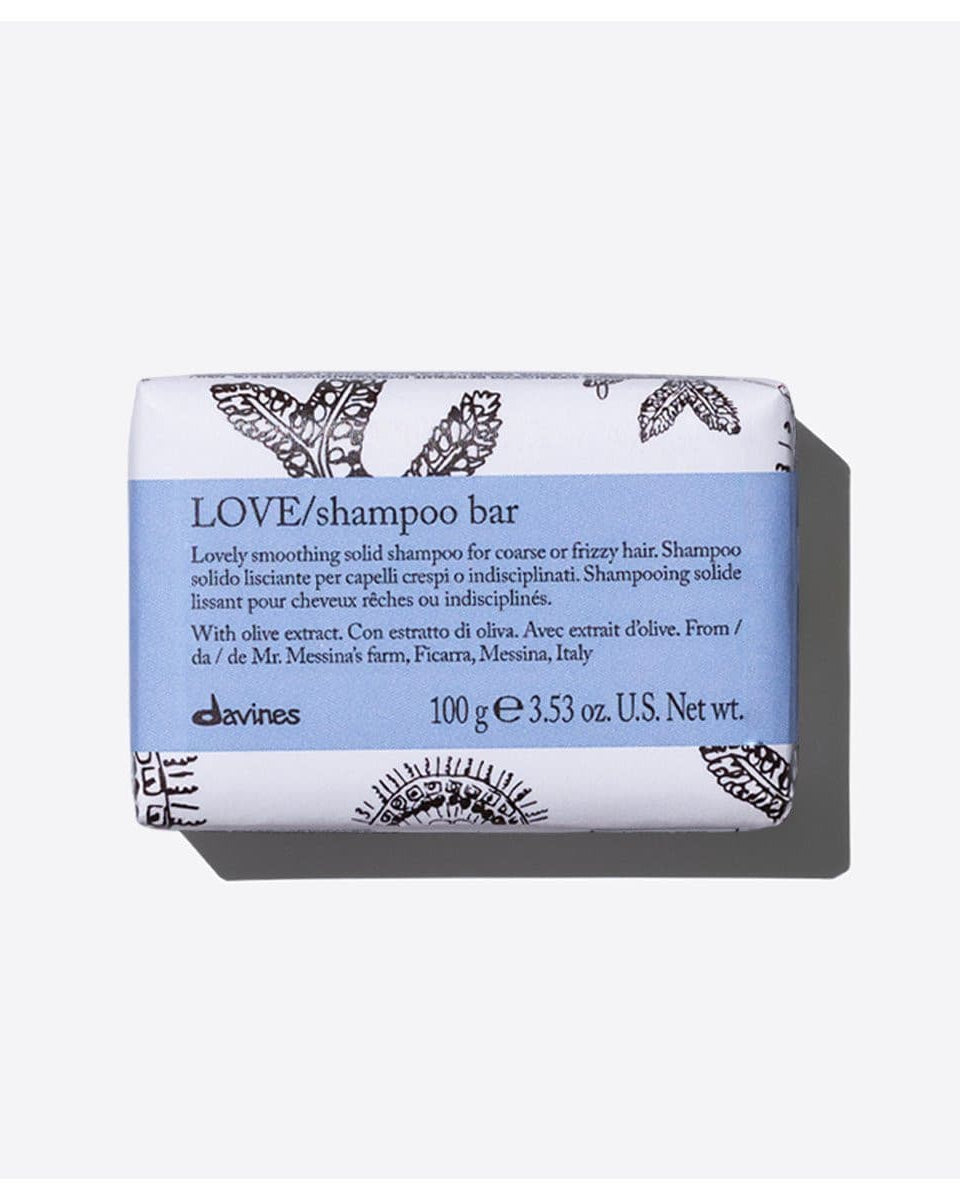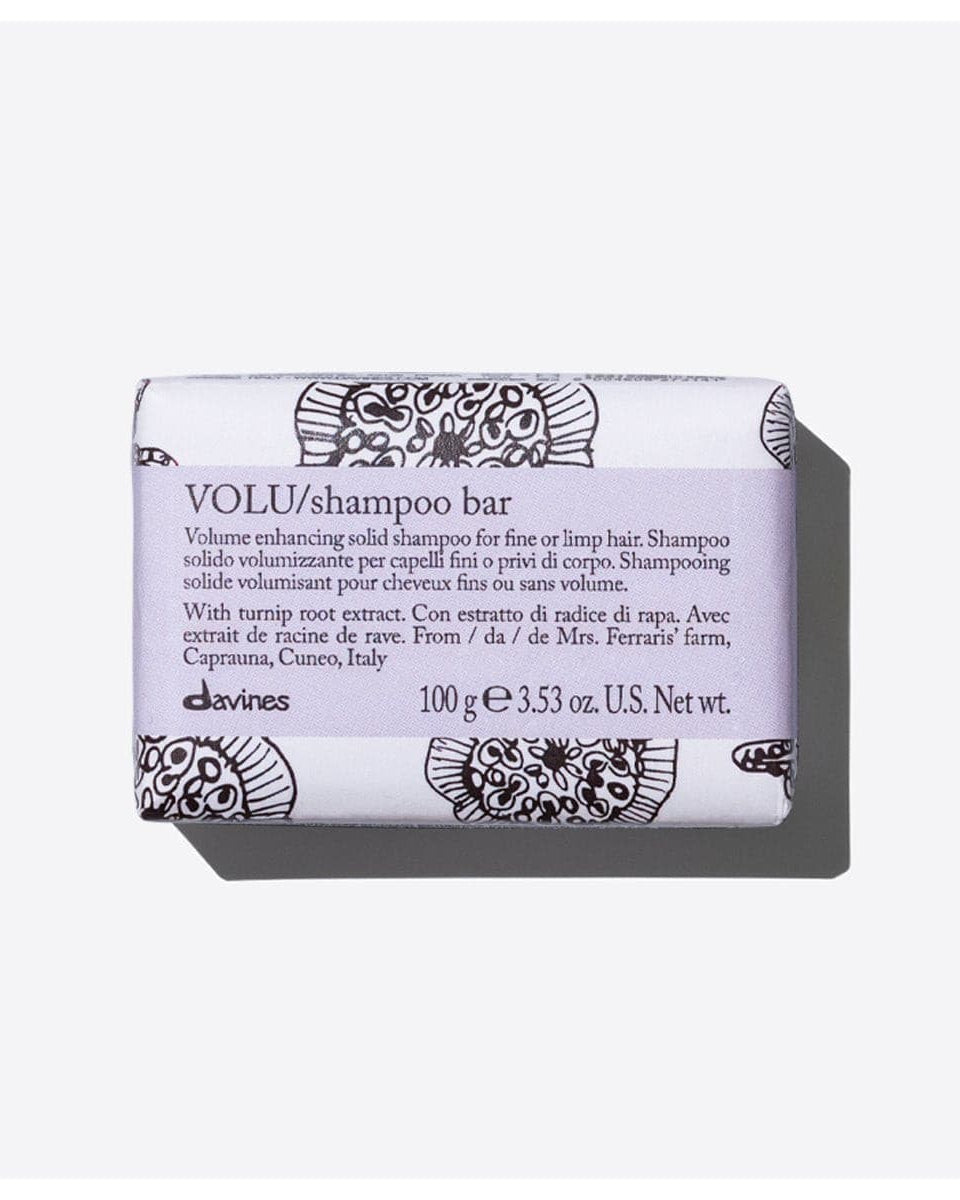
A bit of harsh truth: skipping sun protection can sabotage the rest of your skincare routine and derail results from your other products. While it may not seem like the most dazzling daily product on your bathroom shelf, SPF is easily the most important. Despite this, there remains a lot of confusion about sun protection products and the purpose of SPF in your skincare.
To clear up some of your common questions, we’re here to help. Here’s what you need to know:
UVA vs UVB: What’s the difference?
You probably know that the sun and its ultraviolet rays have a huge impact on the skin’s aging process. (It accounts for over 80 percent!) You may also know that UV exposure is what can alter DNA, increasing your risk of skin cancer. What you may or may not know is that there are different types of UV rays. Spoiler alert: they each have their own damaging effects on the skin. UVA radiation is sometimes also referred to as “the aging rays.” UVA is what penetrates deep within the skin, causing genetic damage and cell death. This is also what weakens collagen and elastin fibers, causing the skin to sag or wrinkle. UVA is present all year round and more prevalent than UVB rays. About 90% of rays from the sun are UVA and these rays can even penetrate glass windows and cloud cover. UVB on the other hand, are known as “the burning rays.” We’re sorry to report that UVB isn’t any better than UVA. UVB rays are what cause the skin to tan, burn or pigment but also what can cause skin cancer. The shorter UVB wavelengths don’t penetrate the tissue as deeply as UVA, however they are stronger and have the potential to cause even more damage. Your best line of defense against all of these UV-induced maladies? Why, SPF of course!
What exactly does SPF do?
Sun protection factor, otherwise known as SPF refers to the ability of a product to prevent visible signs of sun damage such as redness or a sunburn. Sounds great right? Not so fast. Something that’s important to note here is that SPF numbers are based entirely on protection against UVB and not UVA. It’s also not an exact science, since factors like environment, skin type and the way the product is applied can impact its efficacy. Unfortunately, experts say that UVA exposure can actually be greater when wearing sunscreen because it masks visible signs of sun damage - your body’s built in red alert that you’ve been exposed to too much UV. For this reason, it’s super important to look for sunscreens that offer broad spectrum coverage, meaning protection from both UVB and UVA rays.
How to properly protect your skin
If all of this information has your head spinning a bit, don’t worry. We’ve got a few tips to help you choose the right sun protection and ensure that you are well-protected.
1. Invest in a quality sunscreen When it comes to splurging on skincare, your SPF is one product you don’t want to go cheap on. Loose regulations allow inexpensive sunscreens to remain on the market but these brands often don’t provide adequate broad spectrum protection. Look for products that protect against both UVA and UVB, alongside high-quality, skin-friendly ingredients.
2. Don’t be shy with coverage A common mistake many people make when applying sunscreen is using too little product. Be sure to apply a generous amount covering your entire face, neck, the backs of the hands and any other skin that is not protected from the sun by clothing.
3. Wear it everyday and reapply often For best results using an SPF product, it’s also critical to reapply. Regardless of the sun protection factor number, a good rule of thumb is to reapply every two hours any time you will be exposed to UV.
SPF should be worn year round, regardless of the weather. It is still very possible to acquire sun damage, even on cold or cloudy days. Finding the right SPF can be challenging but with a little dedication and commitment, you’re sure to find a product you love and save your skin from years of unnecessary stress.

